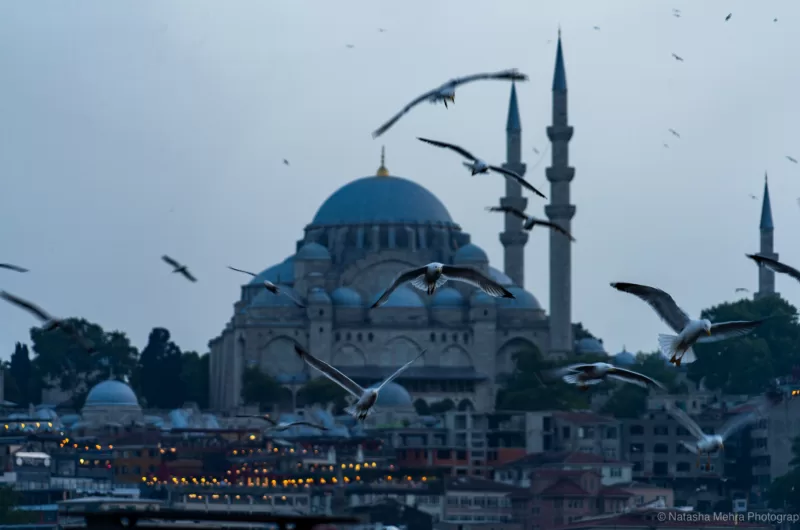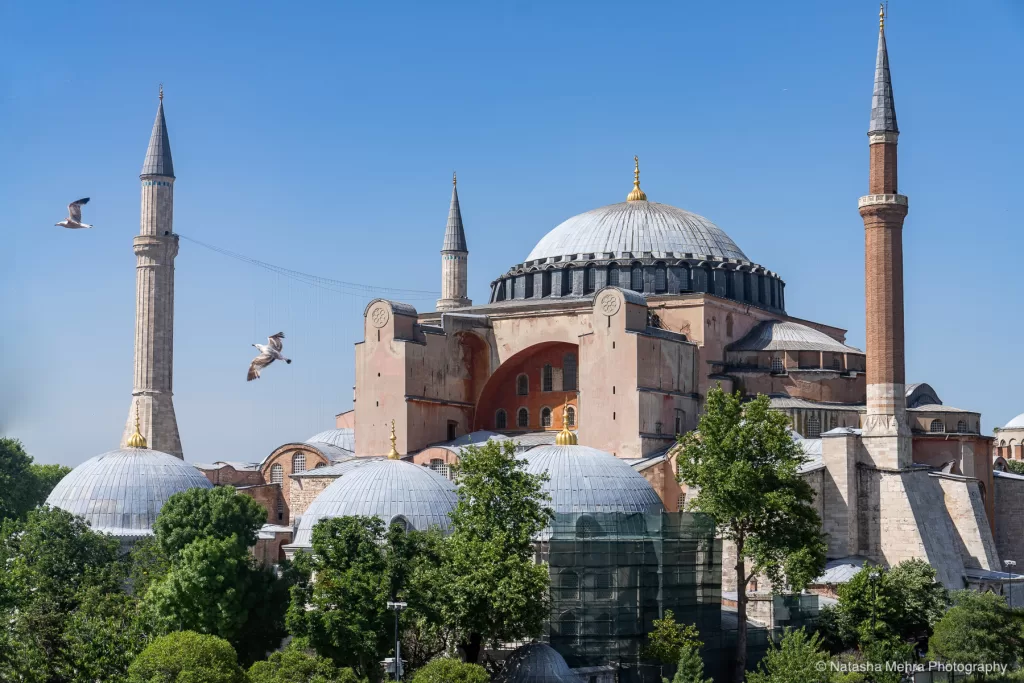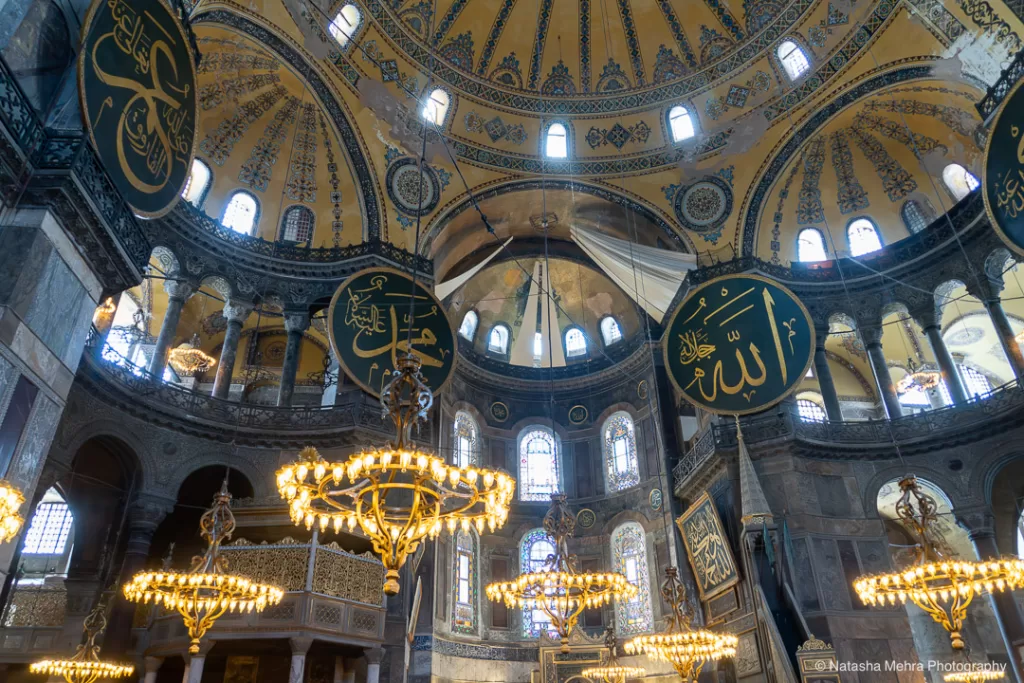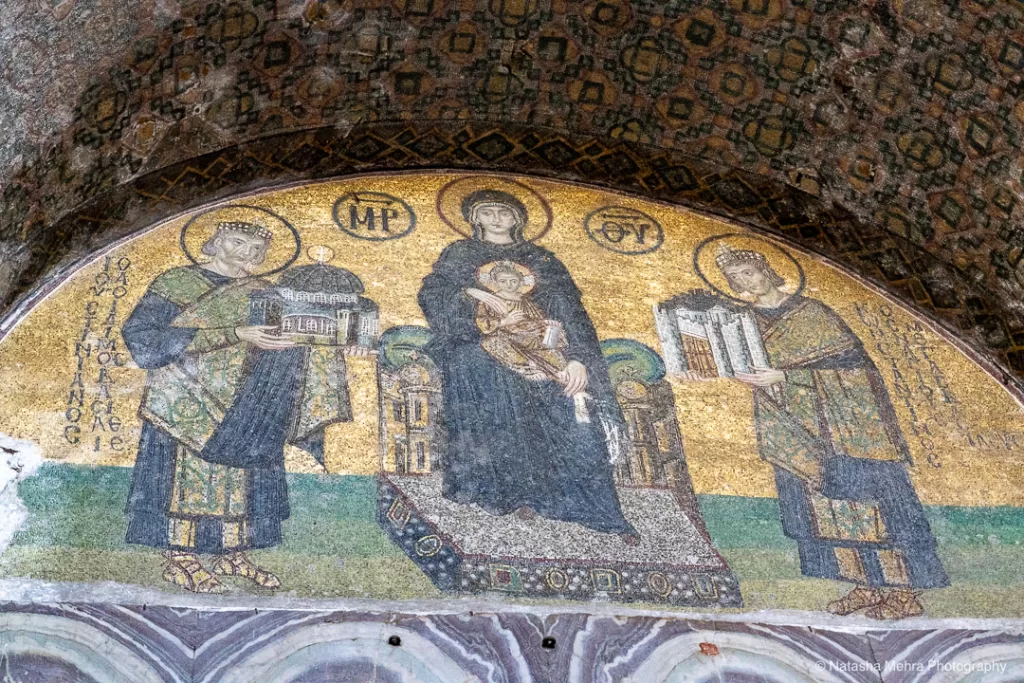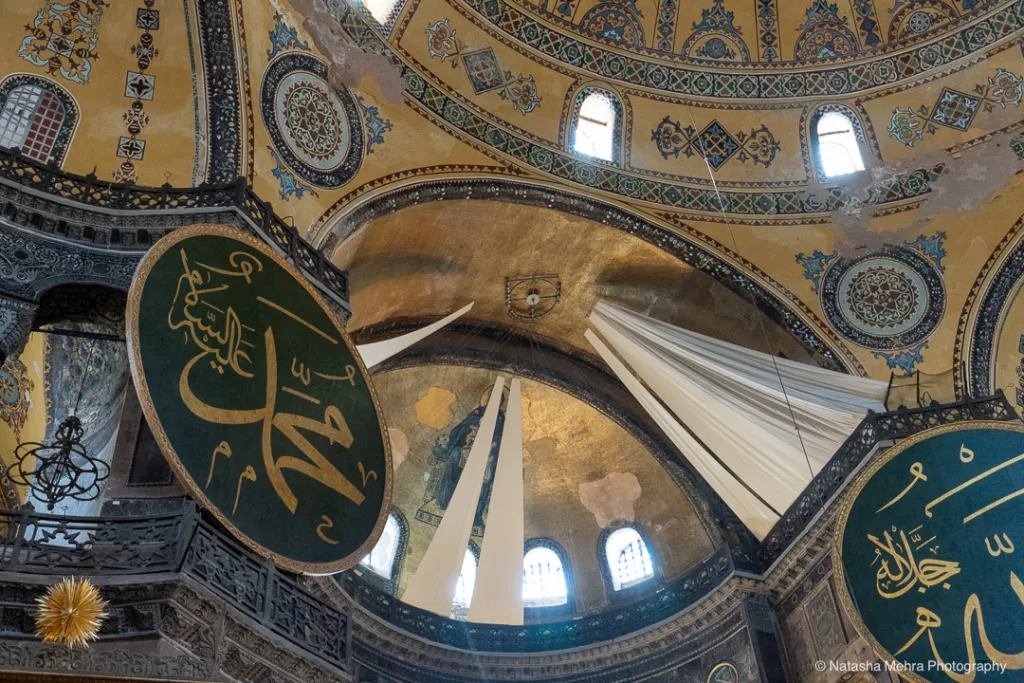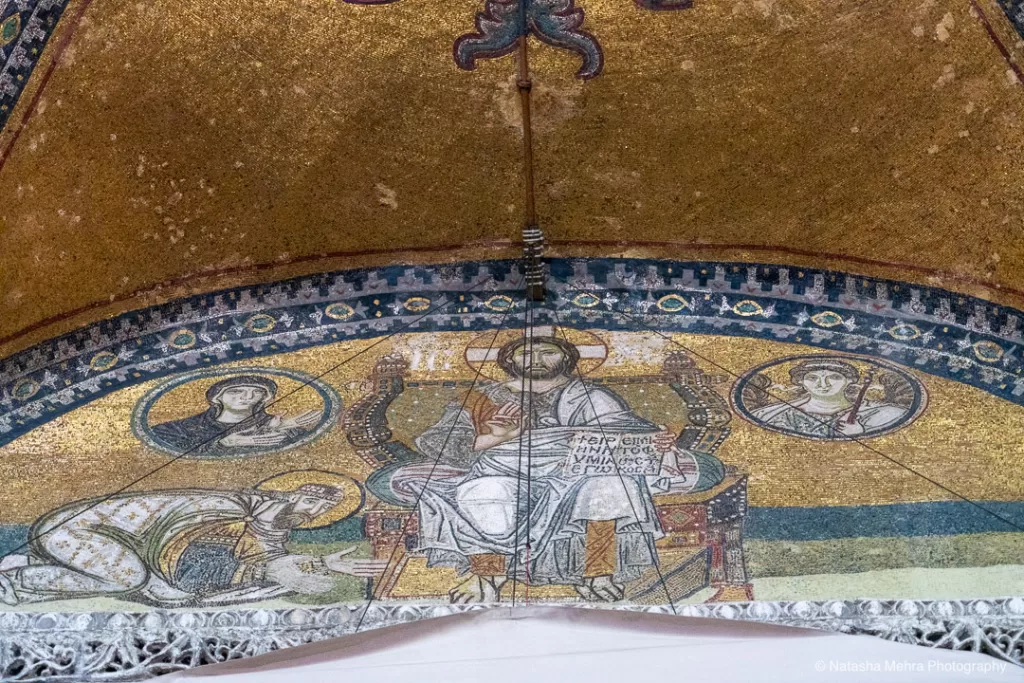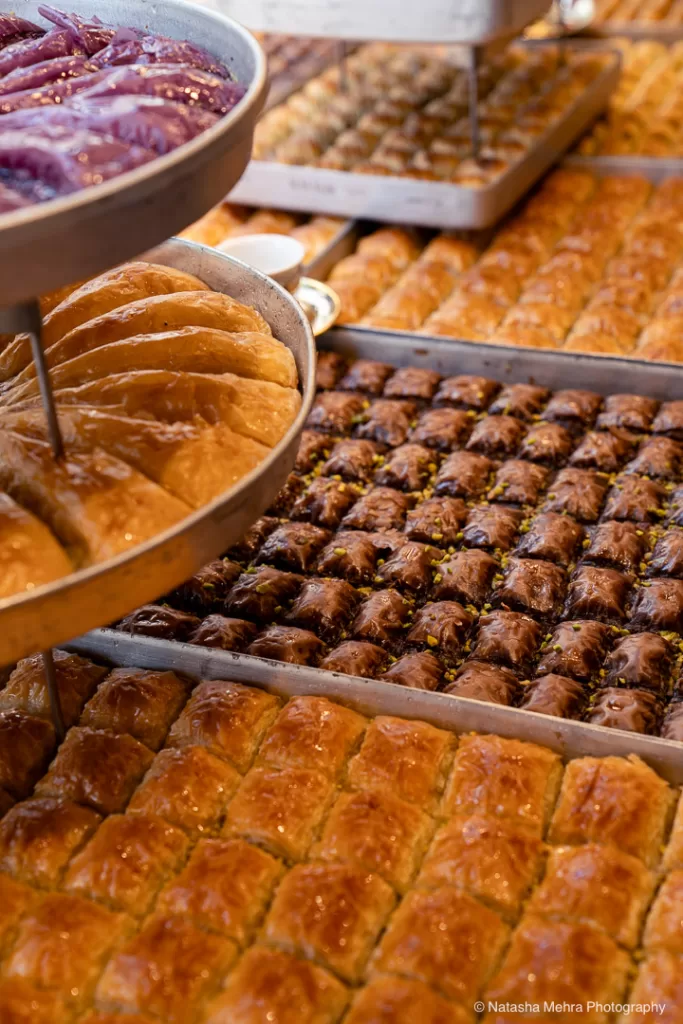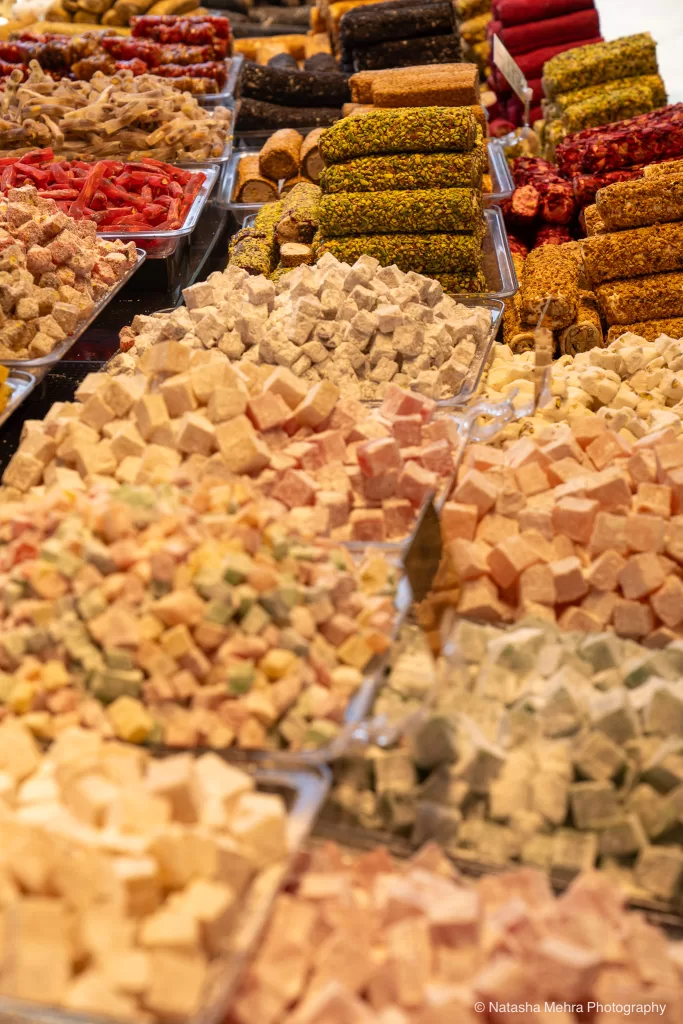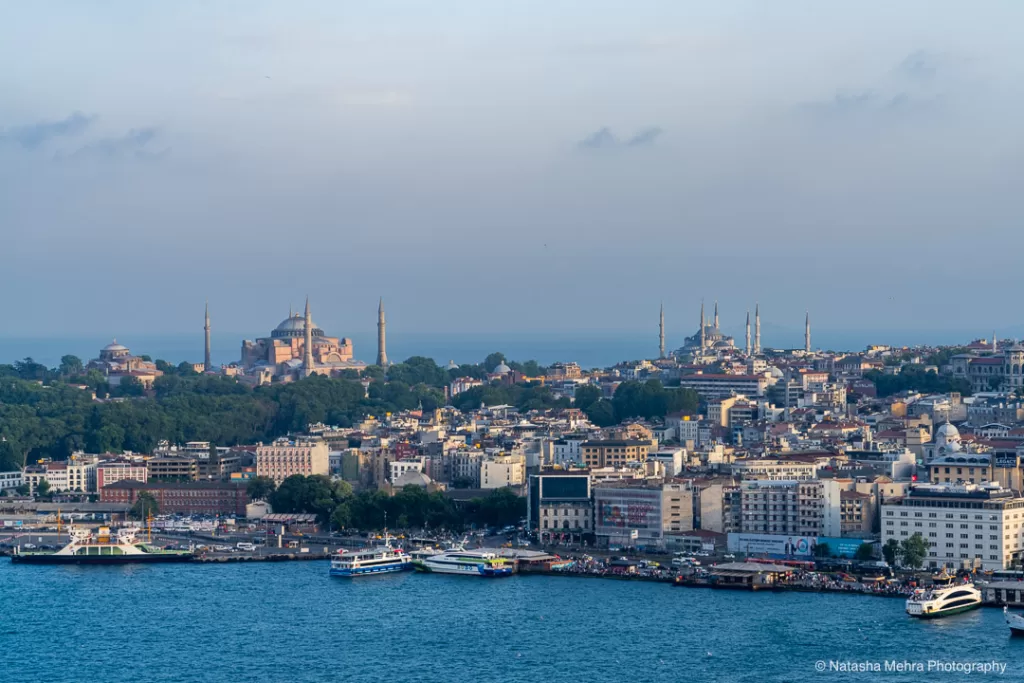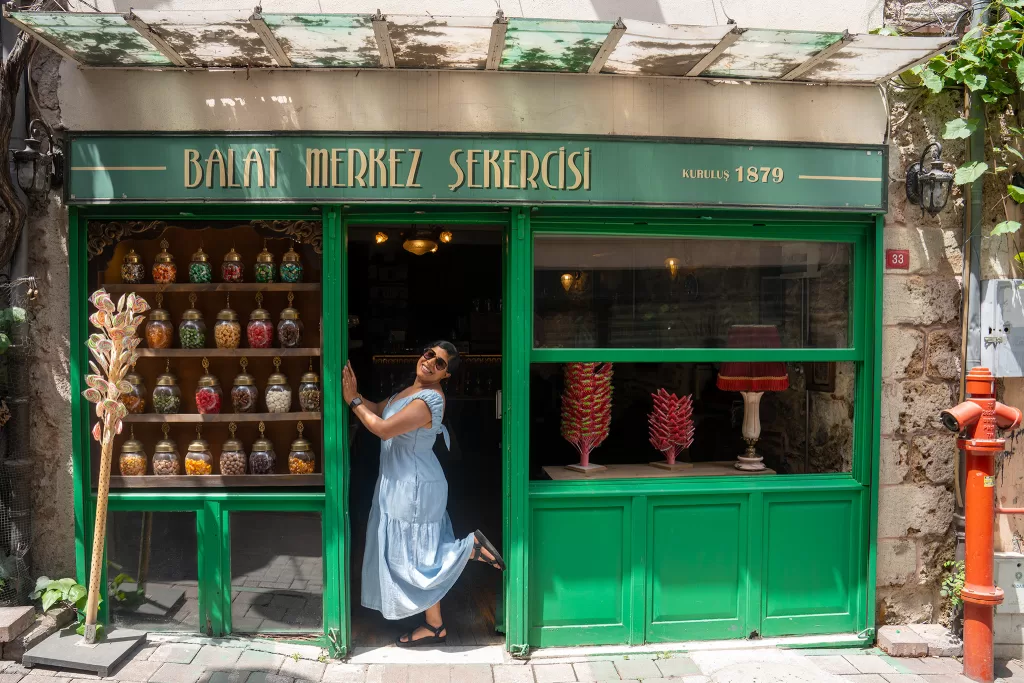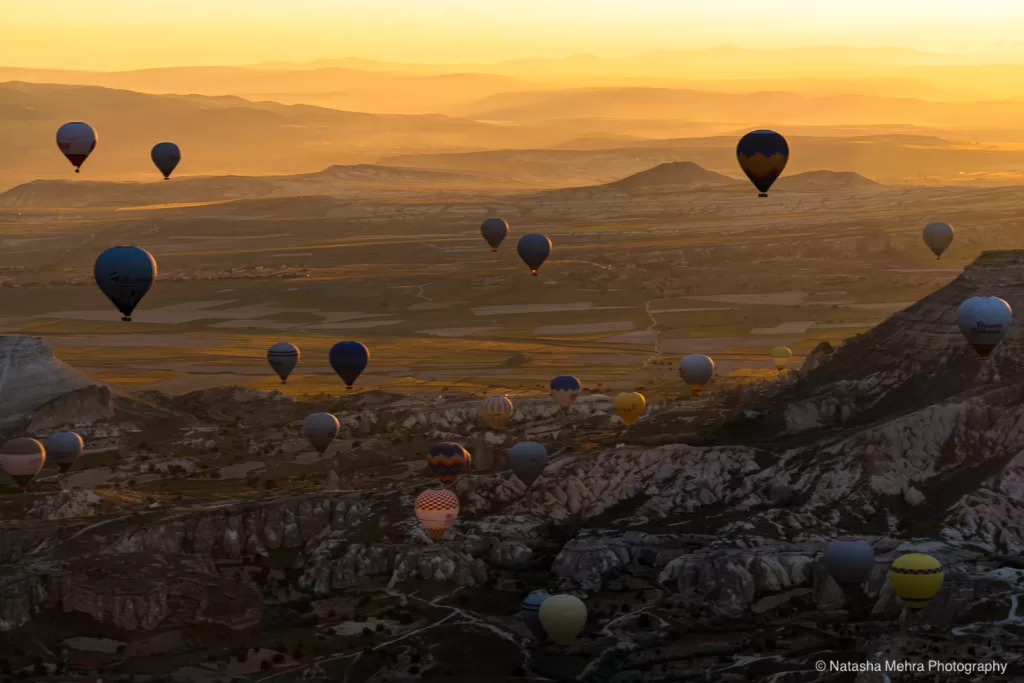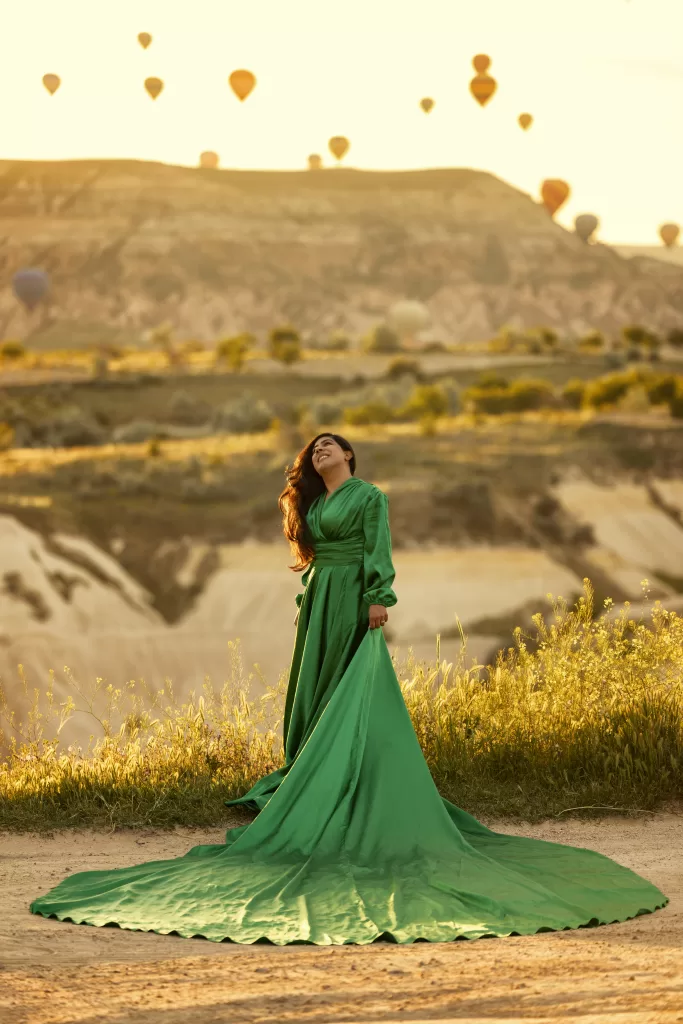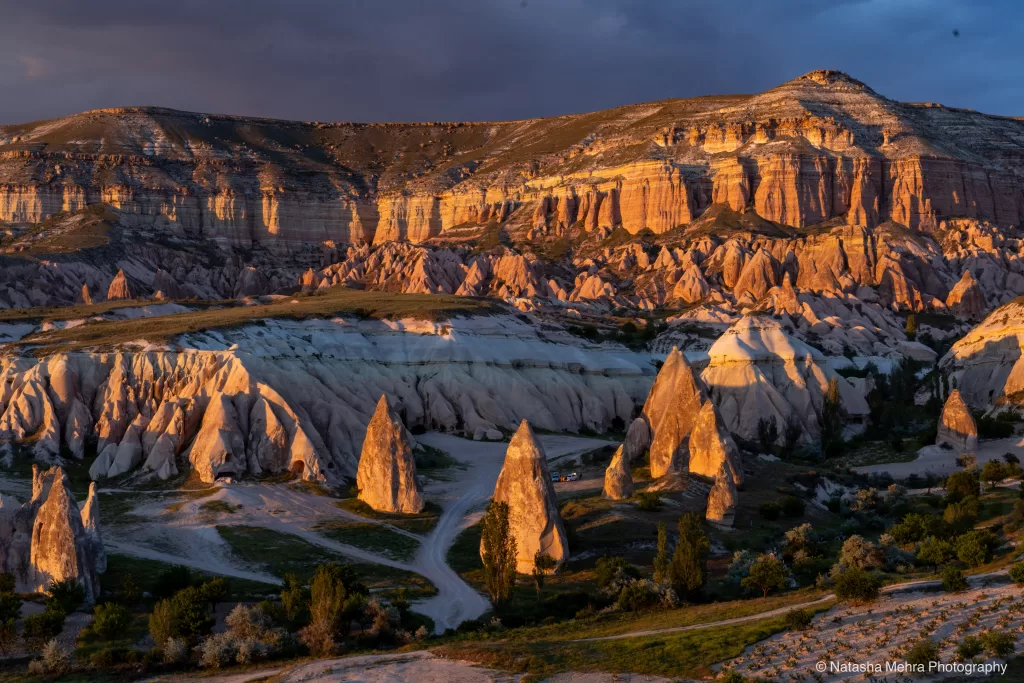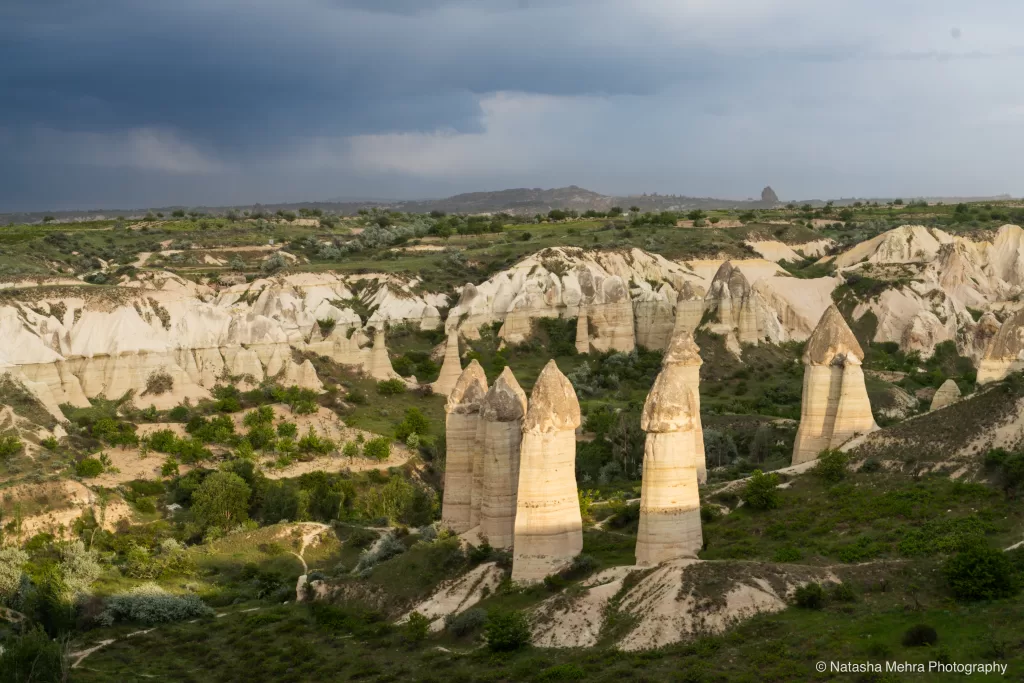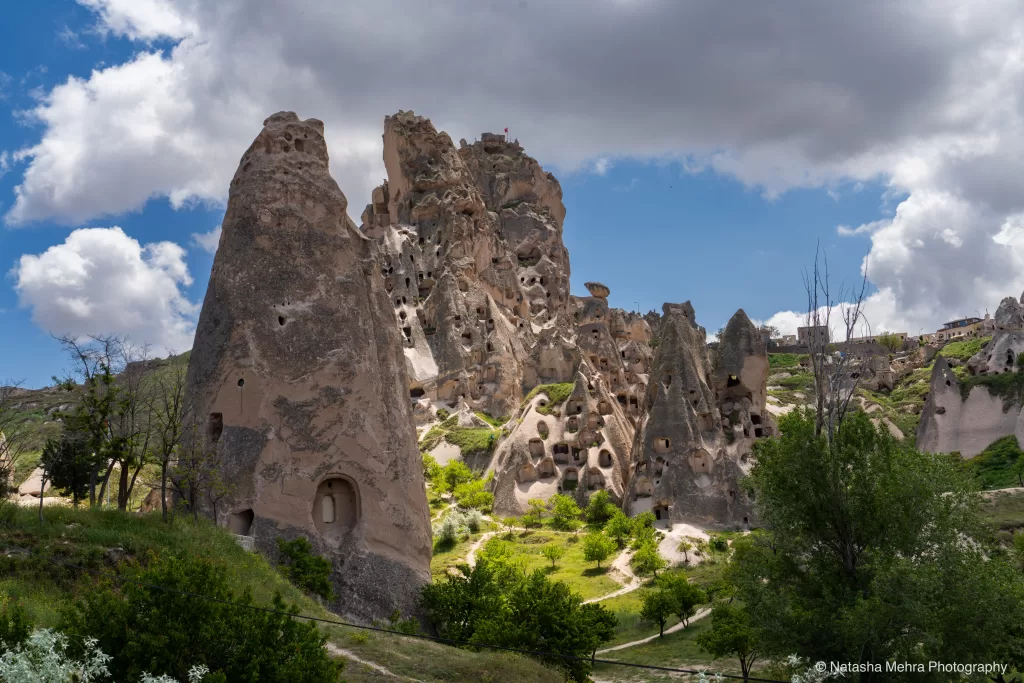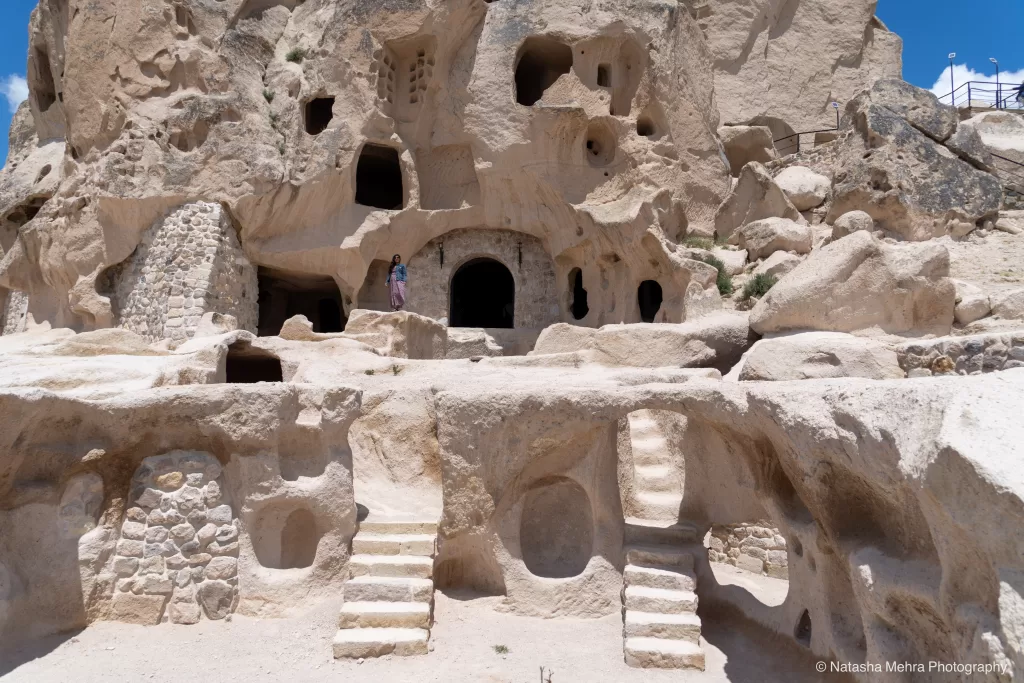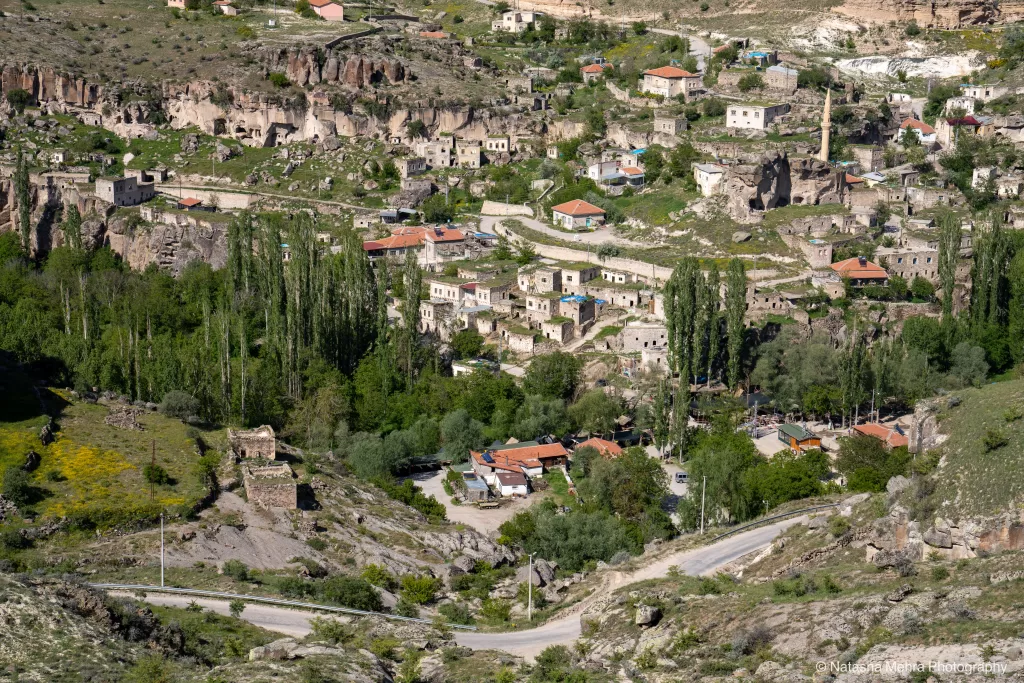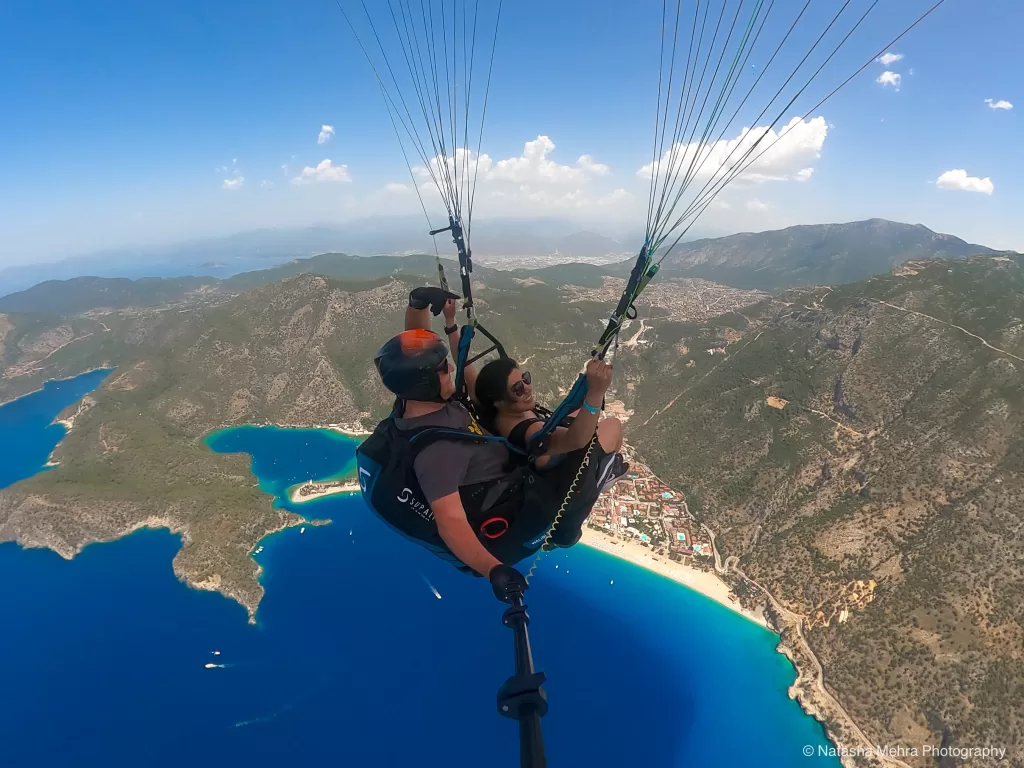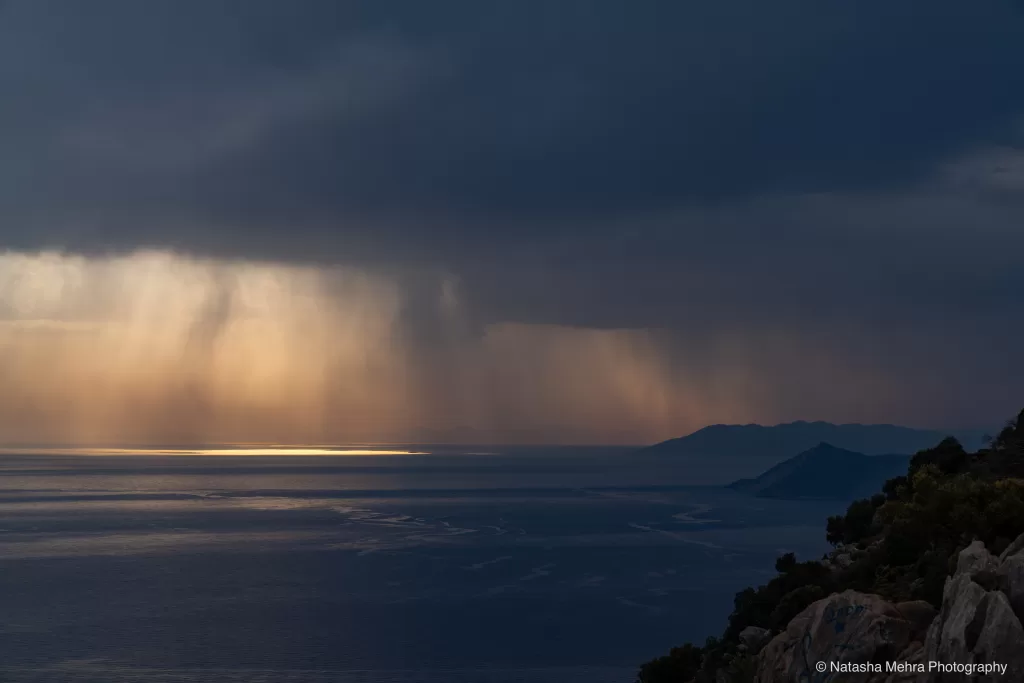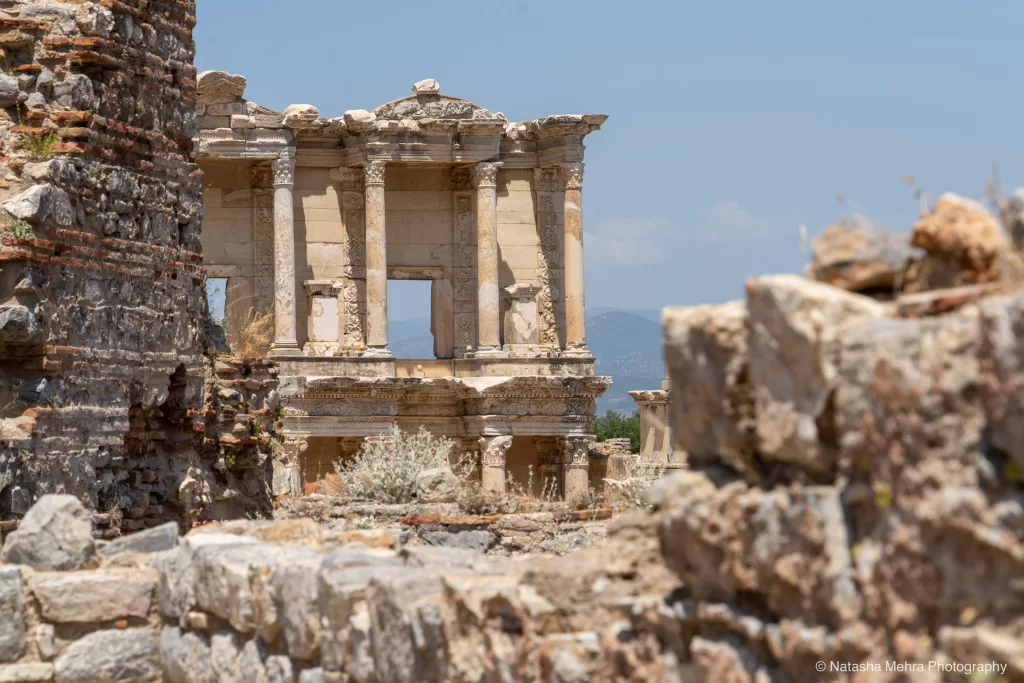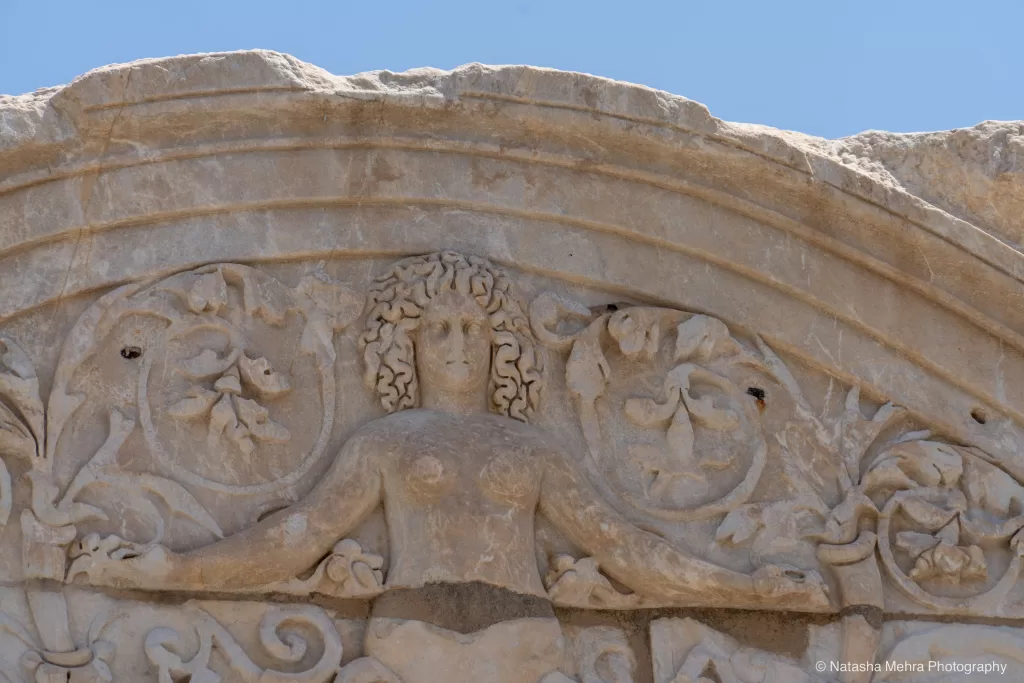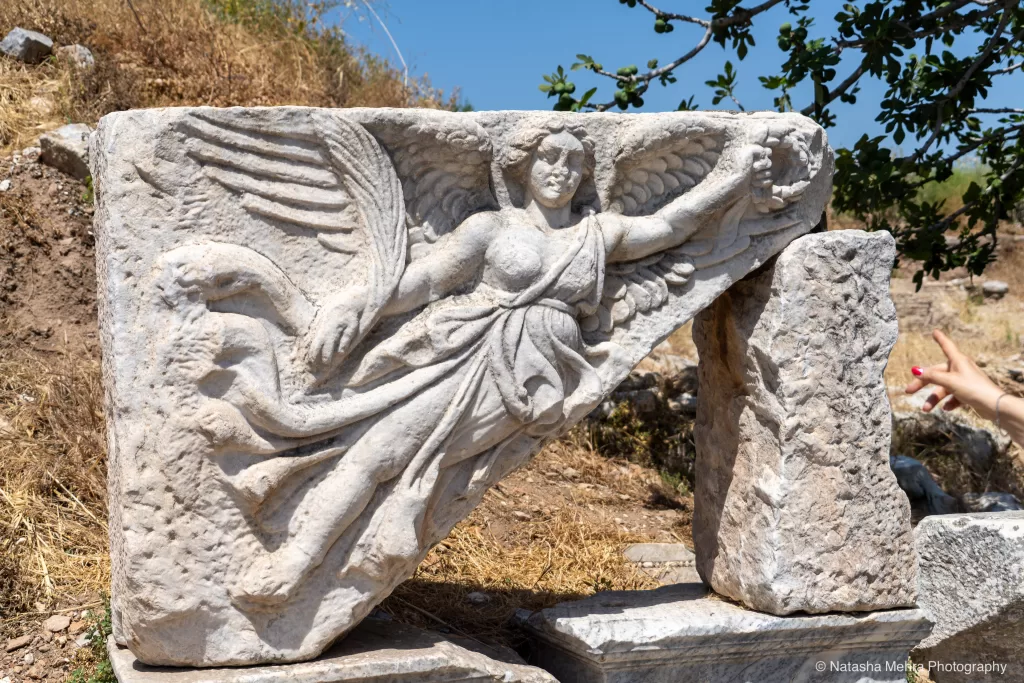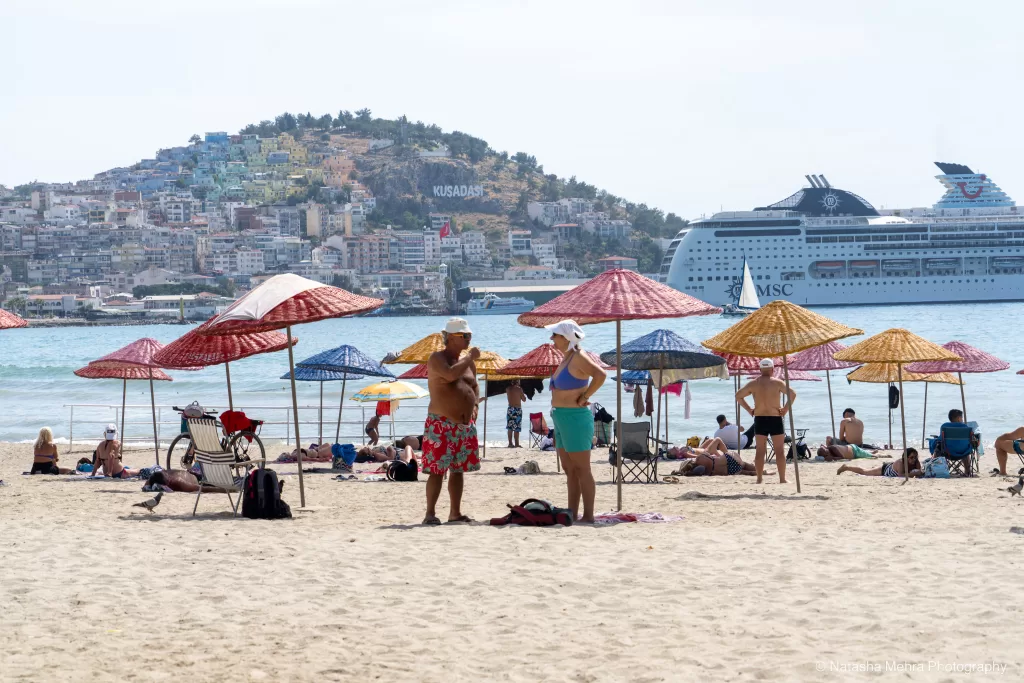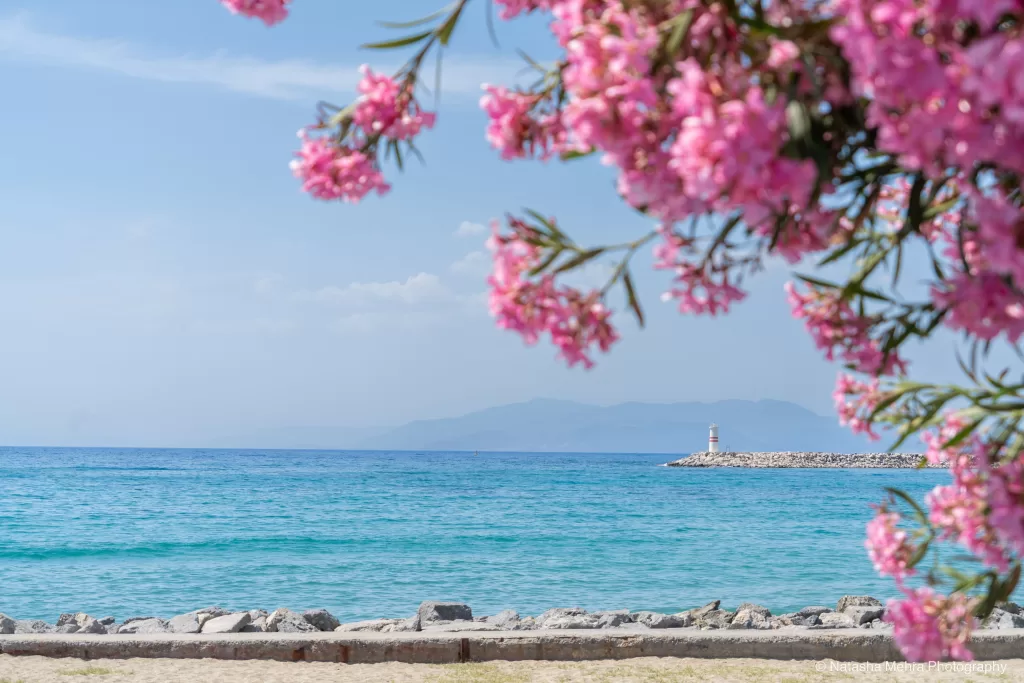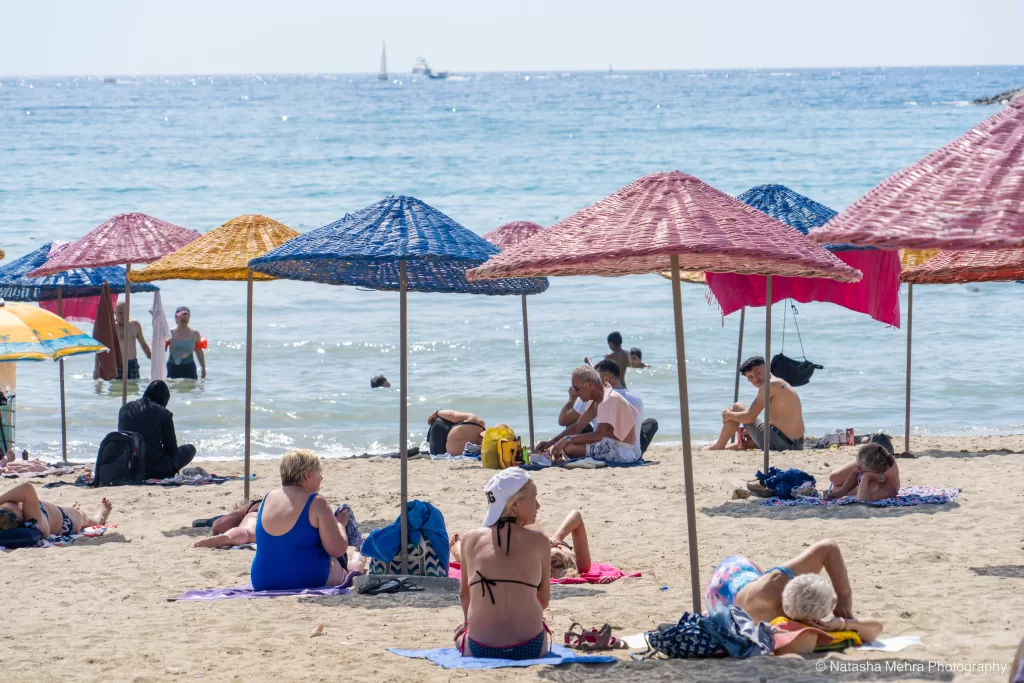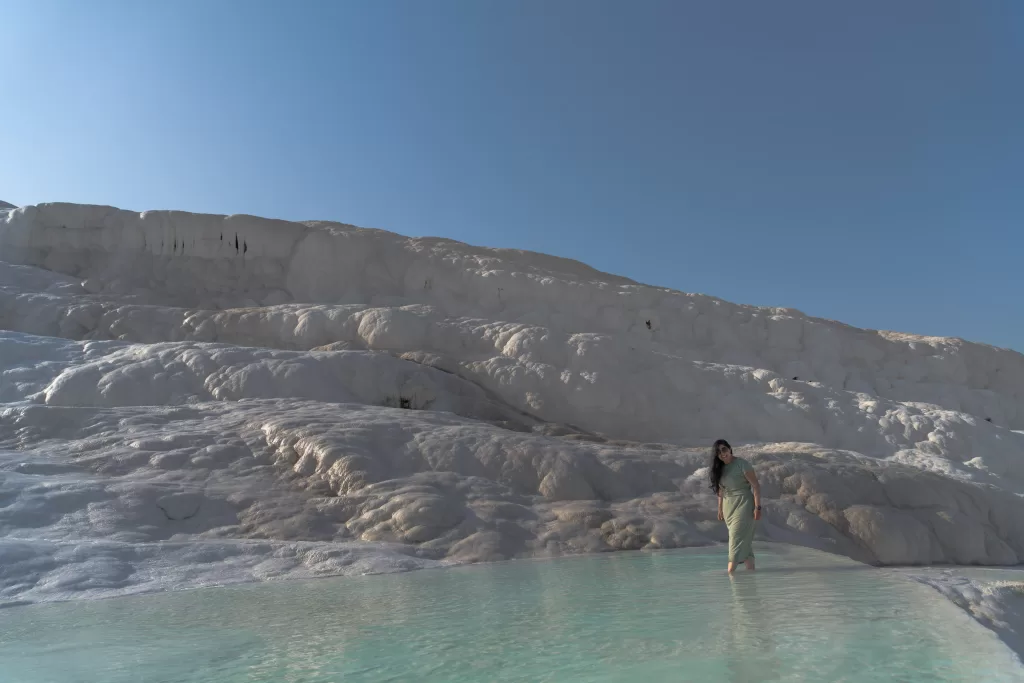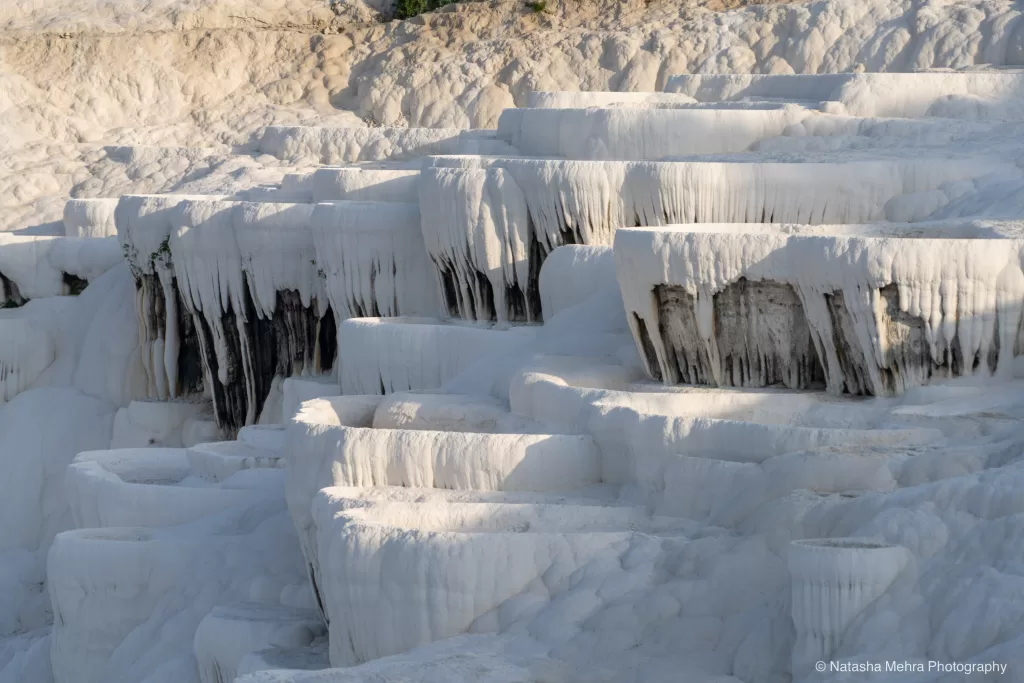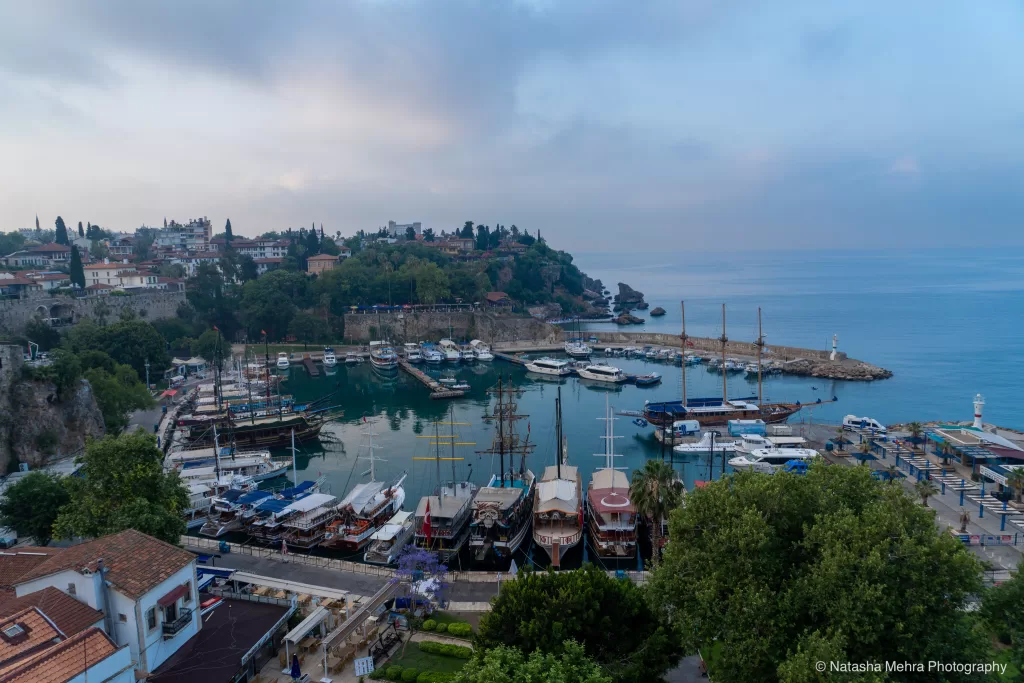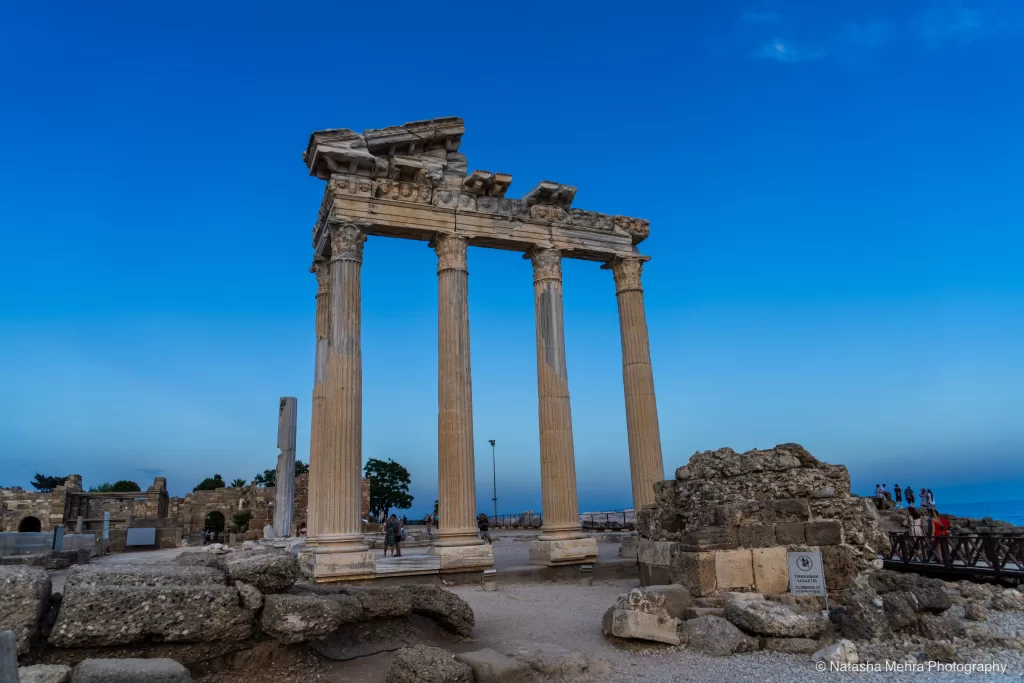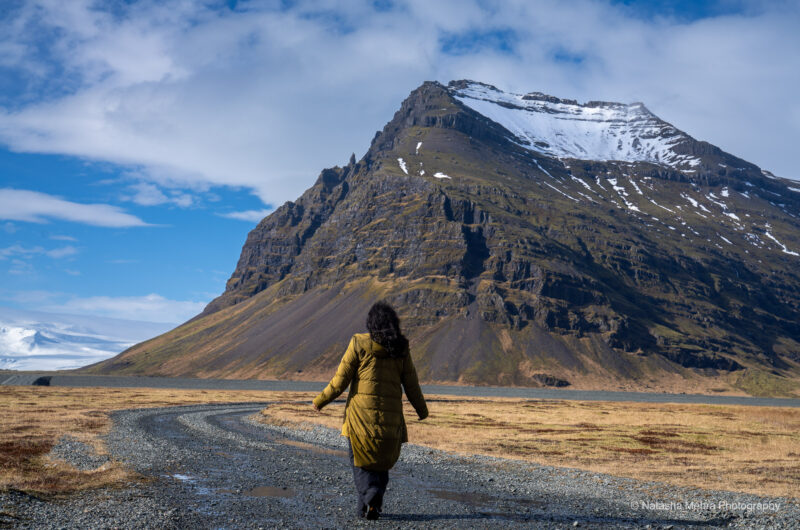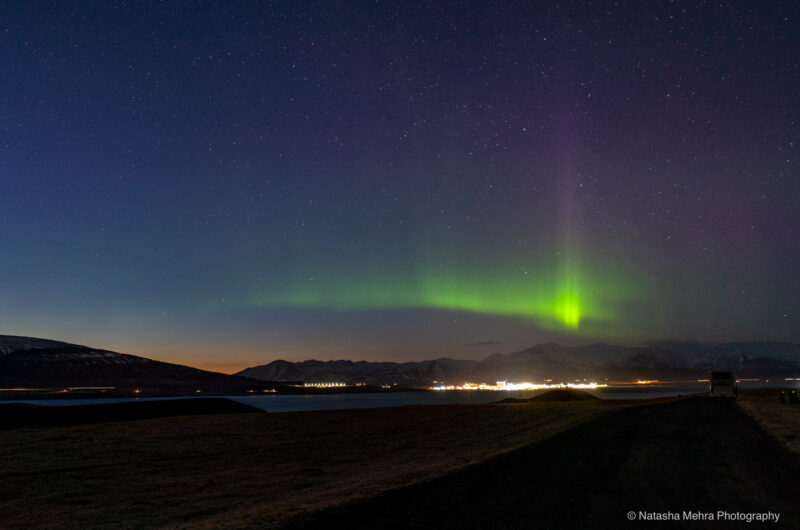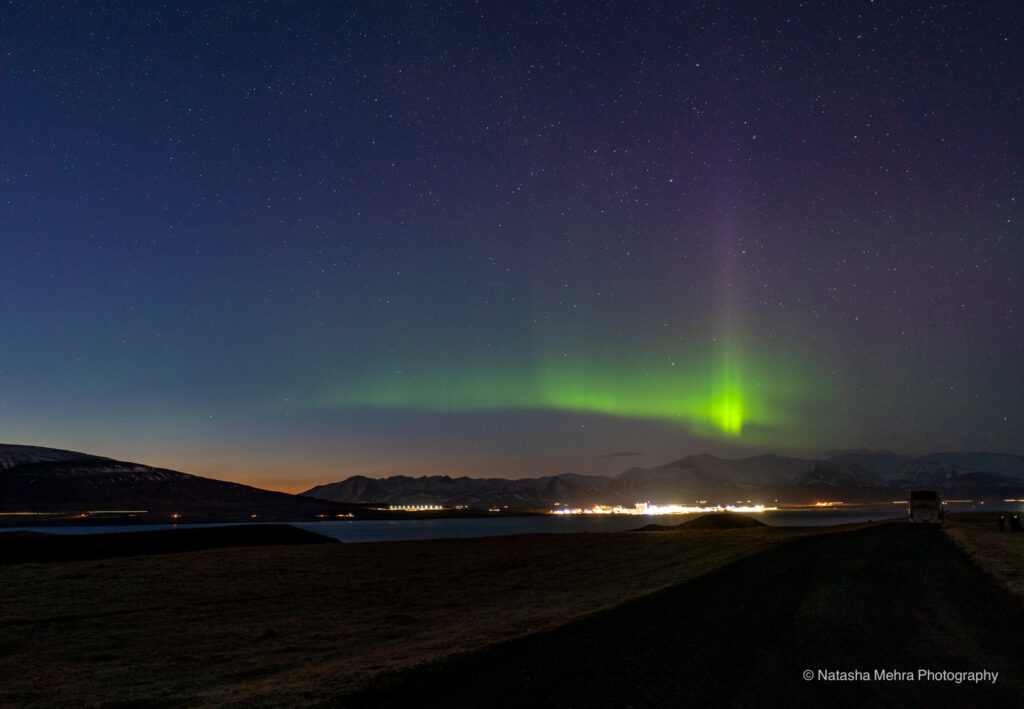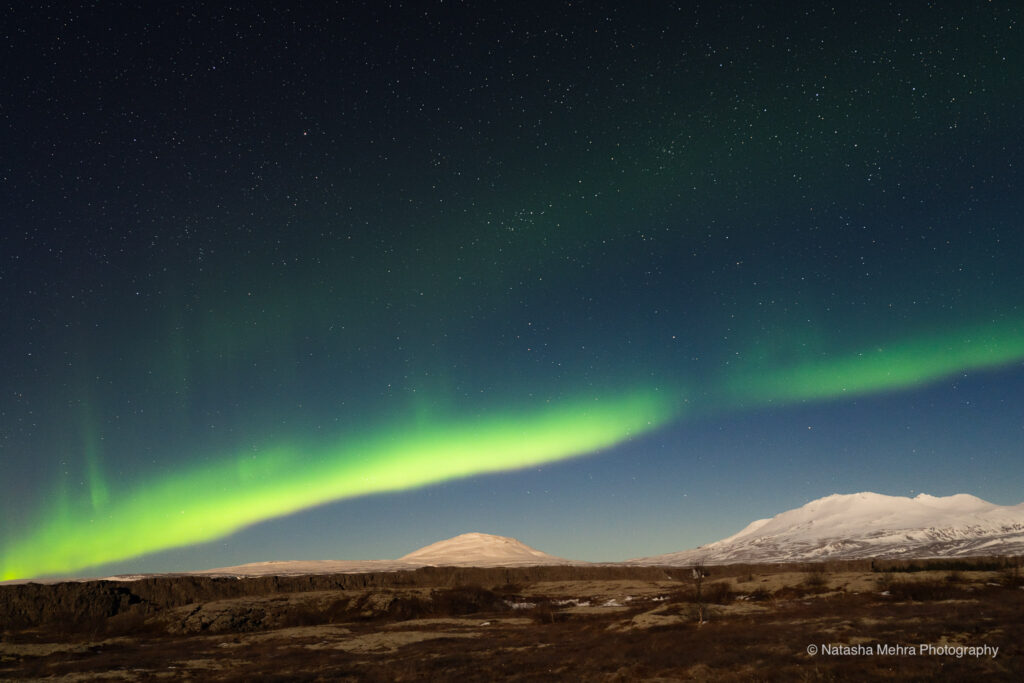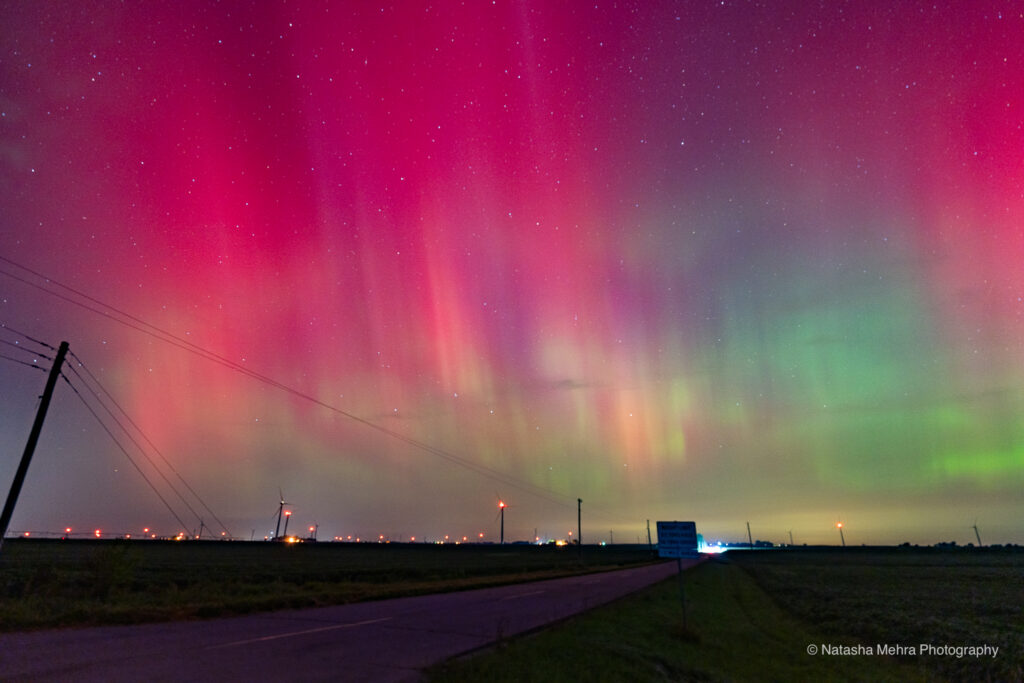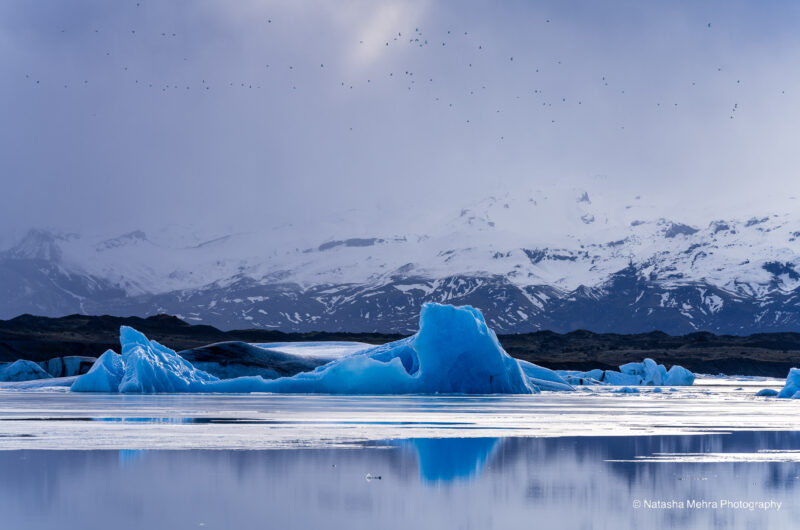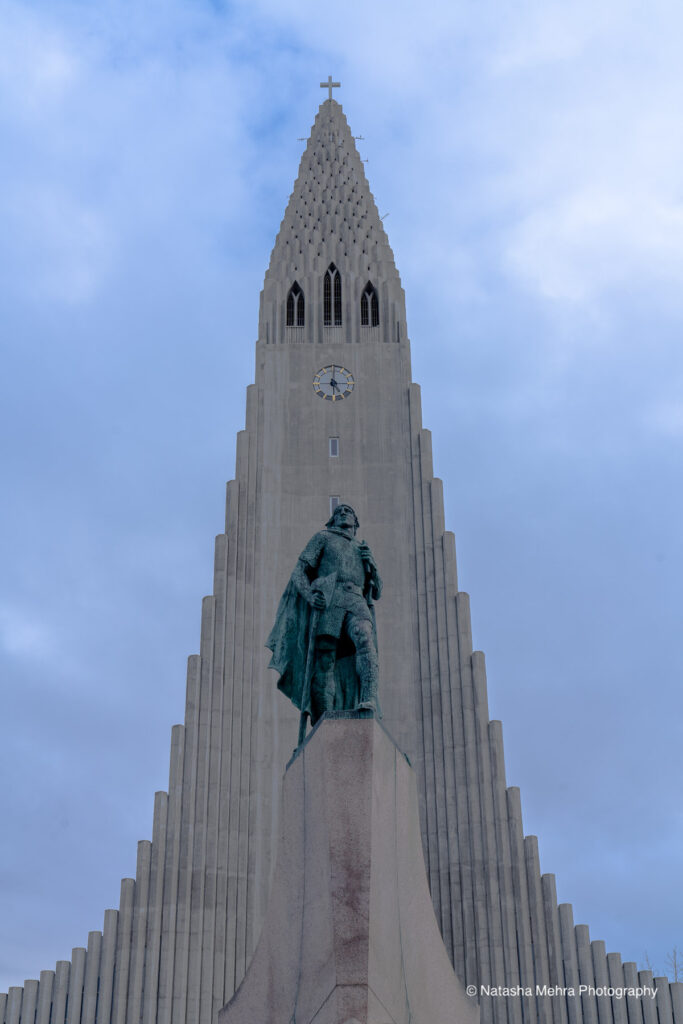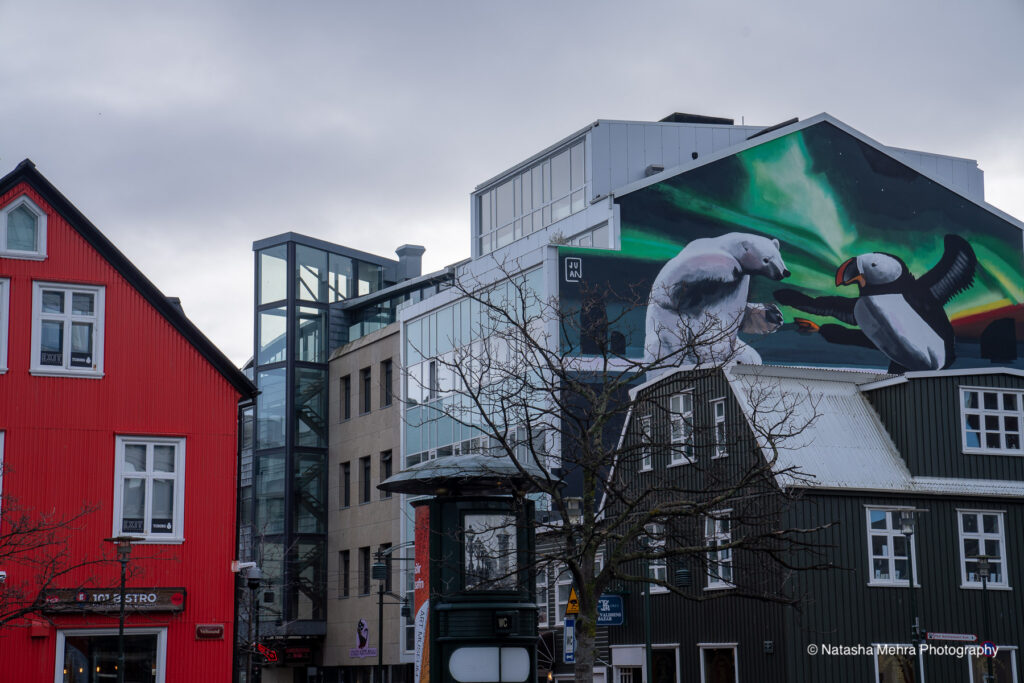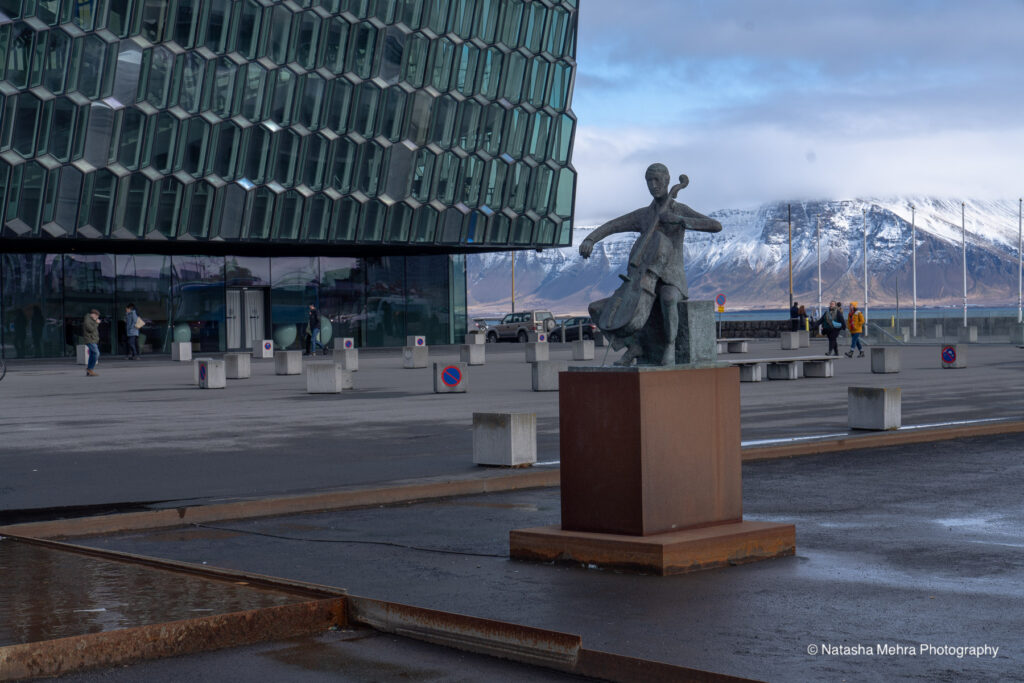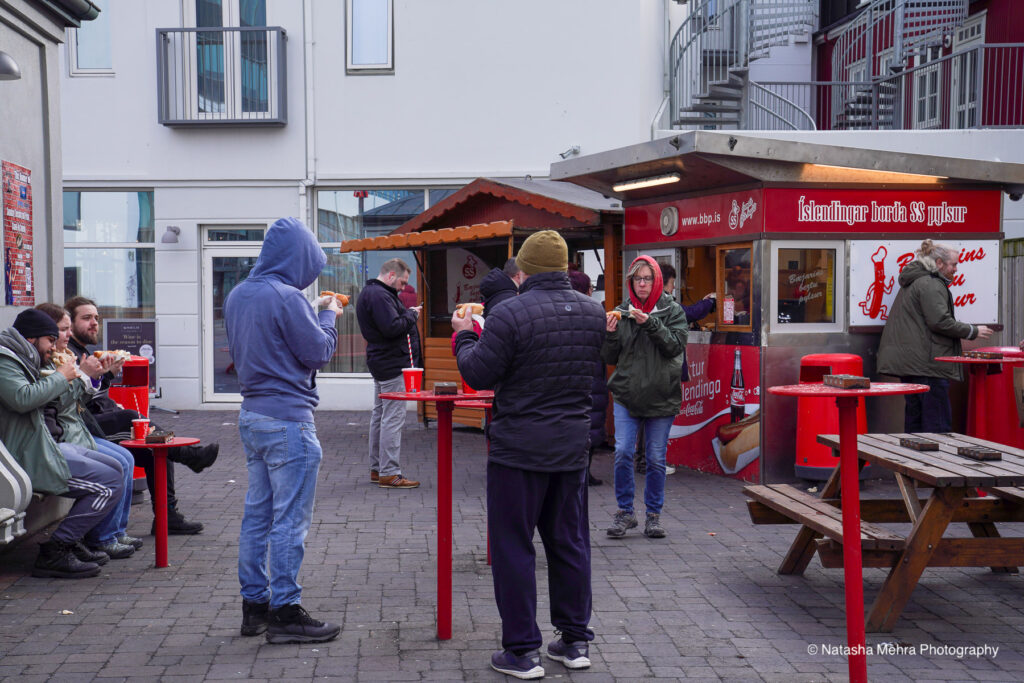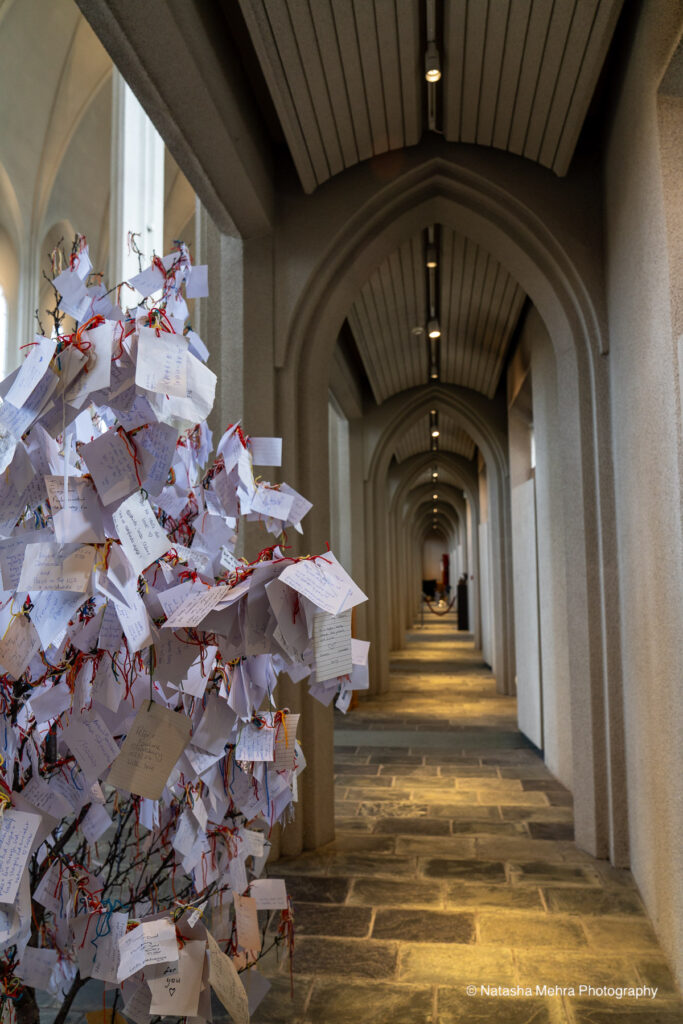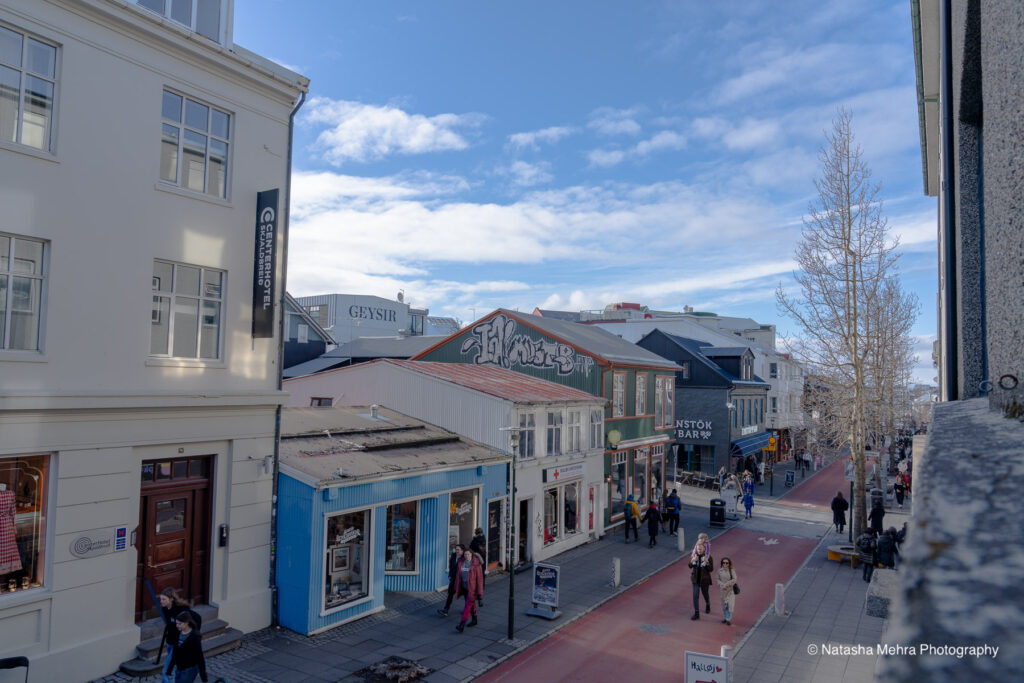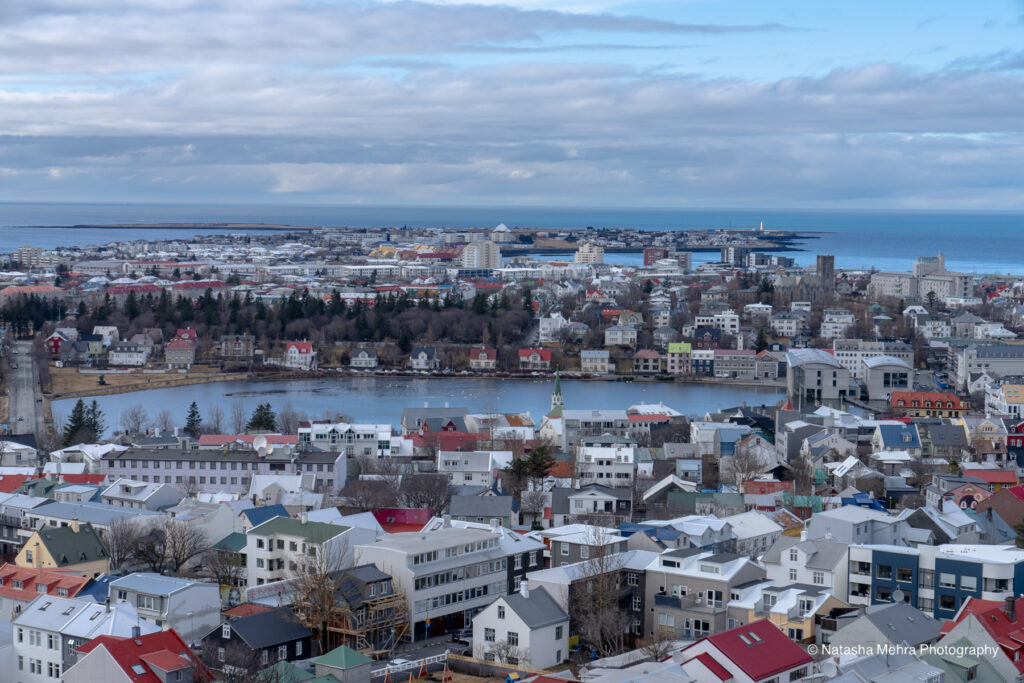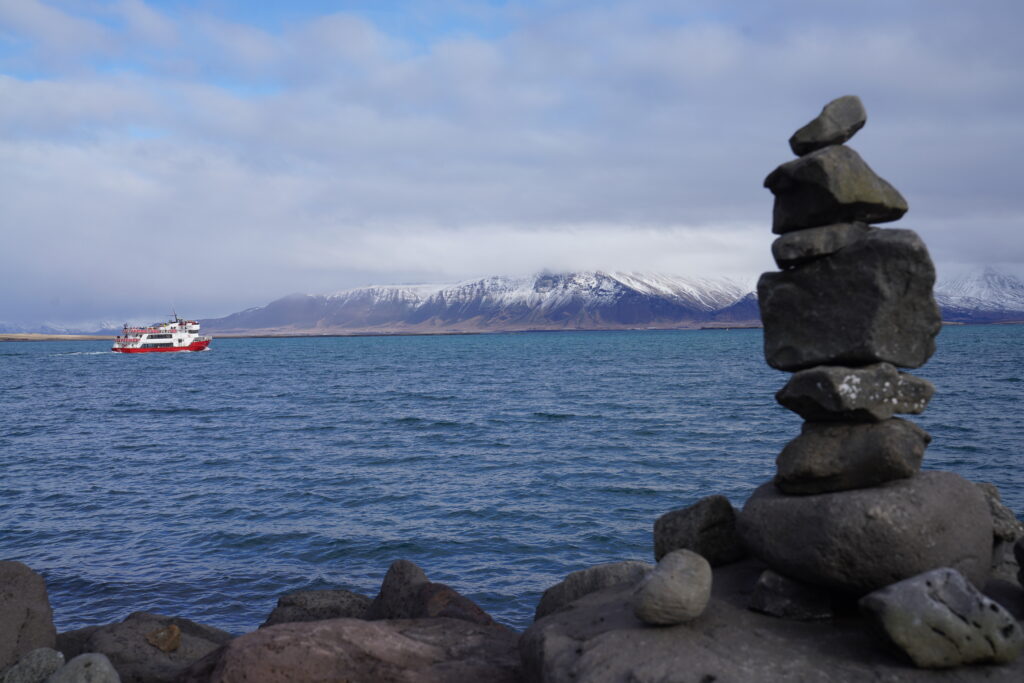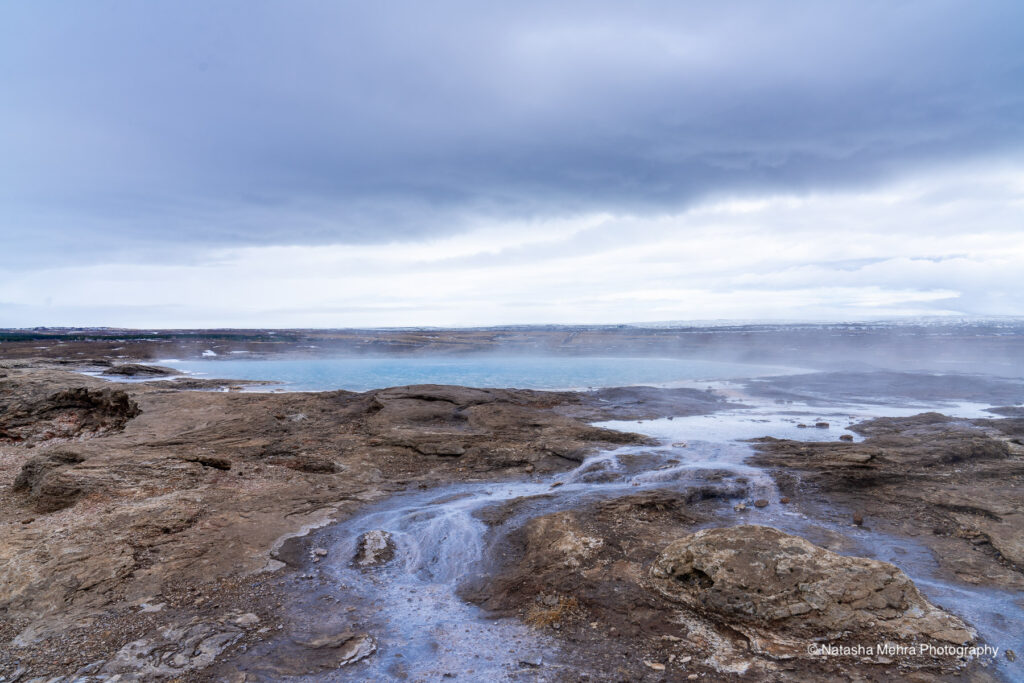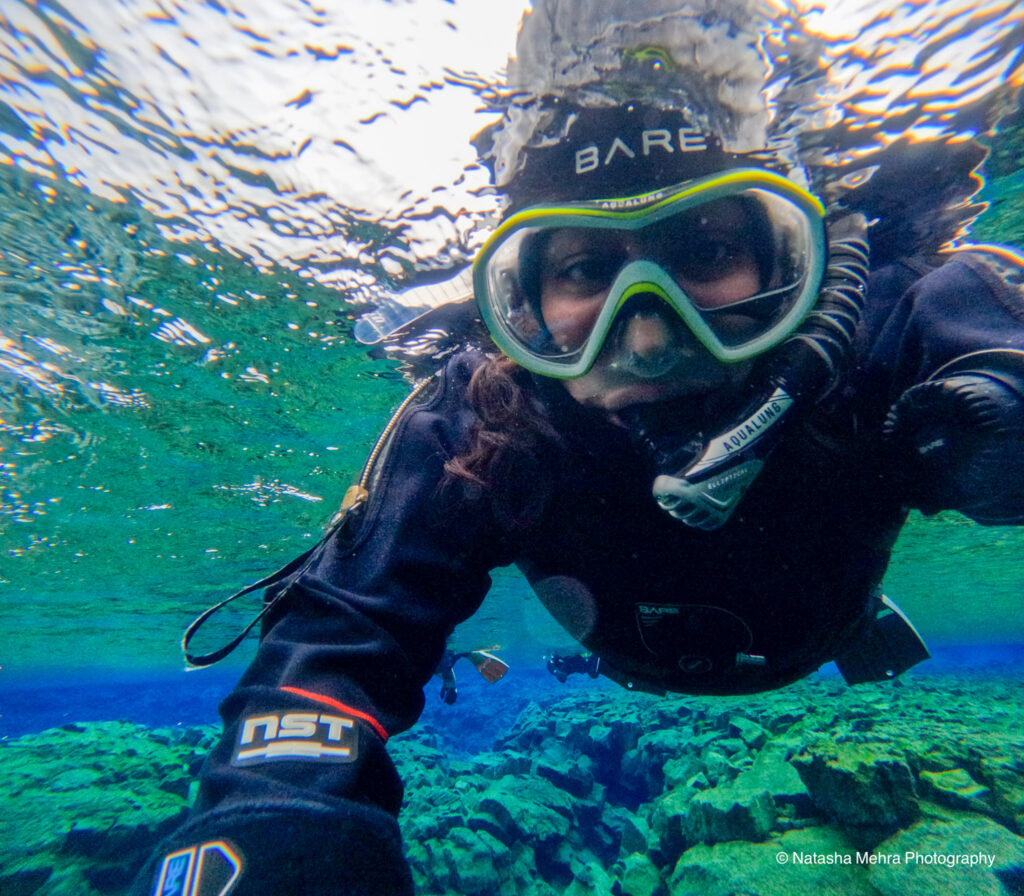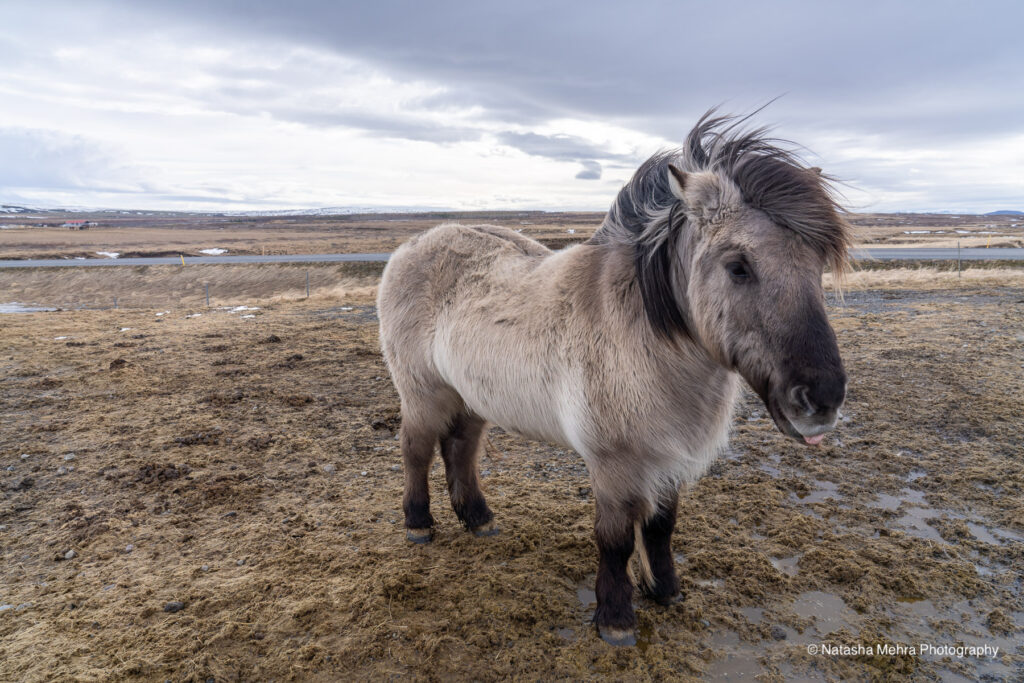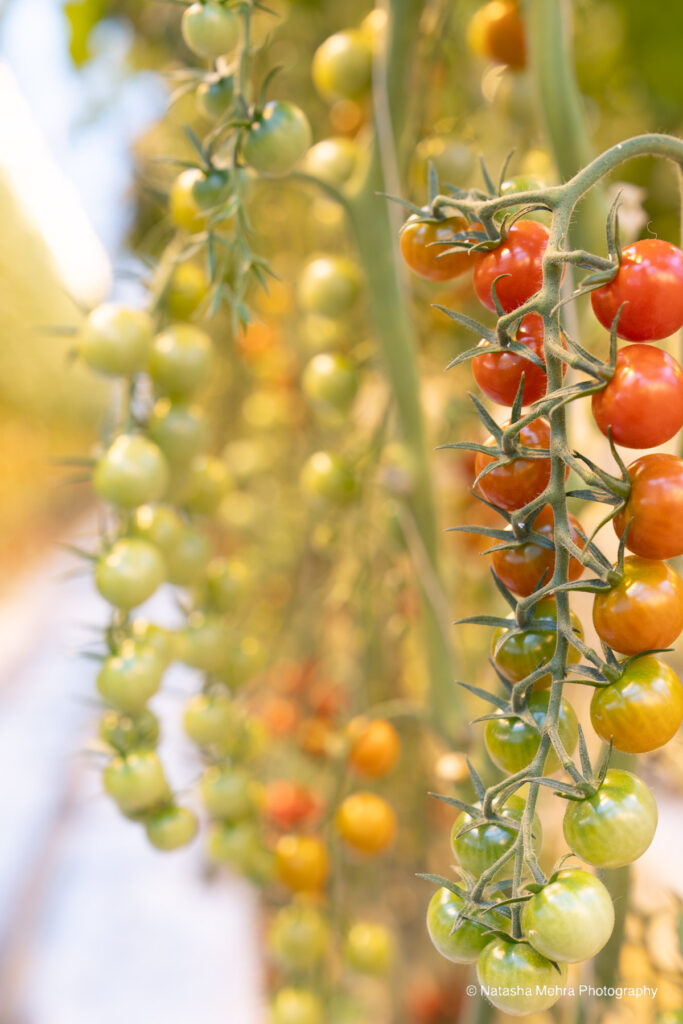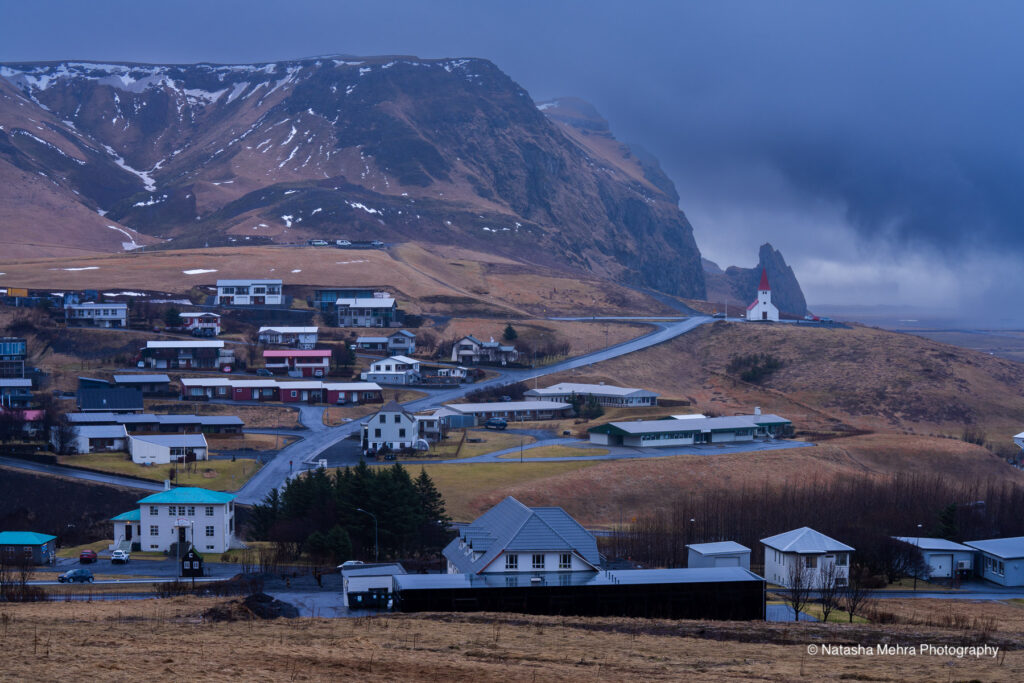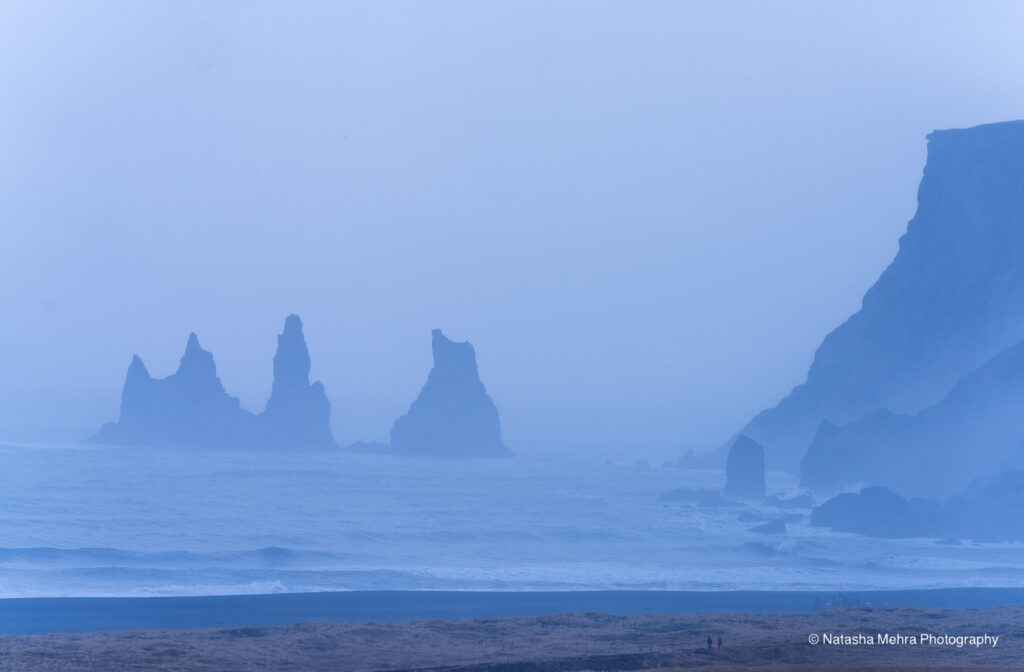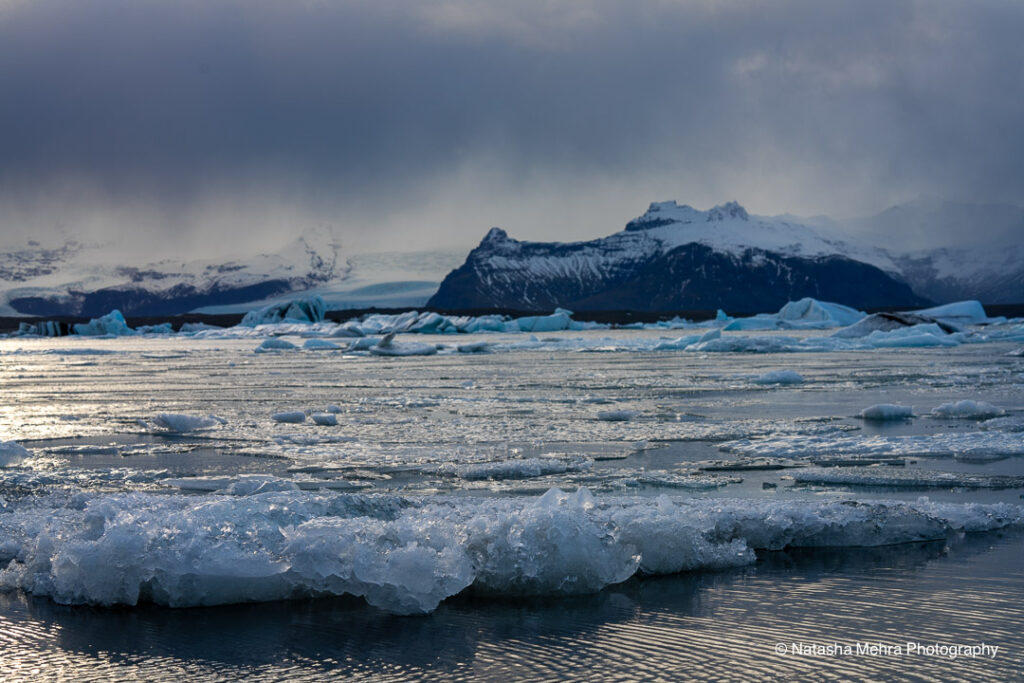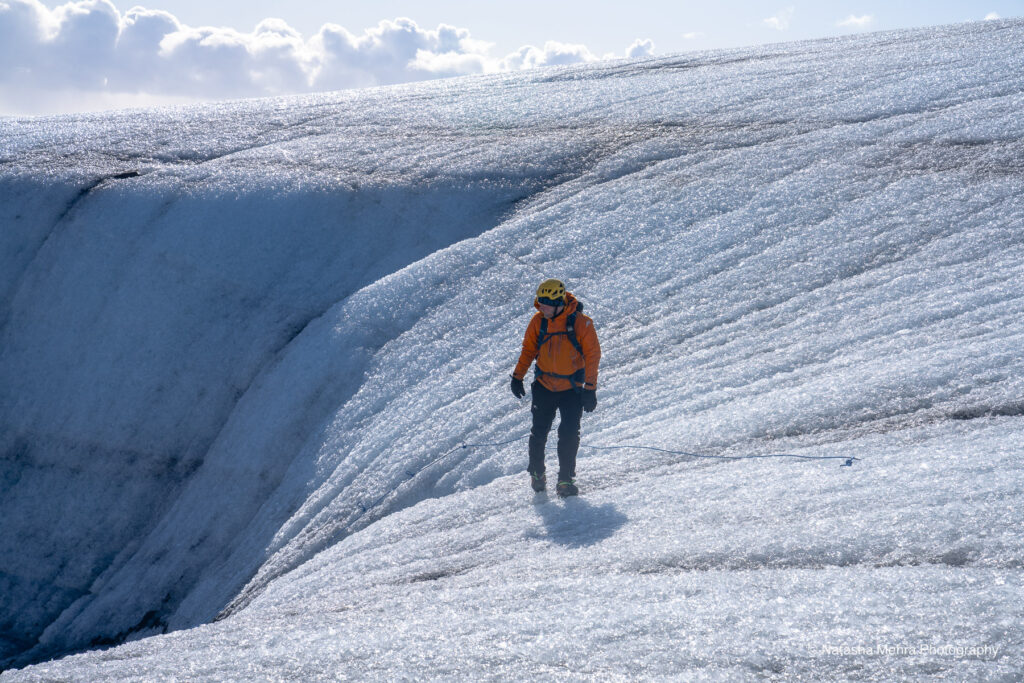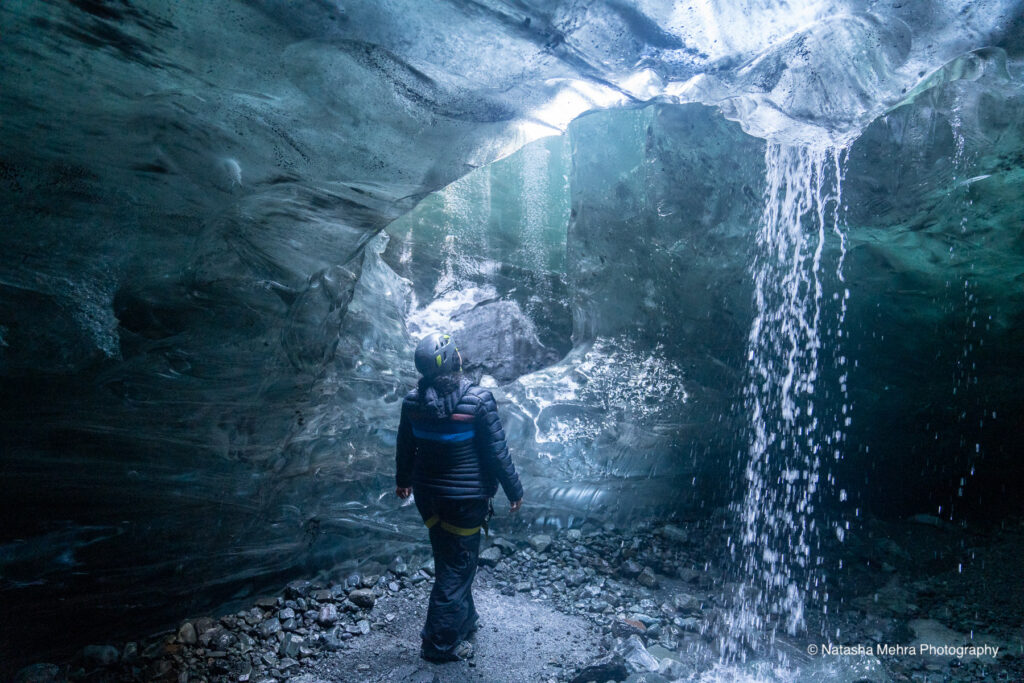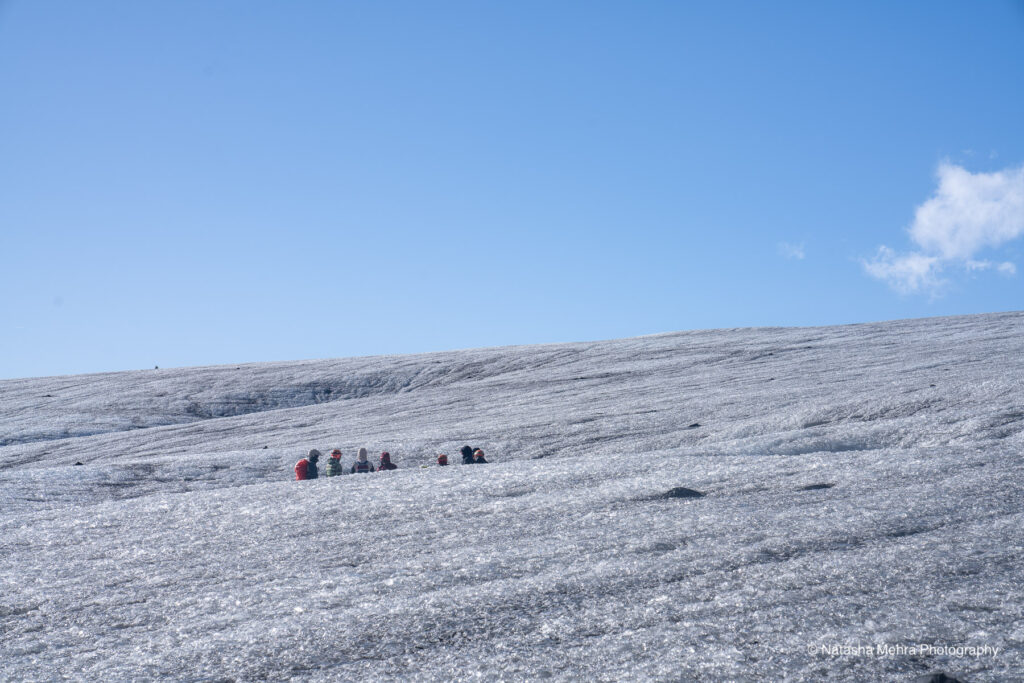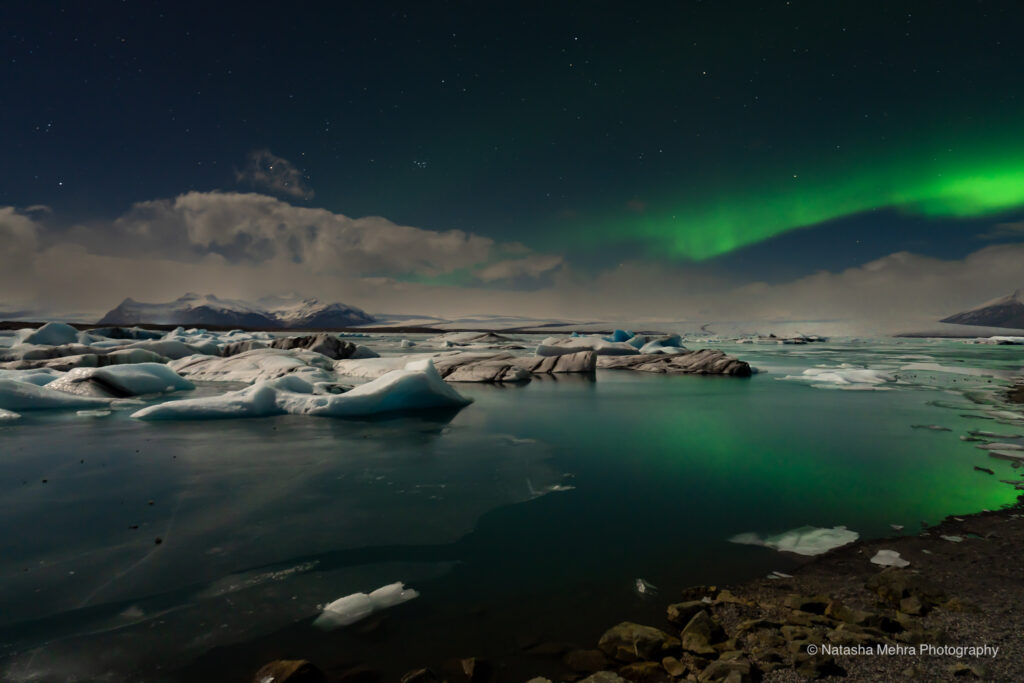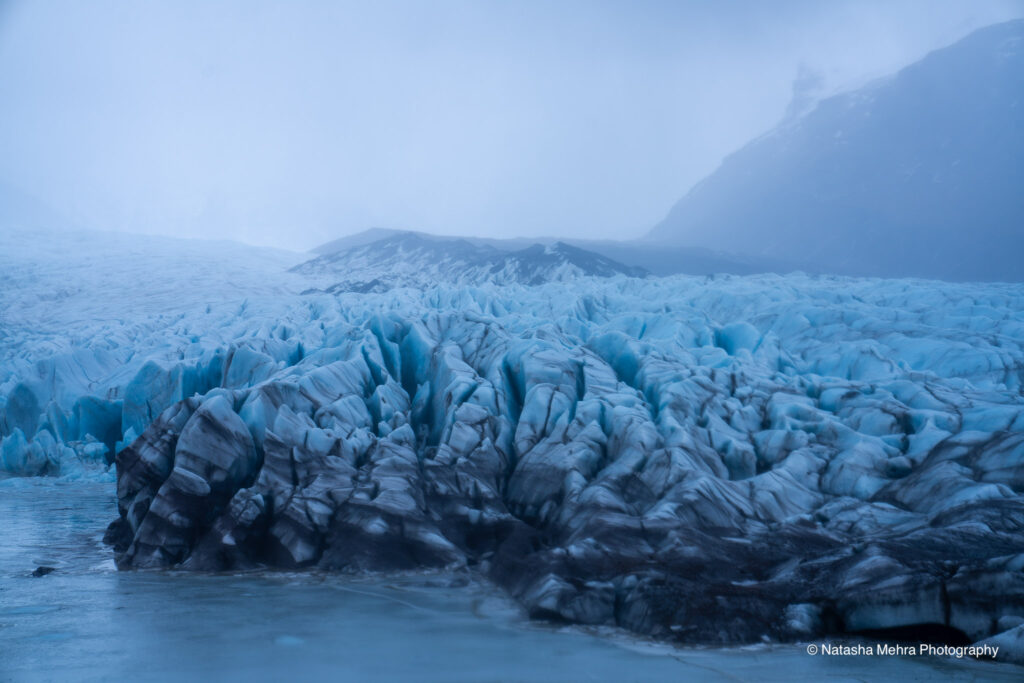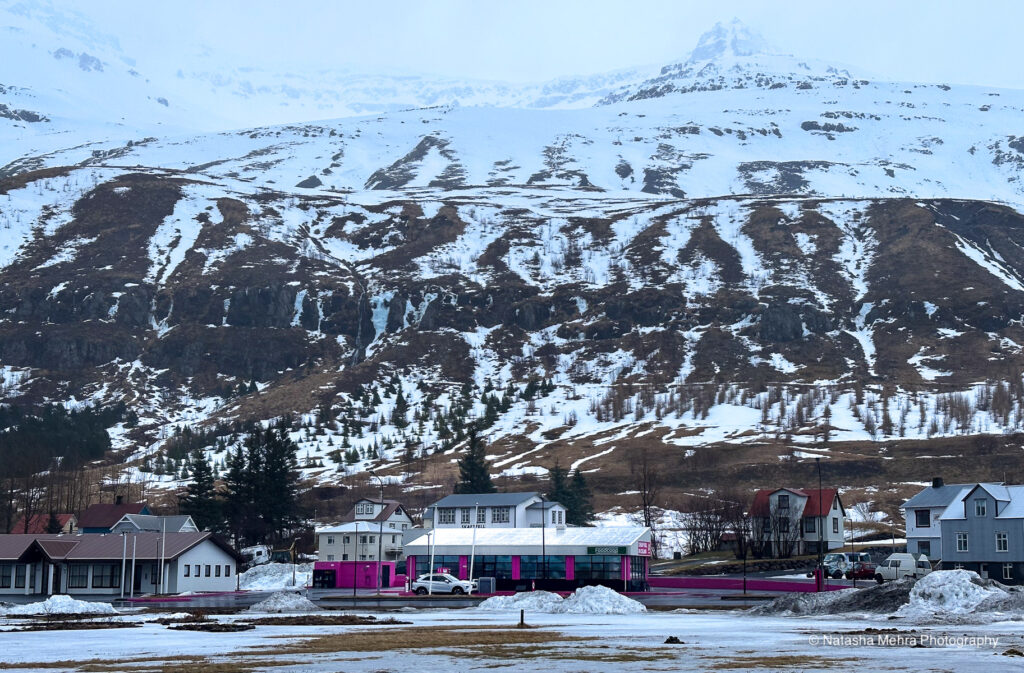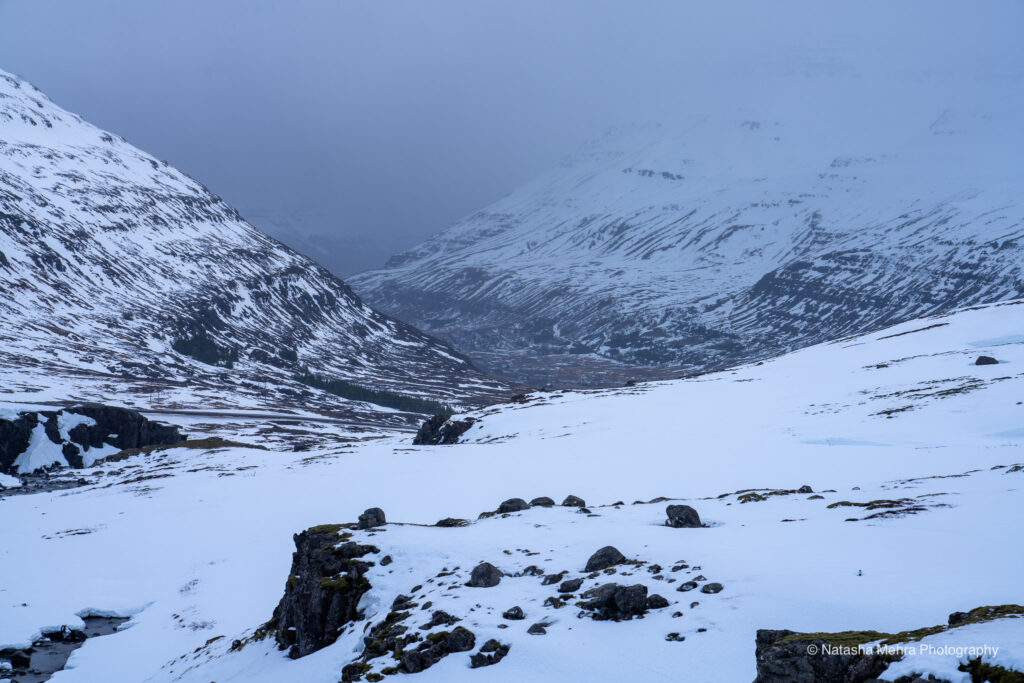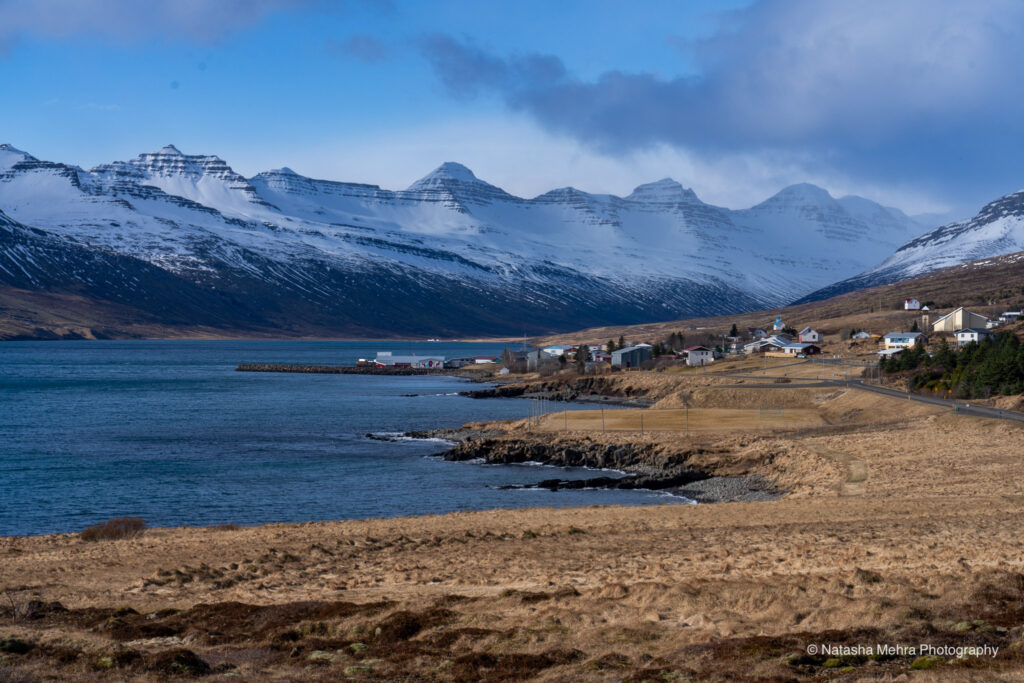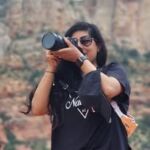If you’re looking for castles, a dark history, the Hogwart’s express, hairy coos (cows), beautiful landscapes and the home of scotch whiskey, you’re headed to the right place!
We traveled to Scotland in May and spent time in Edinburgh, Glencoe, and Isle of Sky. Scotland in the spring is glorious. It’s a city where history and imagination co-exist and as you may already know it’s considered the birthplace of Harry Potter. I spent half a day on a self-guided Harry Potter “scavengar hunt” and I can’t wait to share more about that, but I’ll start with some general key tips:
Key Tips:
- If you’re renting a car, make sure you or others you are traveling with are comfortable with driving on the left side of the car and left side of the road. It was a little more challenging and required a little more focus than I expected (we did have a fender bender while parallel parking – let’s just say, I wasn’t drving 🙂 ). If you don’t have a credit card that covers rental car insurance, you may want to consider rental car insurance.
- If you’re planning to visit multiple castles, it may be worth it to buy a castle explorer pass. You can typically buy this at the Castle entrance or online:
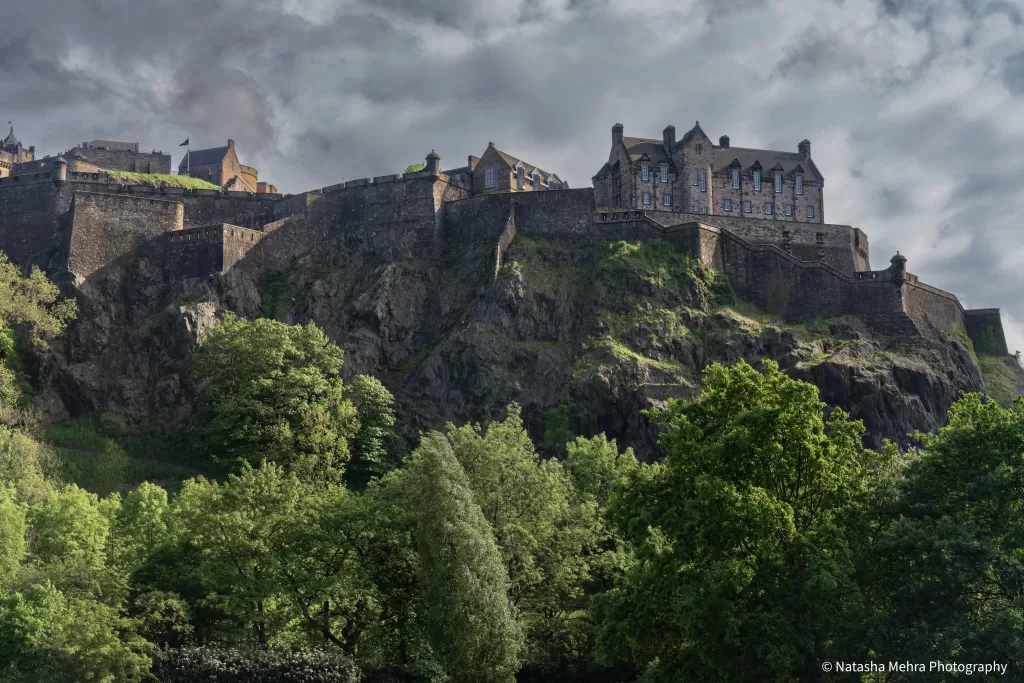
Edinburgh
We landed in Edinburgh early on a Saturday morning after a red eye flight. We had 2.5 days in Edinburgh, one at the beginning of the trip and 1.5 at the end of the trip with 6 days in the middle exploring the highlands and Isle of Skye. Our first night in Edinburgh, we stayed in Hayemarket because it was well connected with public transport to the airport and we knew we’d have to head back to the airport the following day to pick up our rental car. We stored our luggage, freshened up and picked up some croissants/coffee at Throat Punch Coffee (loved the name!) in Haymarket before heading over to Old Town for a walking tour of Edinburgh.
Edinburgh city walking tour:
The walking tour was a nice overview of some of the must see spots in Edinburgh. We walked to and learned about Edinburgh Castle, The Royal Mile, St. Gile’s Cathedral, Mercat Cross, Old & New Town, Greyfriars Kirkyard & Greyfriars Bobby, Grassmarket, William Wallace & The Stone of Destiny, and National Museum of Scotland. The walking tour doesn’t include entrance to any of the above, but gives you an idea of the layout of the city and where you would be interested in visiting more thoroughly. It was about 2.5 hours and we were ready for our next stop, lunch! We opted for fish and chips and made our way to Bertie’s Fish and Chips on Victoria street (aka Diagon Alley).
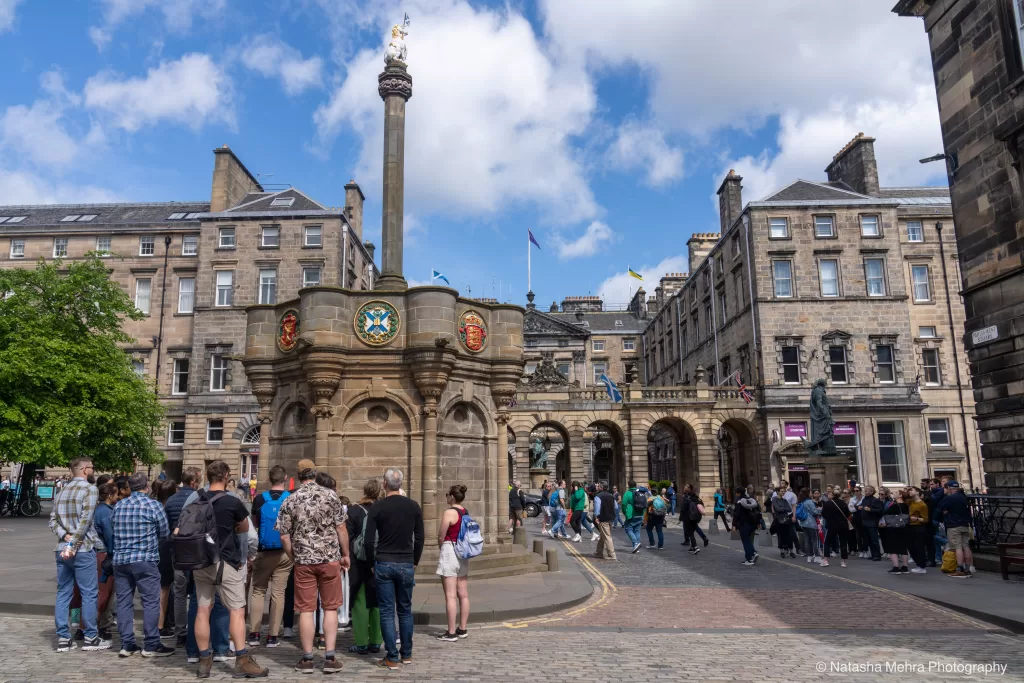
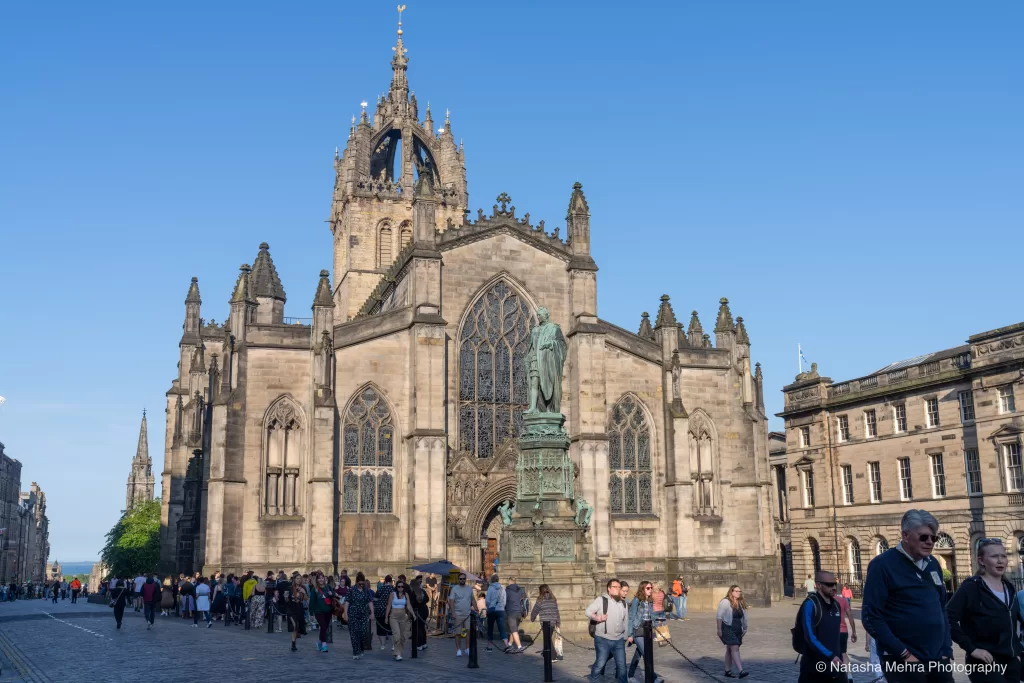
Things to do in Edinburgh:
After checking in and getting ready, we ventured back out to Princess Street Gardens, Johnny Walker for a scotch tour and tasting, and The Real Mary King’s Close. I would highly recommend all of the above. I’m not much of a drinker, but the scotch tour was a fun experience and if you grew up in a punjabi house hold, you were probably well familiar with Johnny Walker at an early age! The Real Mary King’s Close gives you a closer look at the “plagued” past of Edinburgh. Hidden below the bustling streets of the Royal Mile, you’ll come face to face with narrow winding underground alleyways that housed pubs, shops, and homes in the 17th century. The close quarters resulted in devastation during the Black Death (Bubonic plague) that’s palpable to date.
Despite low sleep post red-eye flight, we managed one more stop to see the Sunset at Calton Hill (also a must see, with beautiful views of the city, the North Sea, and Arthur’s seat— an ancient volcano).
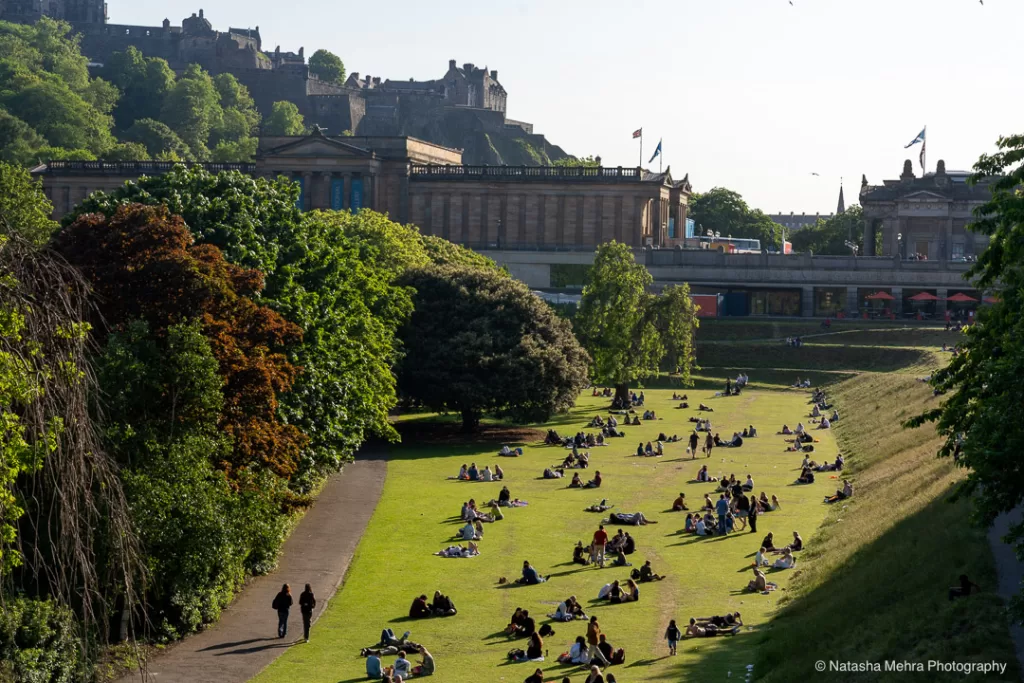
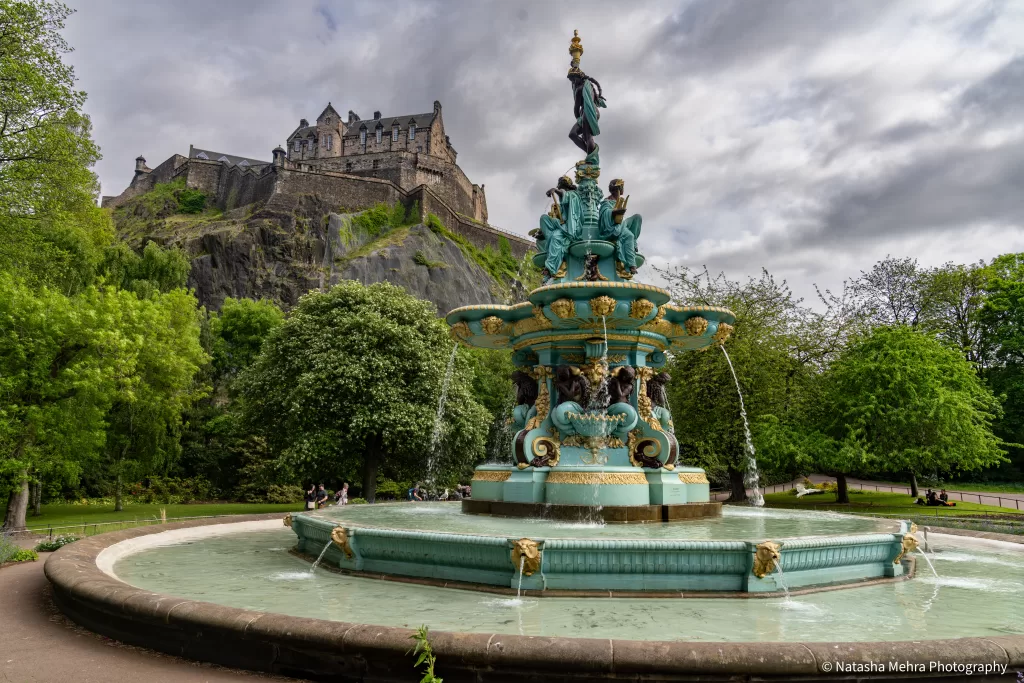
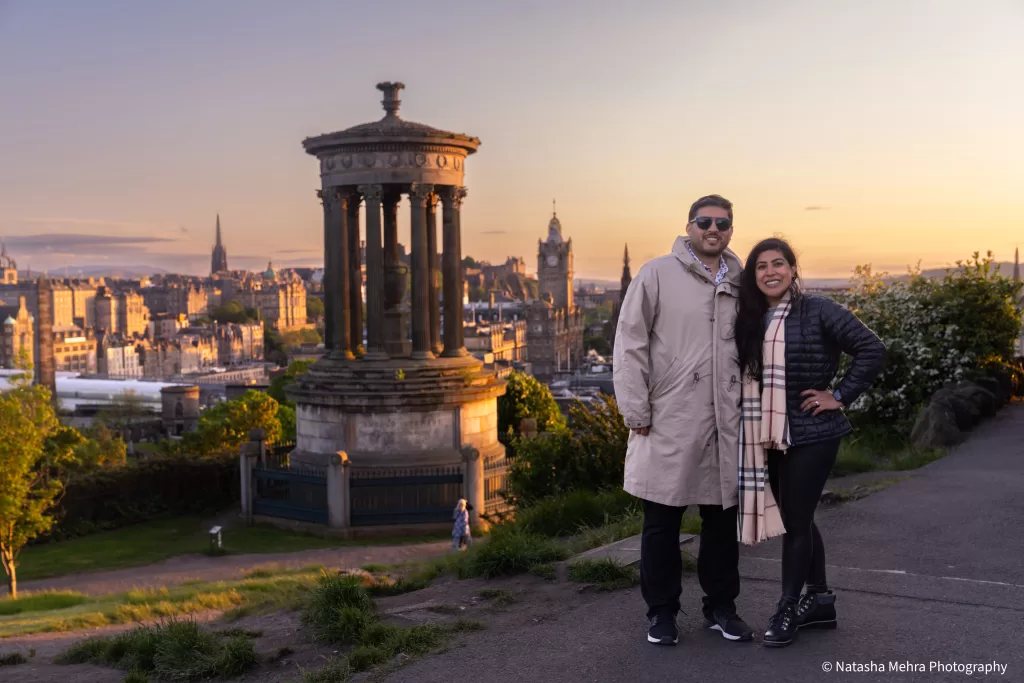
Edinburgh to the Highlands
First stop on day 2 was the airport to pick up our rental car. Along our drive, we stopped to see the Kelpies, The Stirling Castle, Loch Lomond, and finally Glencoe. If you’re tight on time, one I might forgo is Loch Lomond.
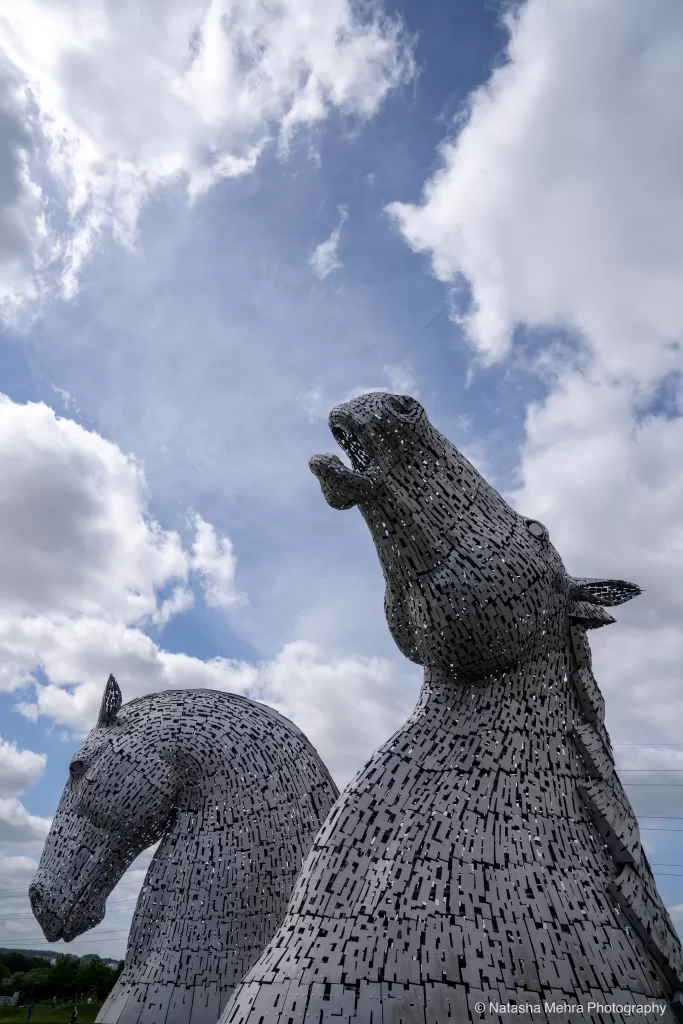
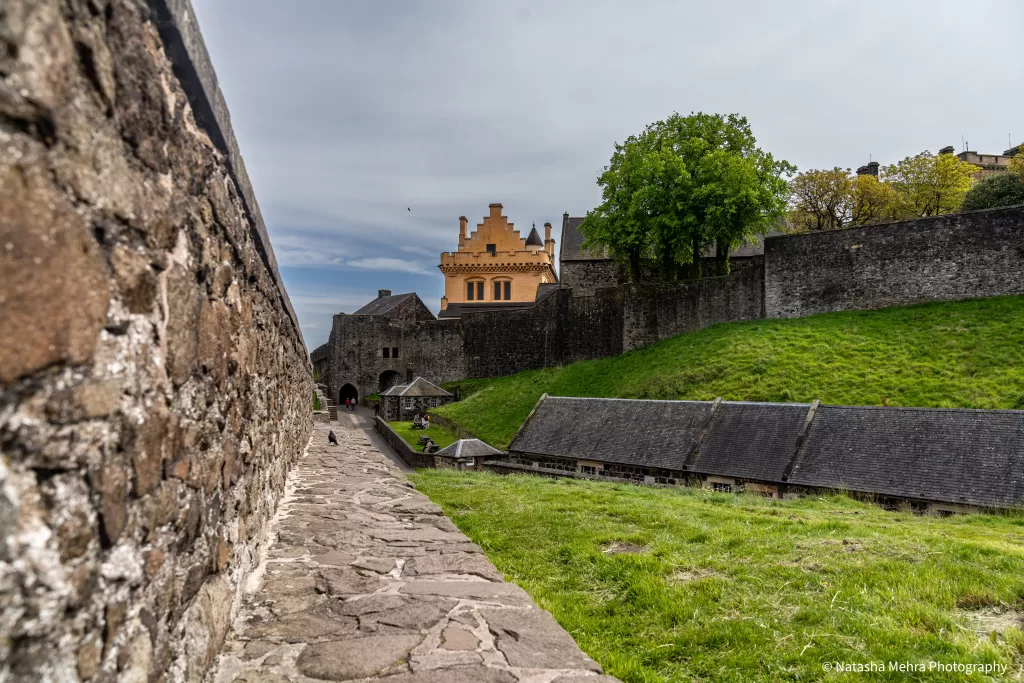
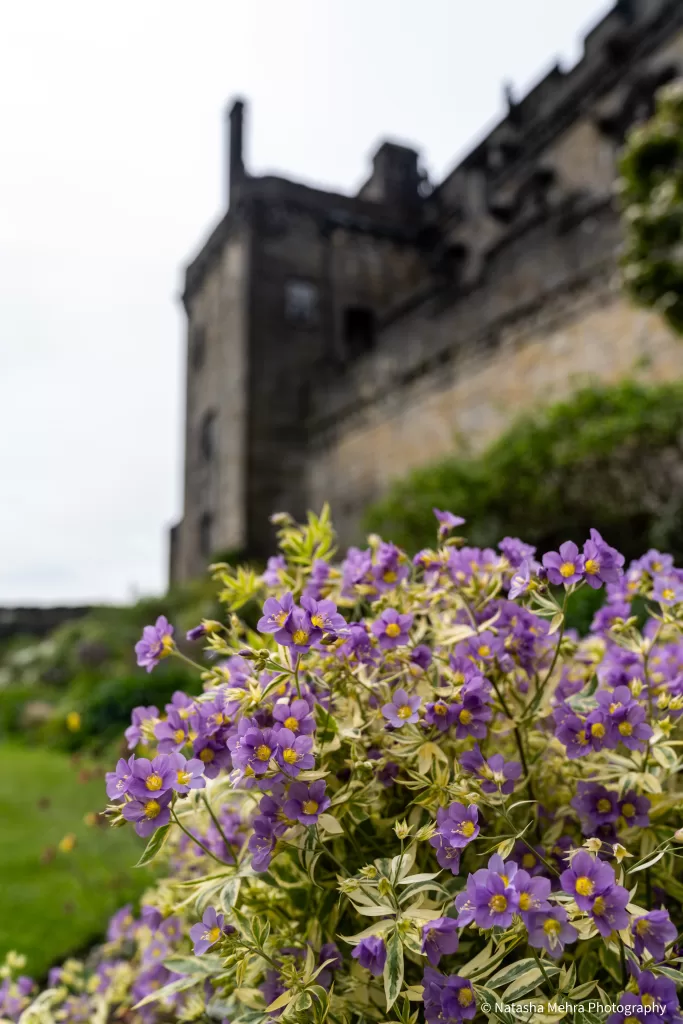
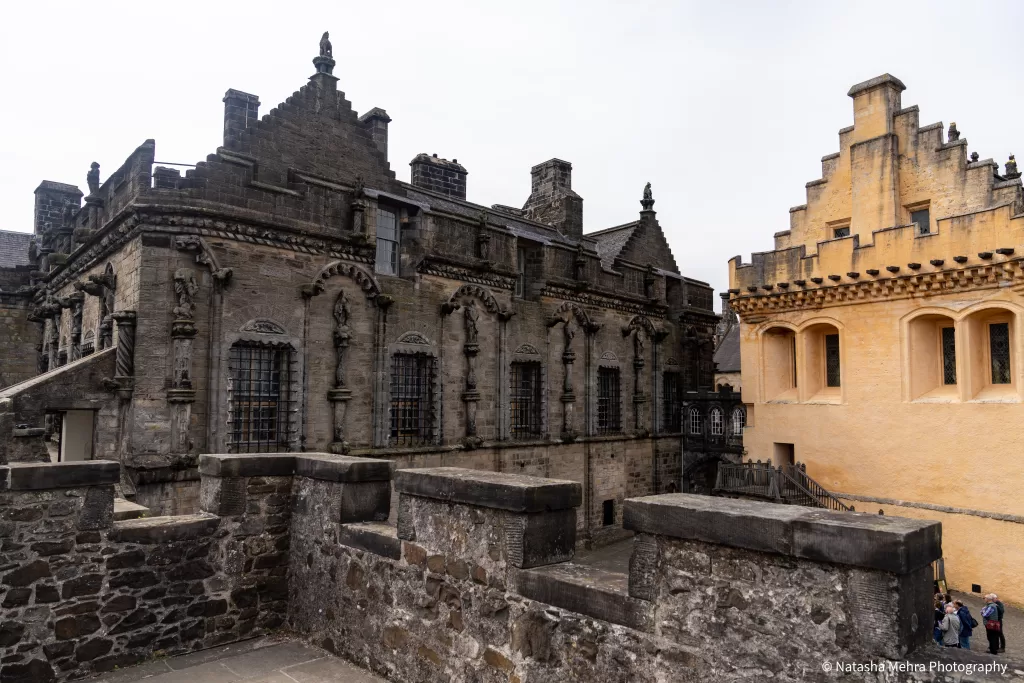
Our 3rd day, started with a morning Whiskey tour at the Oban Distillery. Again, I’m not one who drinks much, let alone first thing in the morning, but it was fun experience! We had lunch close to the distellery. It’s in Oban, hence the name, a vibrant harbor town. With more time, we might have spent the night or at least a little more time exploring Oban, but we had to catch the Hogwart’s Express (Glennfinnan Viaduct). Afterward we wanted to spend a little more time in Glencoe so we back-tracked a bit from Oban and to see the white cottage, 3 sister’s lookout and Glen Etive, where scenes from 007 were filmed.
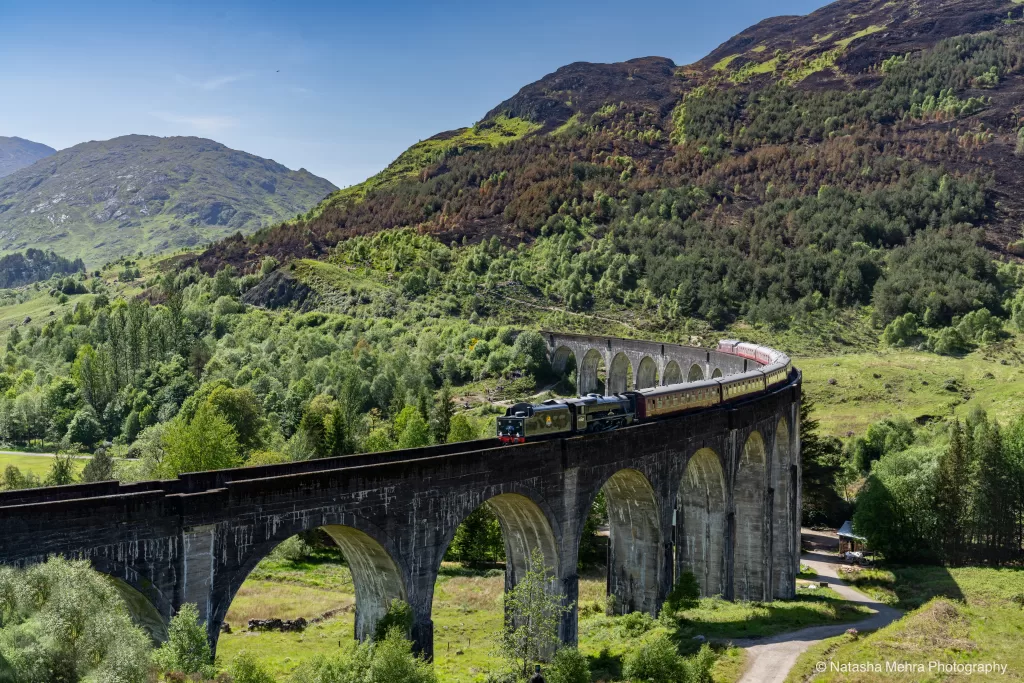
On day 4, we drove to Urquhart castle, on Loch Ness, home to the Loch Ness monster, drove through Inverness to scope out leakeys book store and a quick lunch stop, and then continued our drive towards Isle of Skye. On the way, we made one more Castle stop to see Eileen Donnan. Eileen Donnan is situated on a small tidal island where three sea lochs — Loch Duich, Loch Long, and Loch Alsh— come together. This castle was unique in that it is still privately owned by a clan (the MacRae Clan), yet is open to be explored by visitors.
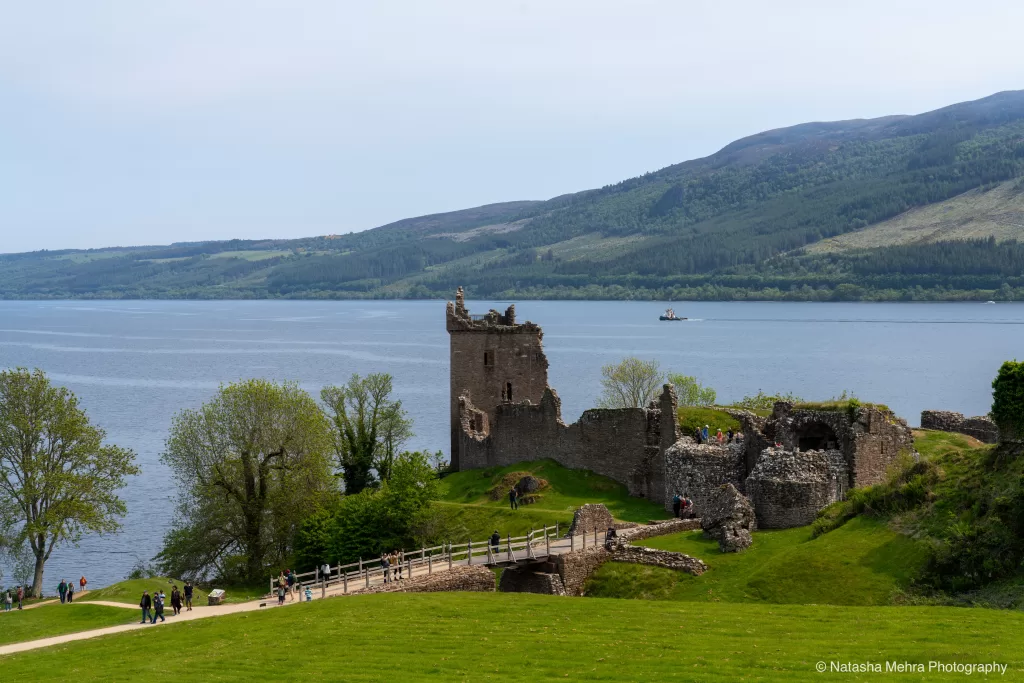
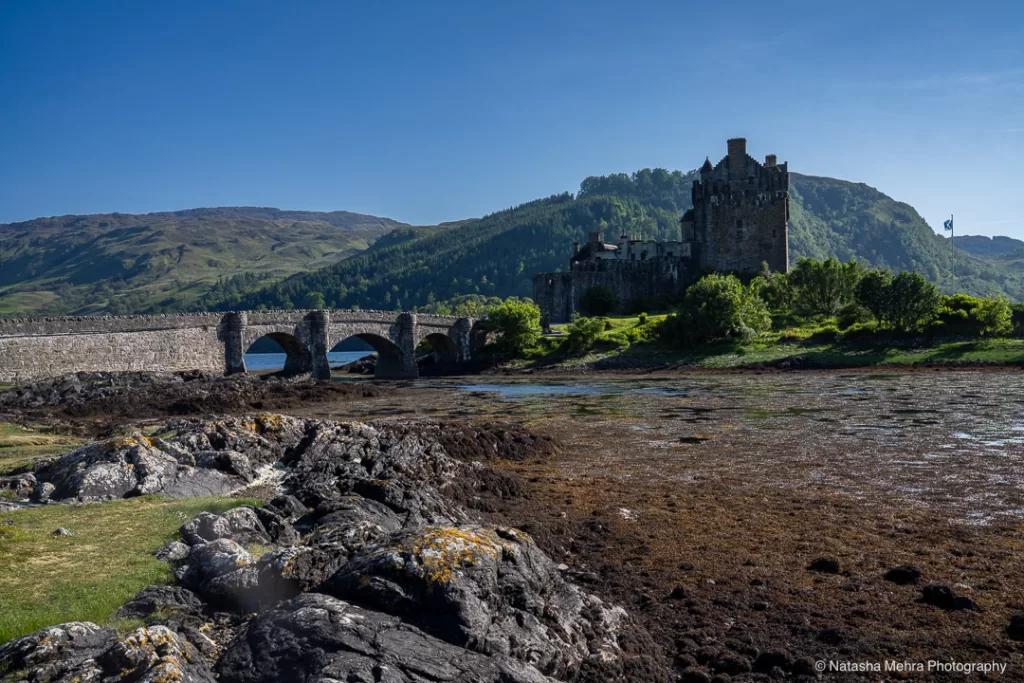
Highlands to Isle of Skye
We made it to Isle of Skye with enough time to see the Fairy Pools. It’s a bit of hike to see the fairy pools, but moderately strenous at most.
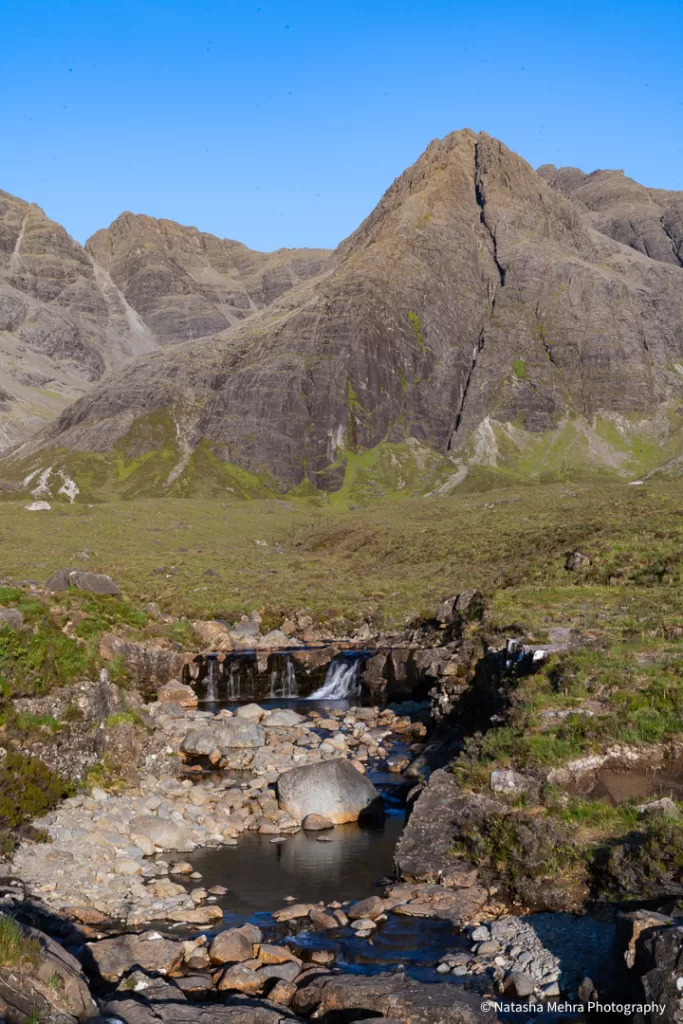
On the 5th day of our trip, we slept in and started the day with a more relaxed place around Skye. We started with brunch in Portree, strolled around Portree, and walked over to the Portree colorful houses viewpoint. Eventually we left Portree and drove to Trumpan Church, Dunvegan Castle and gardens, and took a walk along Claigan Coral Beach.
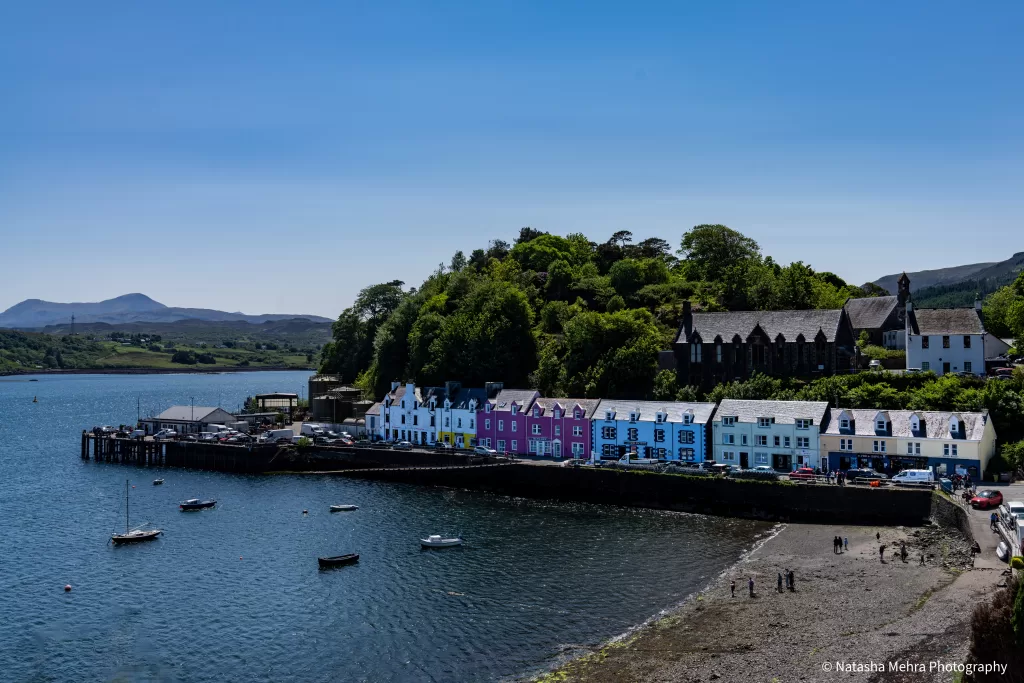
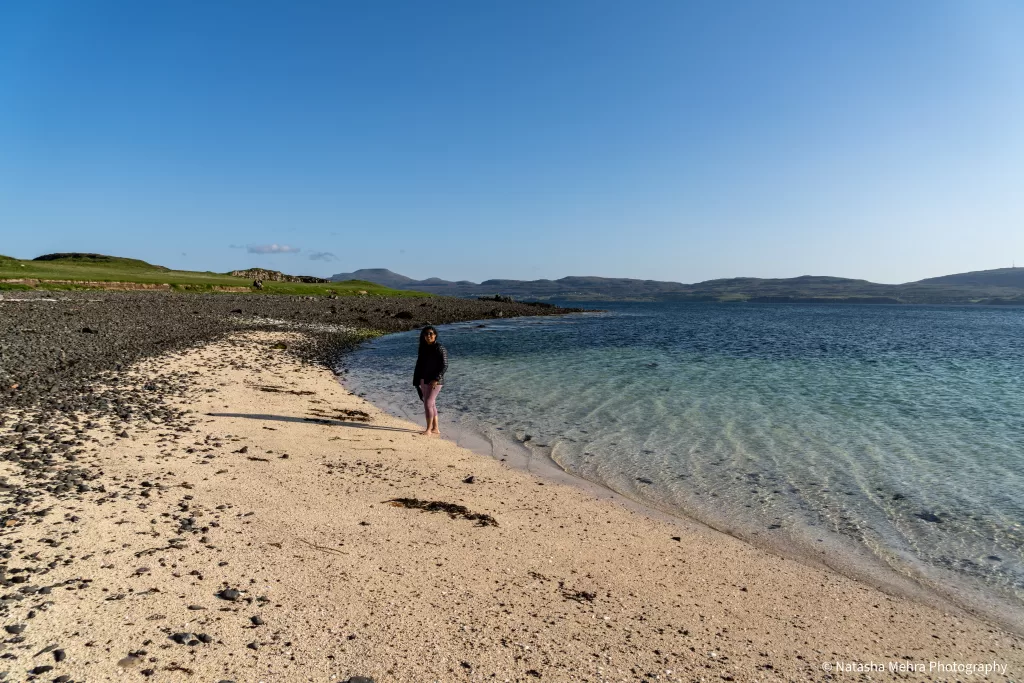
The following day was a big hike day. Our first hike was Old Man Storr. It was beautiful and I’d say moderately strenuous. Afterward we drove over to Mealt Falls. I carried on to do the Quirang Loop and if you can I would do these on two different days. My legs were done after the two. We went on to see Fairy Glen, which didn’t require much uphill or downhill hiking. Our last stop of the day was Neist Point Light House and I don’t know how I did it, but I climbed all the way down to the light house and back up (there are lots of steps).
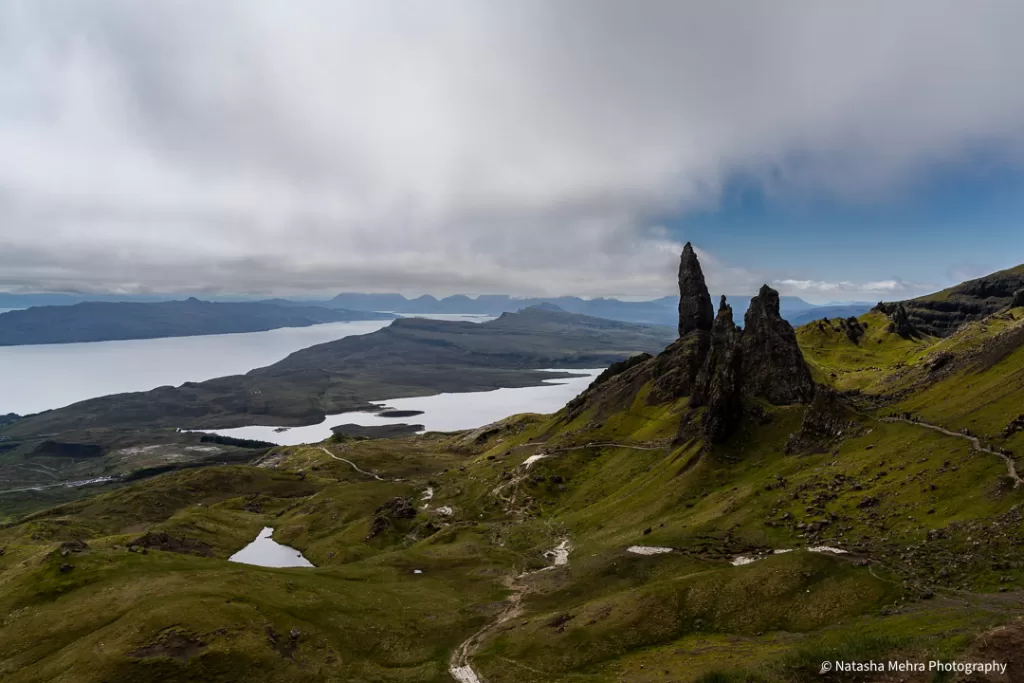
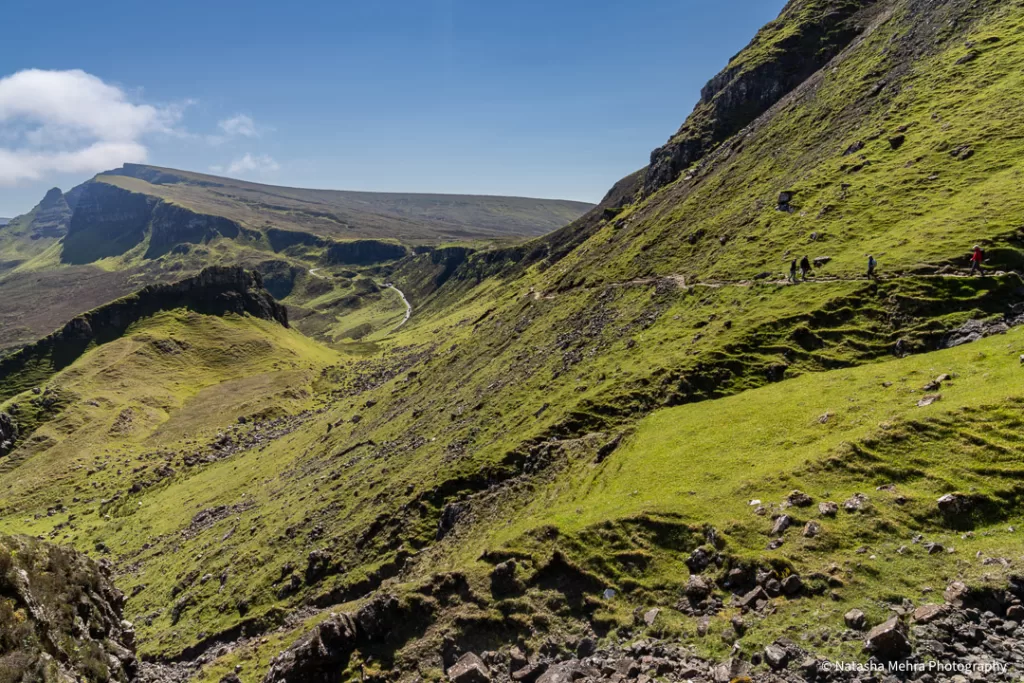
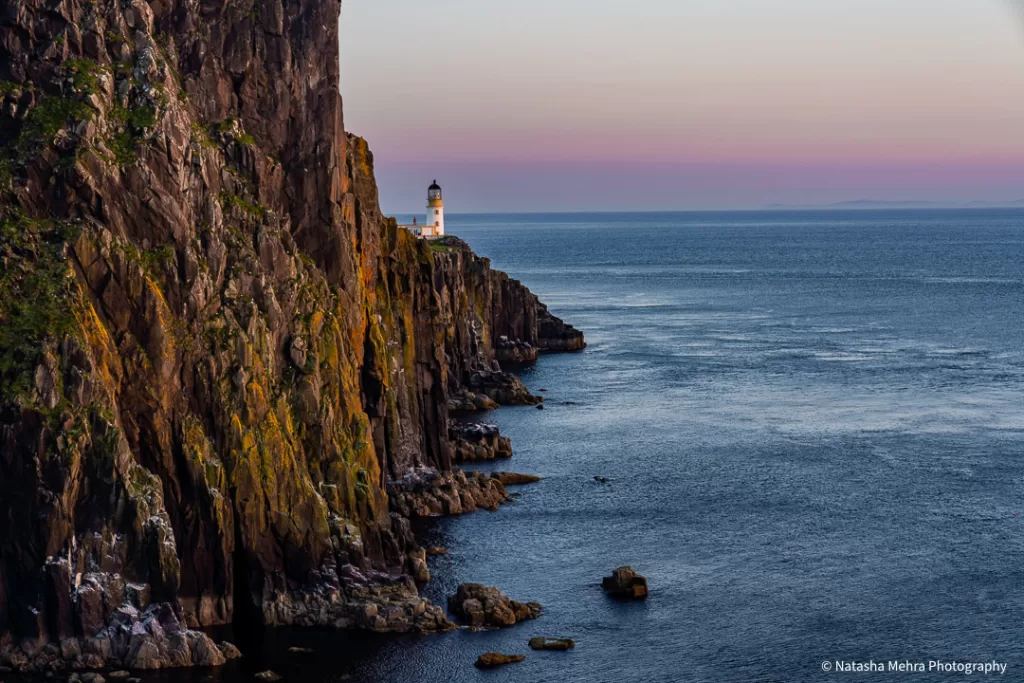
Sadly, it was time to leave Skye on day 7, but we still had another full day in Edinburgh and we had yet to see Edinburgh castle, try Dishoom (amazing Indian food at restaurant chain inspired by Parsi cafes) and I had some special plans for the final day on our time in Scotland. On the way back from the Highlands, we stopped in Pitlochry for lunch. By the time we got to Edinburgh, it was already time for dinner and we ended up at an Indian restaurant called Mowgli. While the ambiance was awesome, the food was average and I’d probably opt to eat at Dishoom twice instead next time.
Edinburgh
I wanted to make the most out of our last day in Edinburgh, so we were at the Edinburgh Castle gates first thing in the morning when it opened. We headed straight to see the Scottish Crown Jewels, Mary Queen Of Scotts crown and sceptre because this section of the castle can get busy and we wanted to avoid waiting in lines once inside. We explored the rest of the castle, and went to the Witchery, a fun spot near Edinburgh castle, for lunch. After lunch, I saw more of Edinburgh castle, went to the St. Giles Cathedral, the National Gallery (pretty small and you can see it an hour or so), and some sections of the National Museum (you could probably spend half or a whole day exploring here). Edinburgh Castle and the National Museum were the start of my self-guided Harry Potter scavenger hunt around the city. Apart from the scavenger hunt, we had dinner at Dishoom, a bucket list restaurant that we had long been wanting to try. To make myself feel better about all the food I gorged, I hiked Arthur’s Seat.
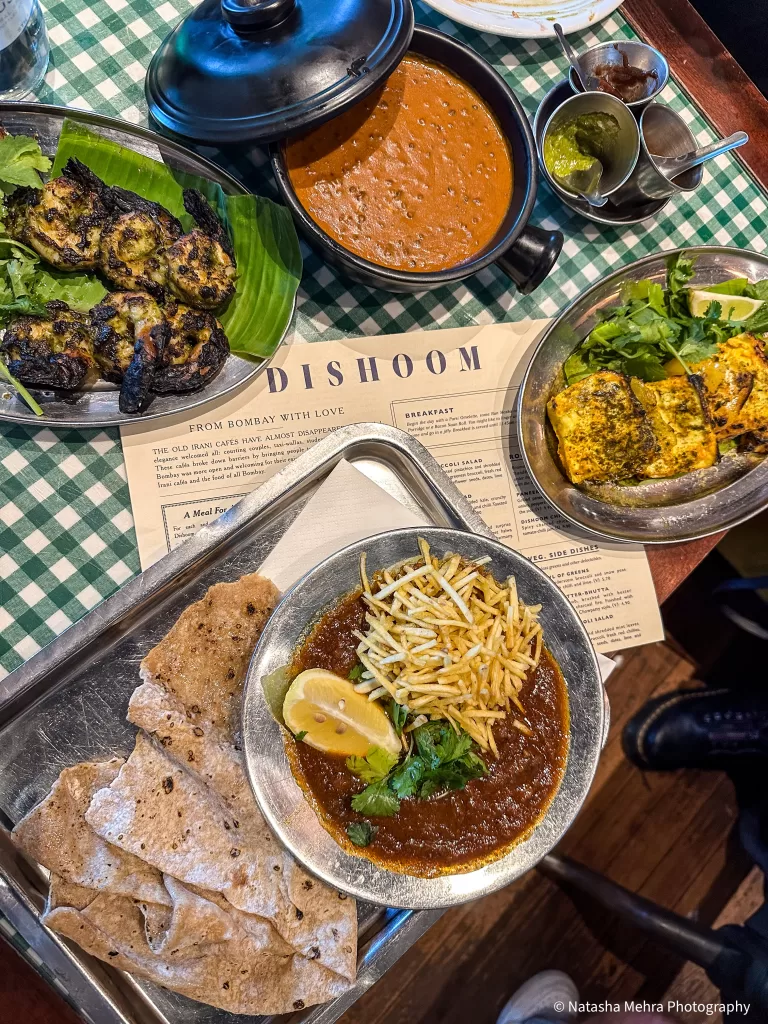
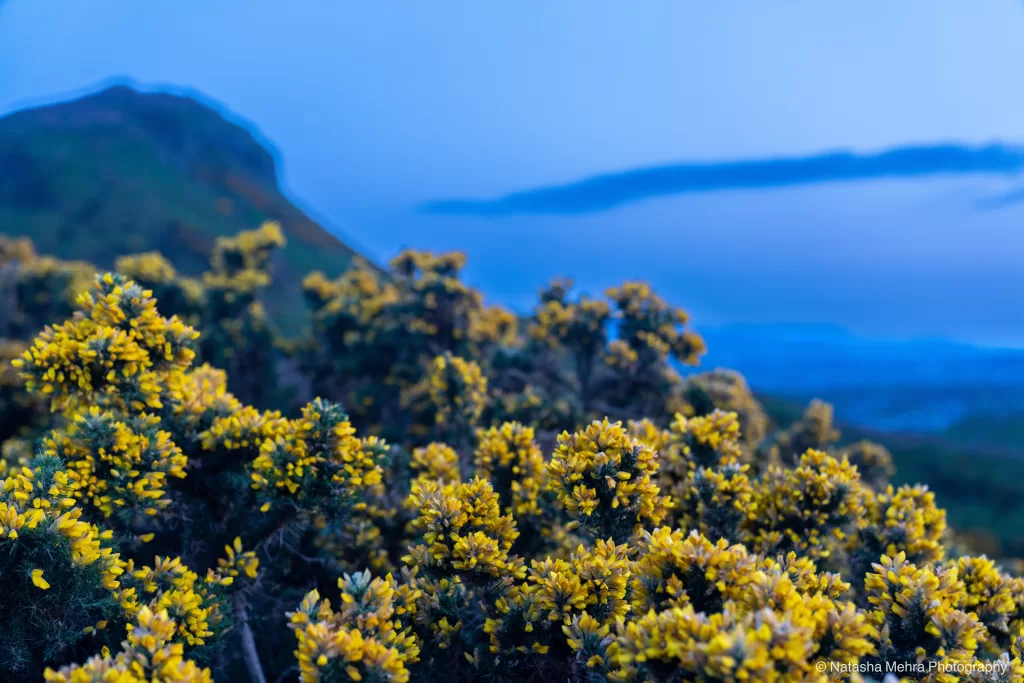
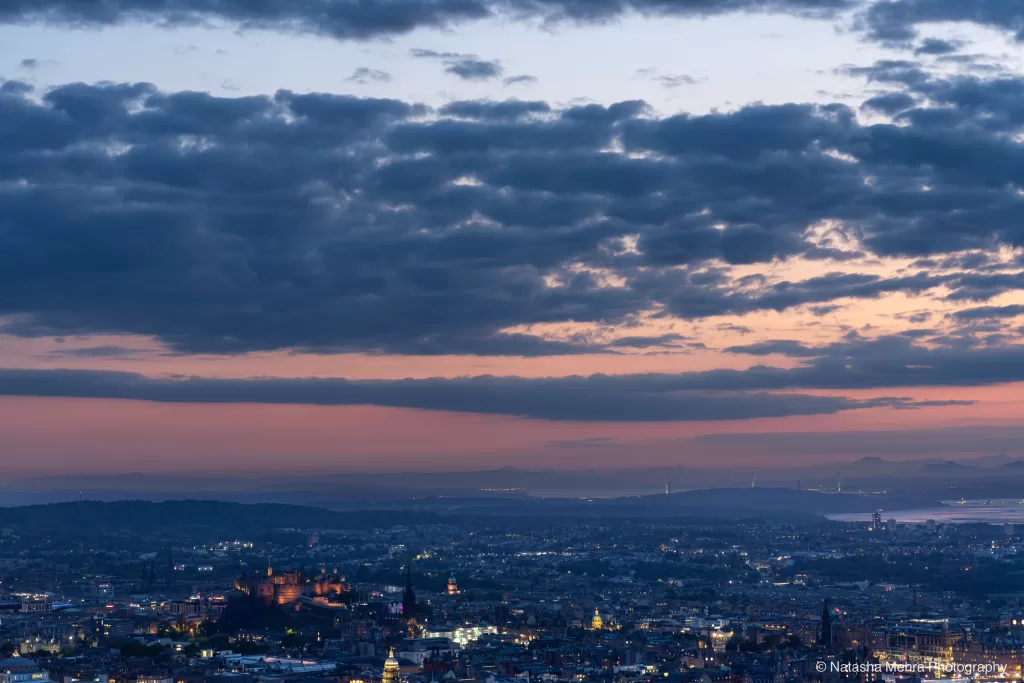
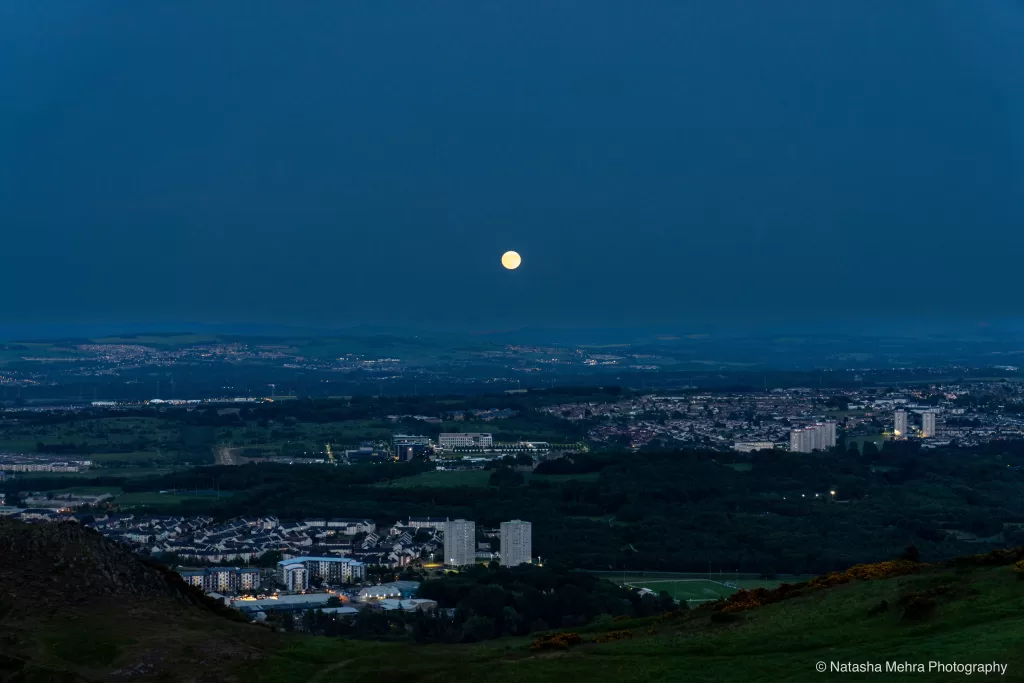
Harry Potter in Scotland
While Scotland is not exactly the birthplace of Harry Potter, there are so many places in Scotland that inspired the series and ideas for the films. I started reading Harry Potter and the Philosopher’s stone in middle school and I finished the series in college. I think this fictional series is one of the best ever written, and I am not sure that anything will top J.K. Rowling’s masterpiece in my lifetime. I watched all of the movies on my way home and found so many scenes that she drew inspiration from all around Scotland.
Finally, on to the details of my Harry Potter self-guided scavenger hunt that was dispersed throughout the day.
Harry Potter Self-guided scavenger hunt:
Edinburgh Castle
Apart from the lake, Edinburgh castle has many similarities to Hogwarts! The coolest was the castle prison, which had hanging hamocks that prisoners used as beds. Look familiar?
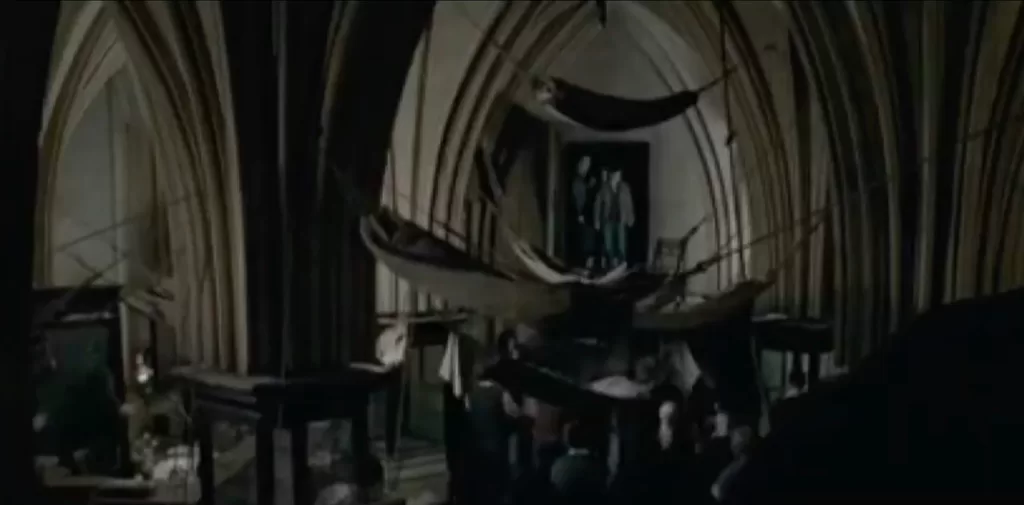
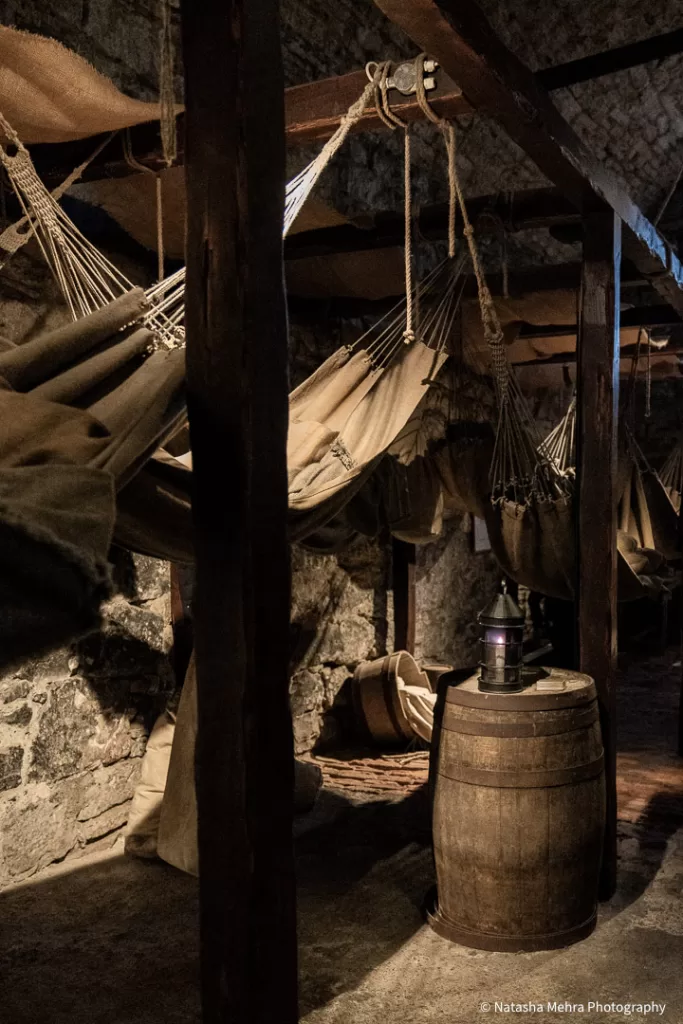
Spoon – 6A Nicolson St
Spoon (previously Nicholson’s Cafe) is a cafe that was owned by JK Rowling’s brother-in-law, and appparently she worked on some of the early chapters of the first book, Harry Potter and the Philosopher’s Stone here. You can still see plaque here that says J. K. ROWLING Wrote some of the early chapters of HARRY POTTER in the rooms on the First Floor of this building.
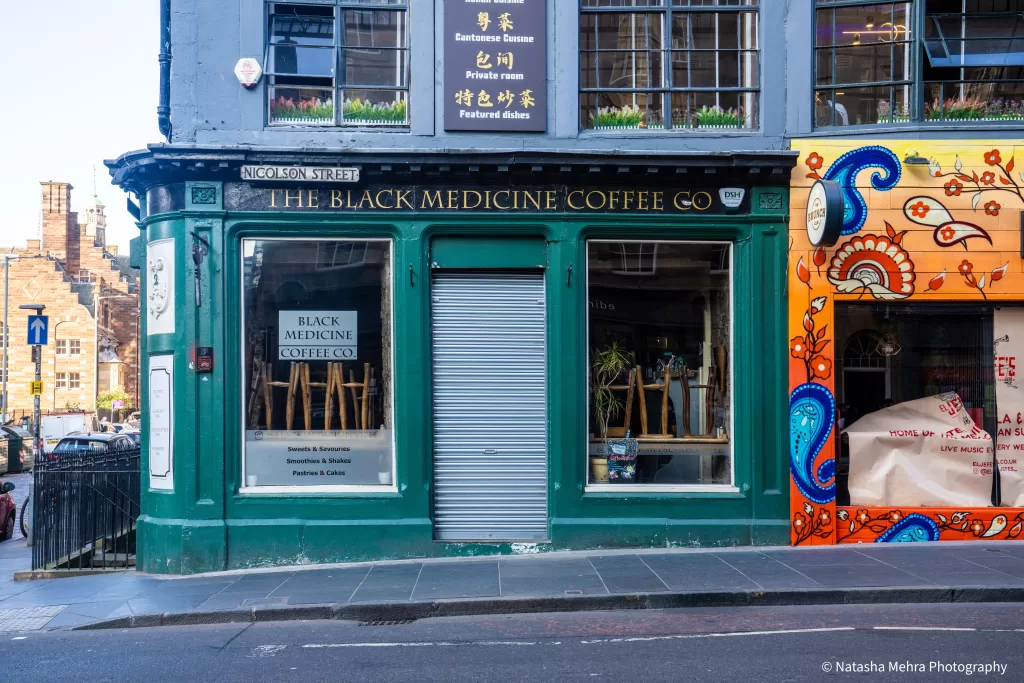
George Heriot School – Lauriston Place
This one is debatable, but It’s thought to have some similarities to Hogwarts. It was originally opened as an orphanage and hospital for boys and now it is a private co-ed primary and secondary school.
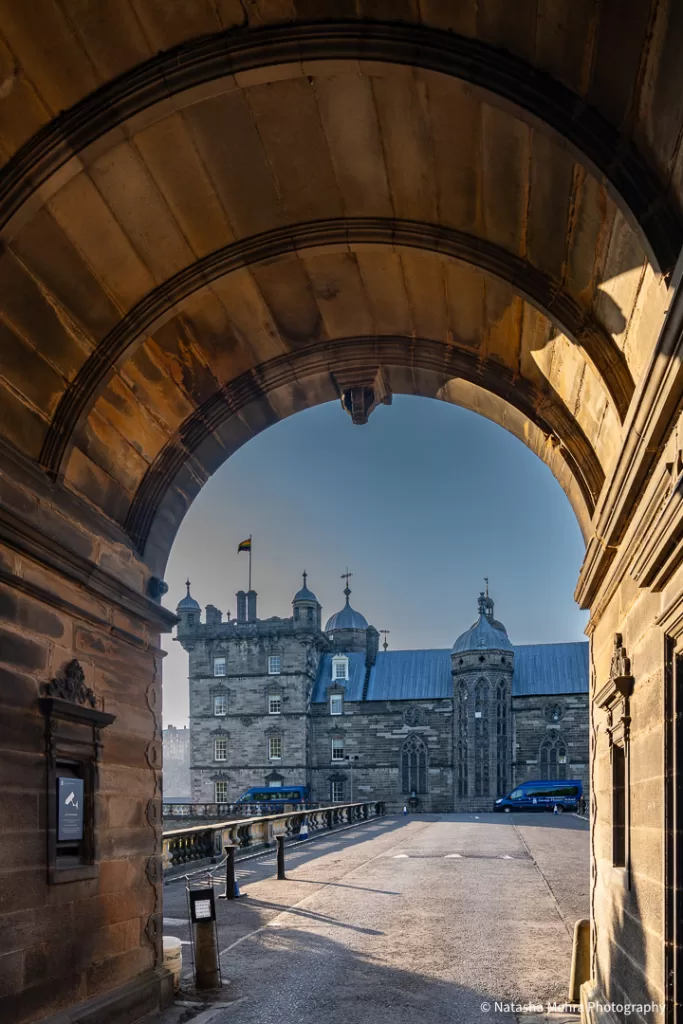
National Museum of Scotland – Chambers Street
Wizard’s Chess
I saw the Lewis chess pieces that inspired wizard’s chess in Harry Potter and the Sorcerer’s Stone, the Eagle and Orb Lecturn that has striking similarities to the Owl and Orb Lecturn we see in many of the scenes in HP. On a side note, and unrelated to Harry Potter, I really wanted to see Dolly the sheep, a Scottish sheep who was the first ever mammal to be cloned. I still remember learning about her in biology class.
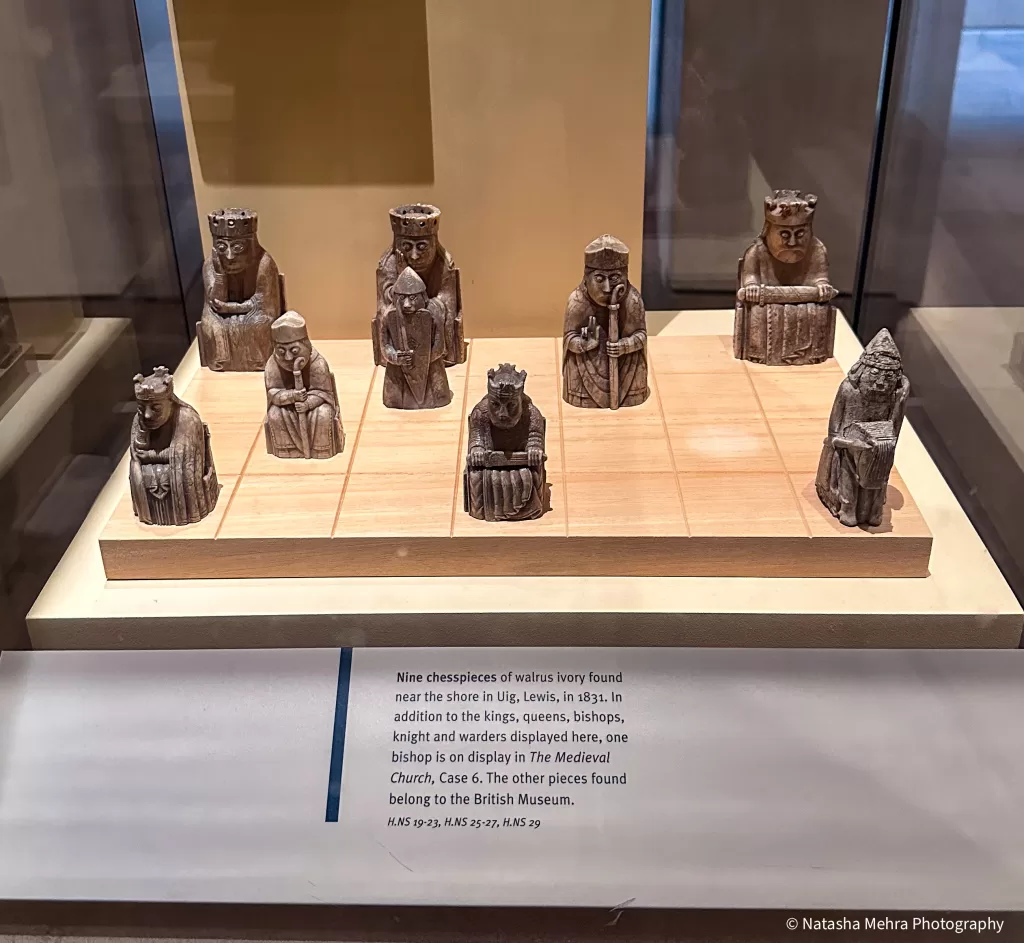
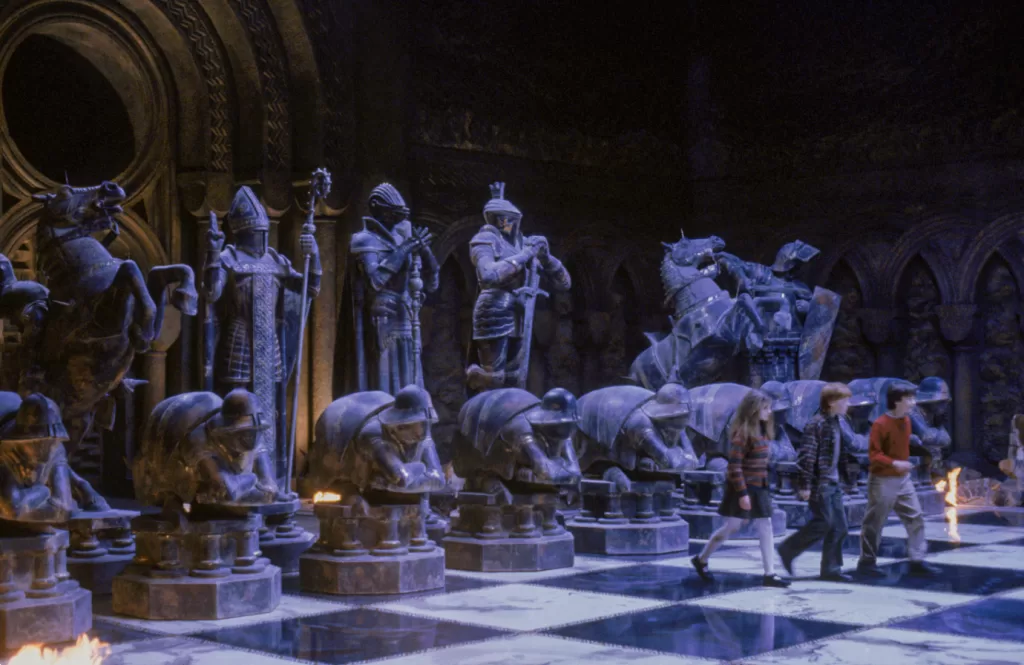
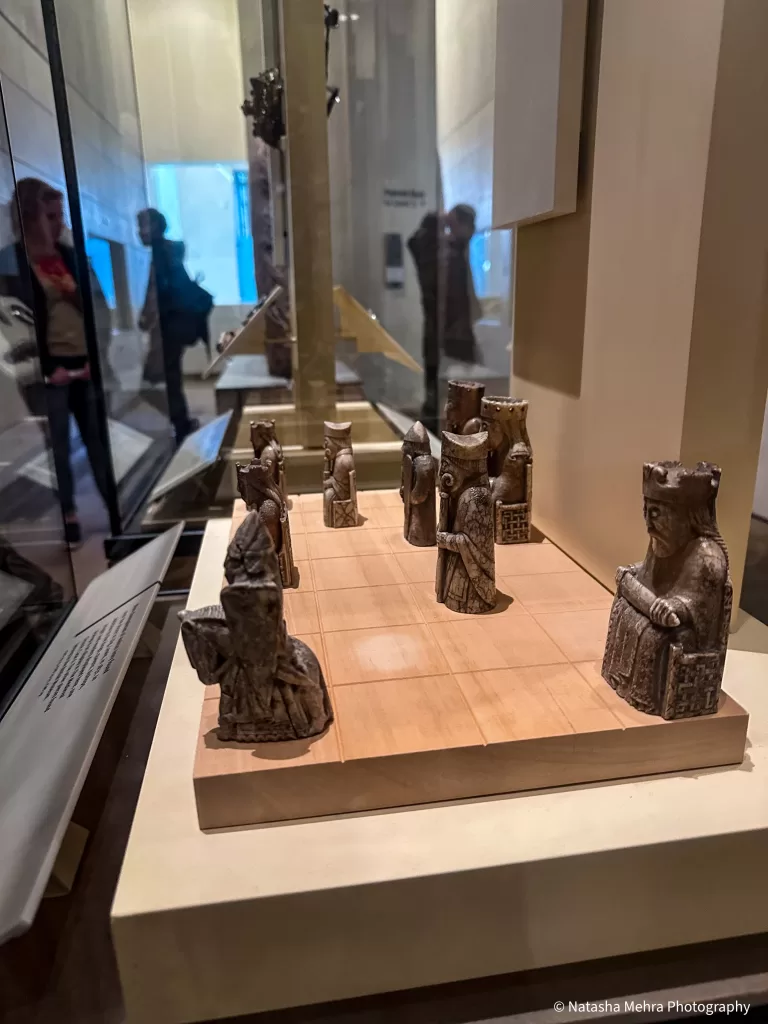
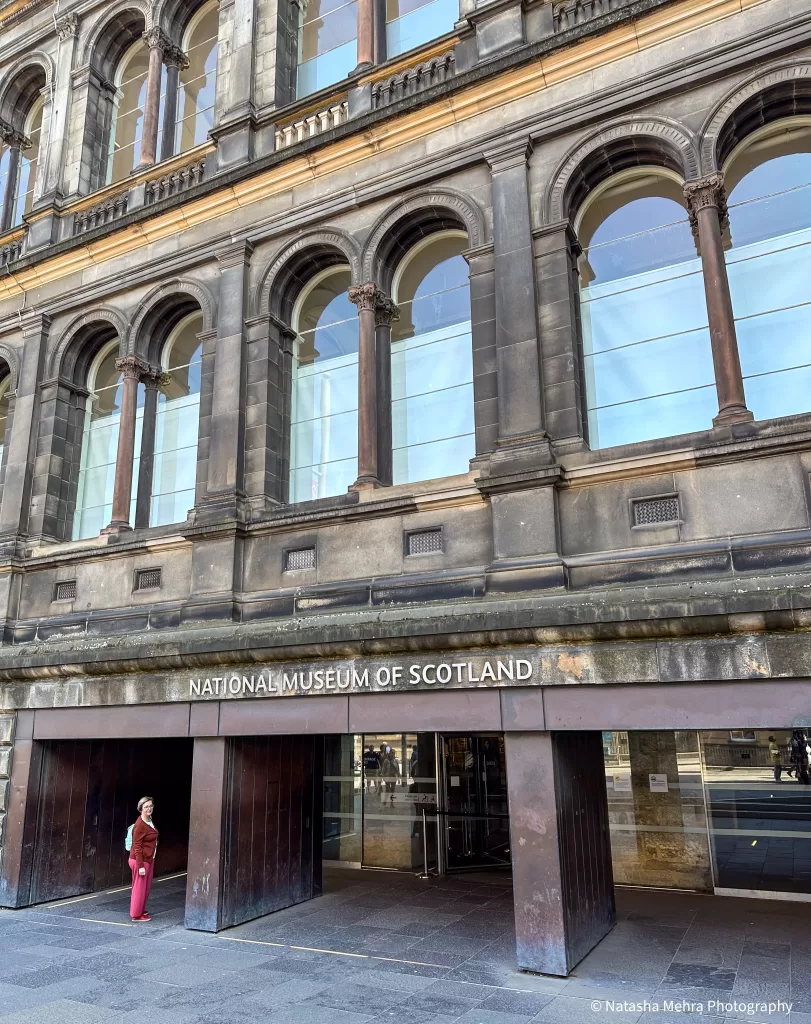
Owl and Orb Lecturn
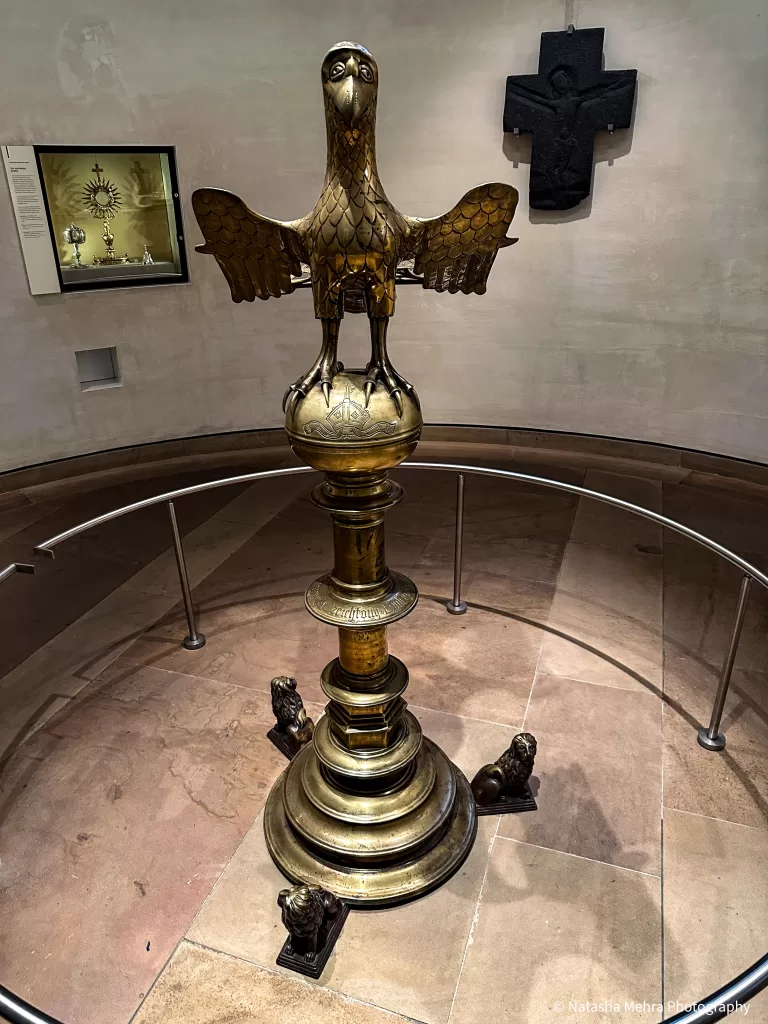


Elephant House – 21 George IV Bridge
Another cafe where J.K. Rowling wrote right by Greyfriar’s Kirkyard. Also, the bathroom walls are covered in Harry Potter graffiti!
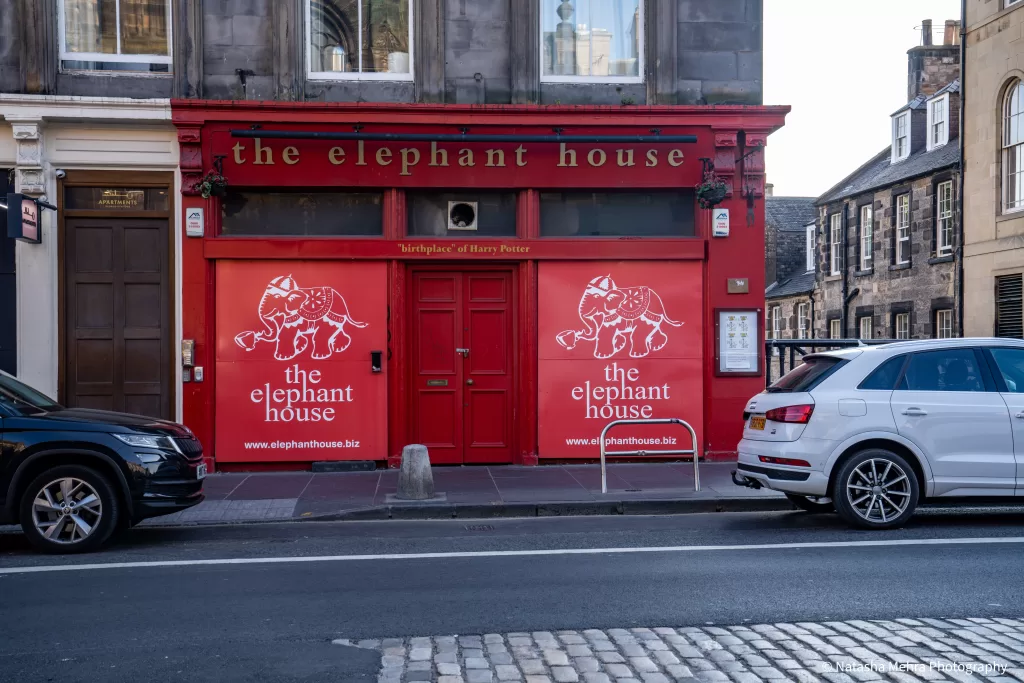
Greyfriar’s Kirkyard – 26A Candlemaker Row
It took me a little time to find them, but tombstones with names inspiring some of the characters of the iconic characters include: Thomas Riddell, William McGonagall, and a Mrs. Elizabeth Moodie.
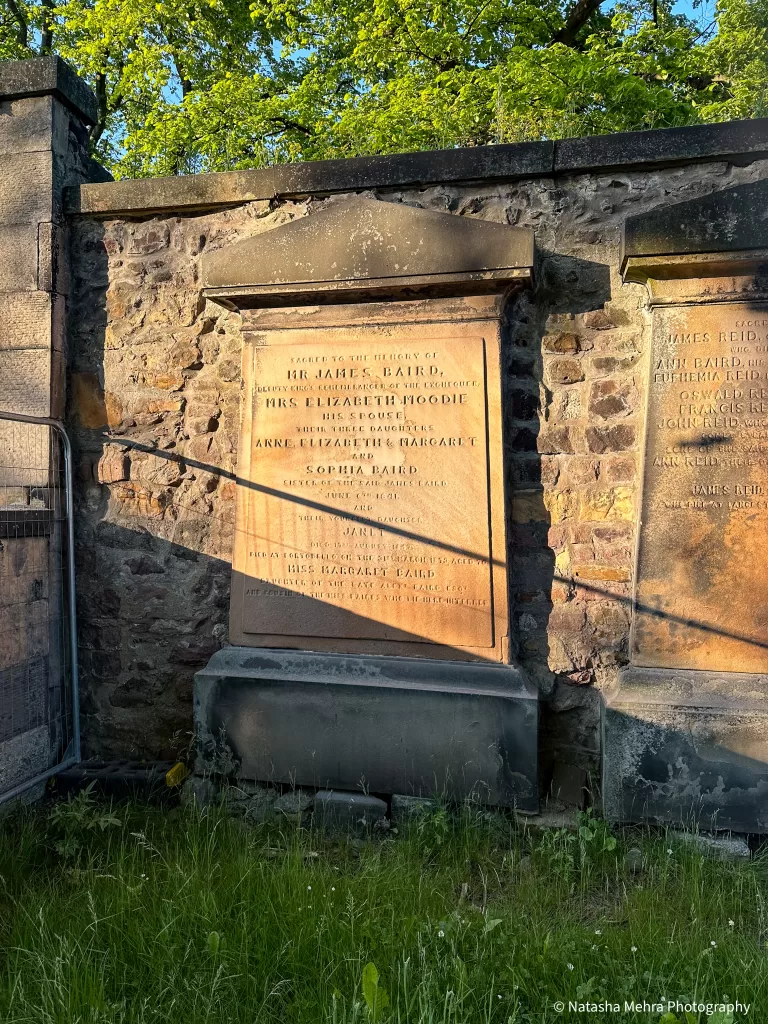
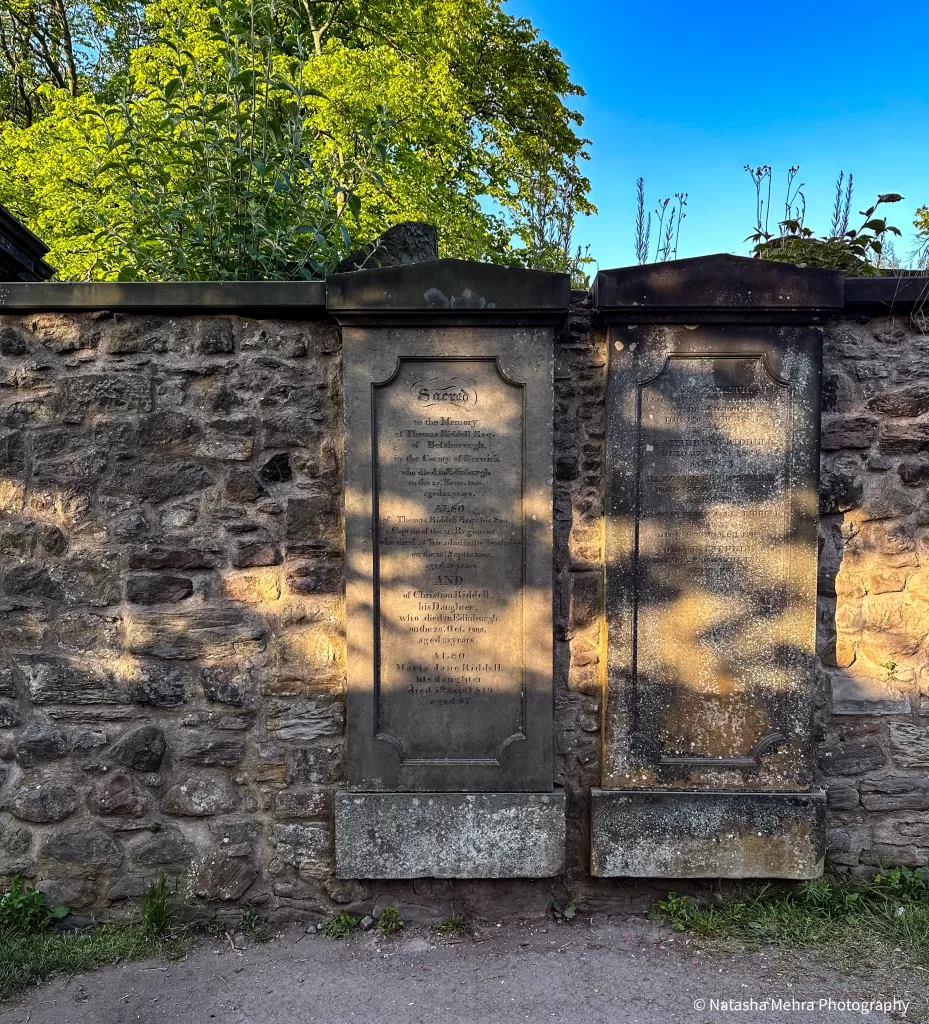
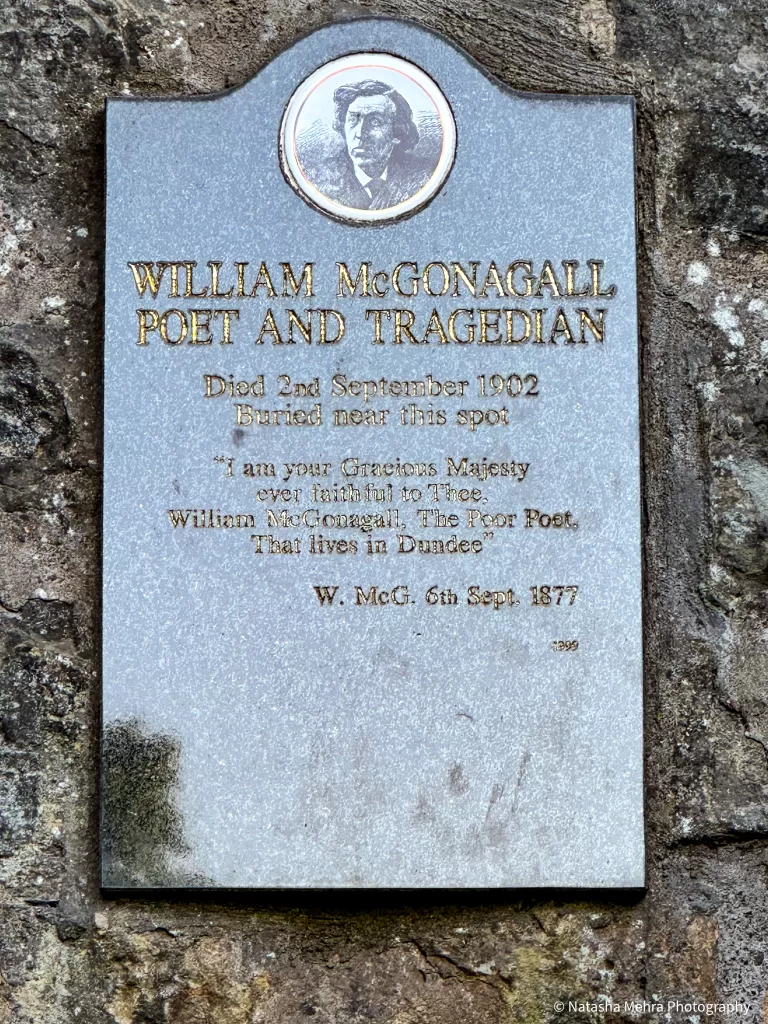
Victoria Street & Museum Context – 40 Victoria Street
Diagon Alley (aka Victoria Street), has close resemblances to Victoria Street and has a shop that sells official HP memorabilia, Museum Context.



The Writers’ Museum – Lawnmarket, Lady Stair’s Cl
The sign for the writer’s museum looks just like the sign for The Leaky Cauldron!

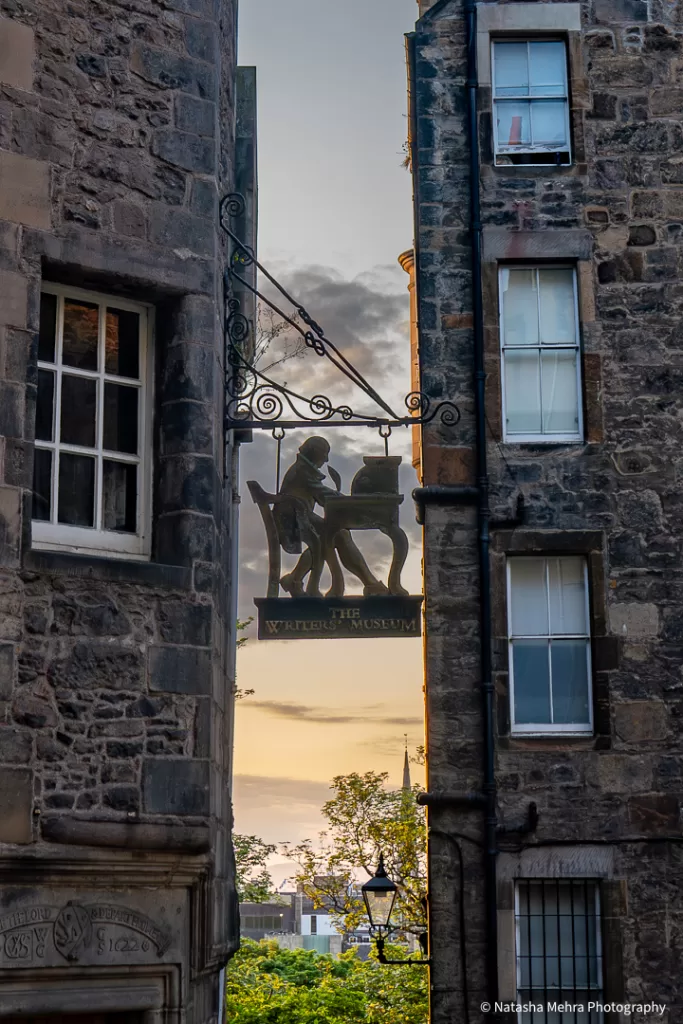
St. Giles Cathedral – High St, Edinburgh EH1 1RE
I didn’t read about the connection anywhere, but when I visited St. Giles cathedral, the first thing that caught my eye were the colorful banners containing crests, some with animals. Immediately, my mind went to the colored house banners in the series.
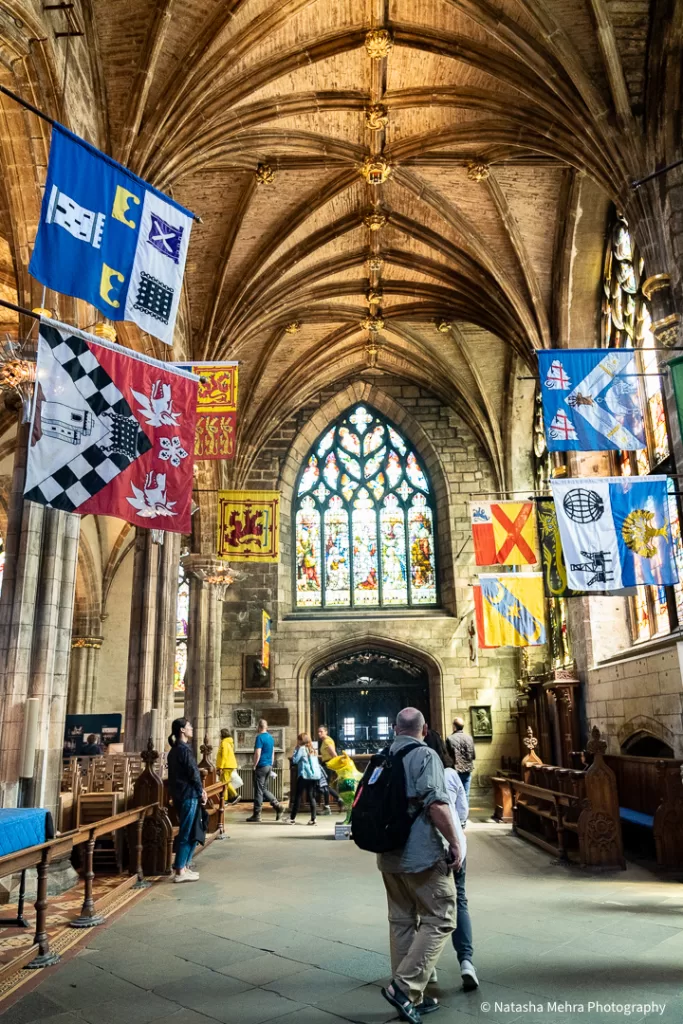
Edinburgh City Chambers – 253 High St
Not in the series per say, but you can see J.K. Rowling’s handprints in addition to other handprints who have won the Edinburgh Award – given to those who have made, “outstanding achievements and contribution to the city.”
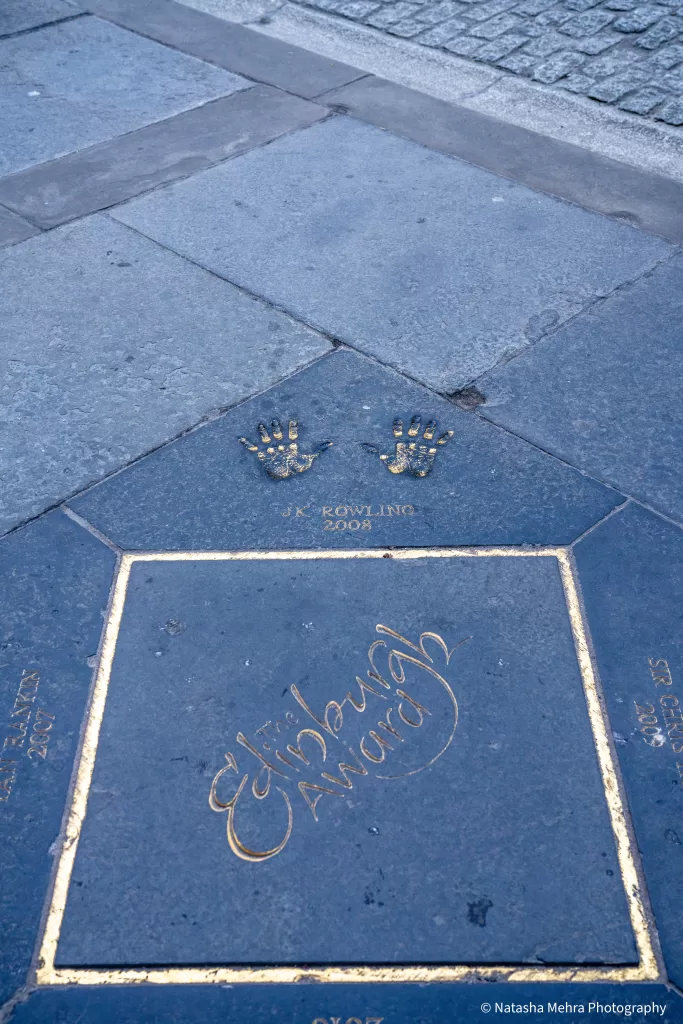
Balmoral Hotel – 1 Princes St
Also, not in the series per say, but there’s a suite in the Blamoral named after J.K Rowling. While she started writing her books in cafes, by the end, she was writing in the Balmoral!
Jacobite Steam Train & Glenfinnan Viaduct – Scottish Highlands
The series was filmed throughout Scotland. One of the most notable is the Glennfinan Viaduct, where many of the Hogwart’s Express scenes were filmed. One you might remember is the scene with the flying ford.
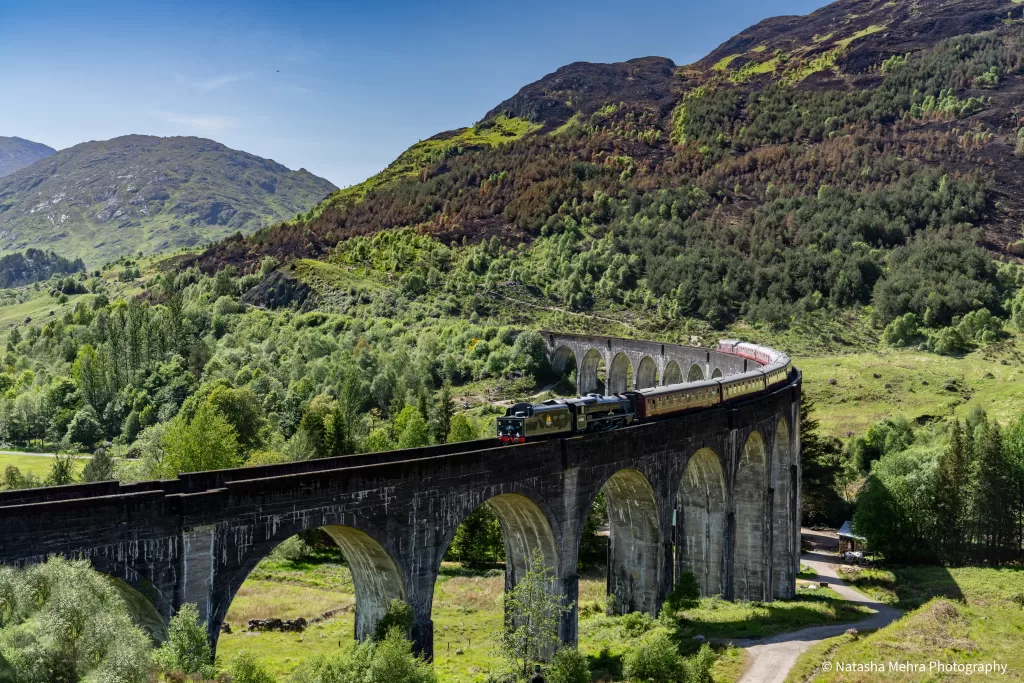
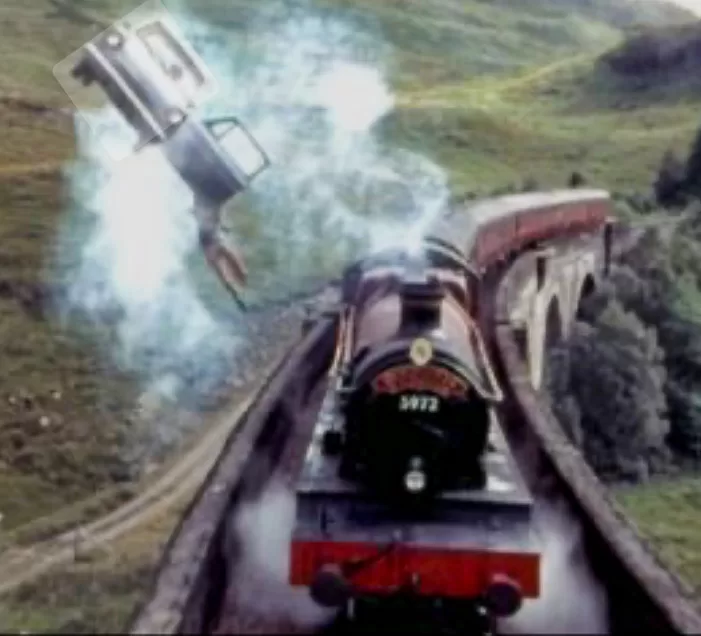
Other Harry Potter filming locations that I didn’t visit on this trip (besides Glencoe) included Rannoch Moor (featured in Deathly Hallows: Part 1), Loch Shiel (the Black Lake beside Hogwarts), Loch Eilt (where Dumbledore’s grave is located), Loch Arkaig, and Steall Falls in Glen Nevis (seen in Goblet of Fire during Harry’s battle with the Hungarian Horntail dragon). Glencoe and Clachaig Gully were used for wide establishing shots of the Hogwarts grounds.
Hopefully I’ll see these will be on round two!

